Serra Sant’Abbondio
06-09 September 2019
This is the second, possibly third, time we have attended the Palio. The Palio della Rocca started in 1987, and Fausto Mollaroli, a close friend of cousin Luciana, was one of the founders. The celebration seems to grow in splendor and magnitude each time we see it.
The Palio celebrates what is not there in Serra—the rocca (fortress). It was completely removed after WWII.
Serra was a comune under the control of Gubbio and then annexed by the Duke of Urbino in 1384. The rocca was designed by Francesco di Giorgio Martini and built between 1474 and 1486 for the Duca di Montefeltro. (He became the Duke of Urbino and was the professional soldier who had a notch cut into the bridge of his nose so he could see across his face—he lost one eye in battle—a defensive measure to see potential assassins.)
After the duke died, his son became duke and continued working with Francesco di Giorgio. Di Giorgio was one of the architects of the famous renaissance palace of the duke in Urbino, and he designed many other forts that are extraordinary pieces of sculpture.
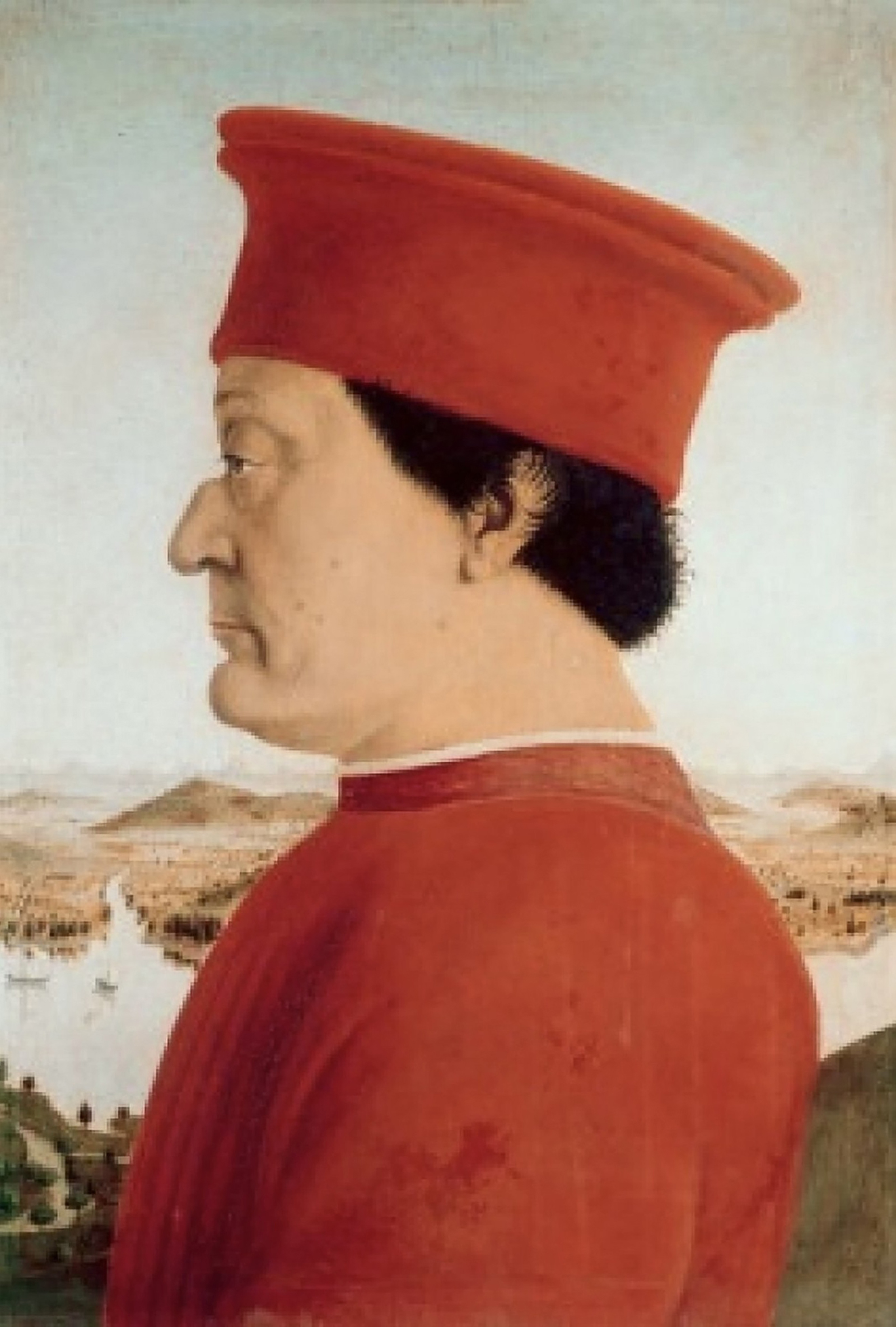
Serra held a strategic position at one of the few passes over the Appenine Mountains in central Italy. Francesco di Giorgio Martini’s treatise on military architecture has a sketch of the fortress. (The treatise is in Milan. It was in the collection of Leonardo da Vinci, probably given to him by Francesco di Giorgio.) One source says that Duke Guidobaldo destroyed the fortress to avoid its inevitable conquest by Cesare Borgia in 1502. The Borgias were in an expansive power mood at the time.
Some of the older folks in Serra still remember the fort’s foundations and partial walls. After WWII, the town completely removed the remains of the fortress to build the city hall. One older fellow told Robert that Robert’s grandfather Filodelfo objected to removing the traces of the fort.
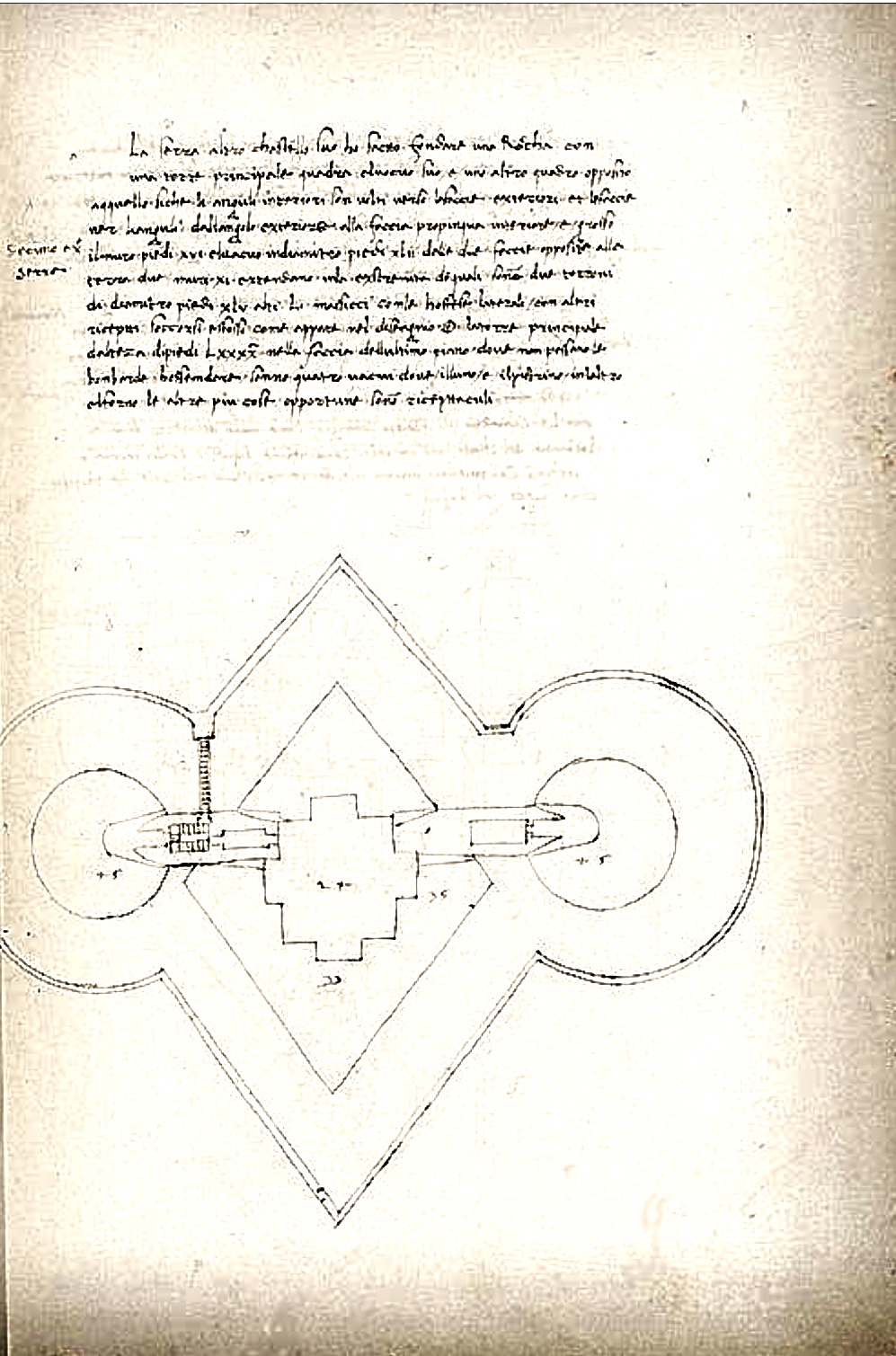
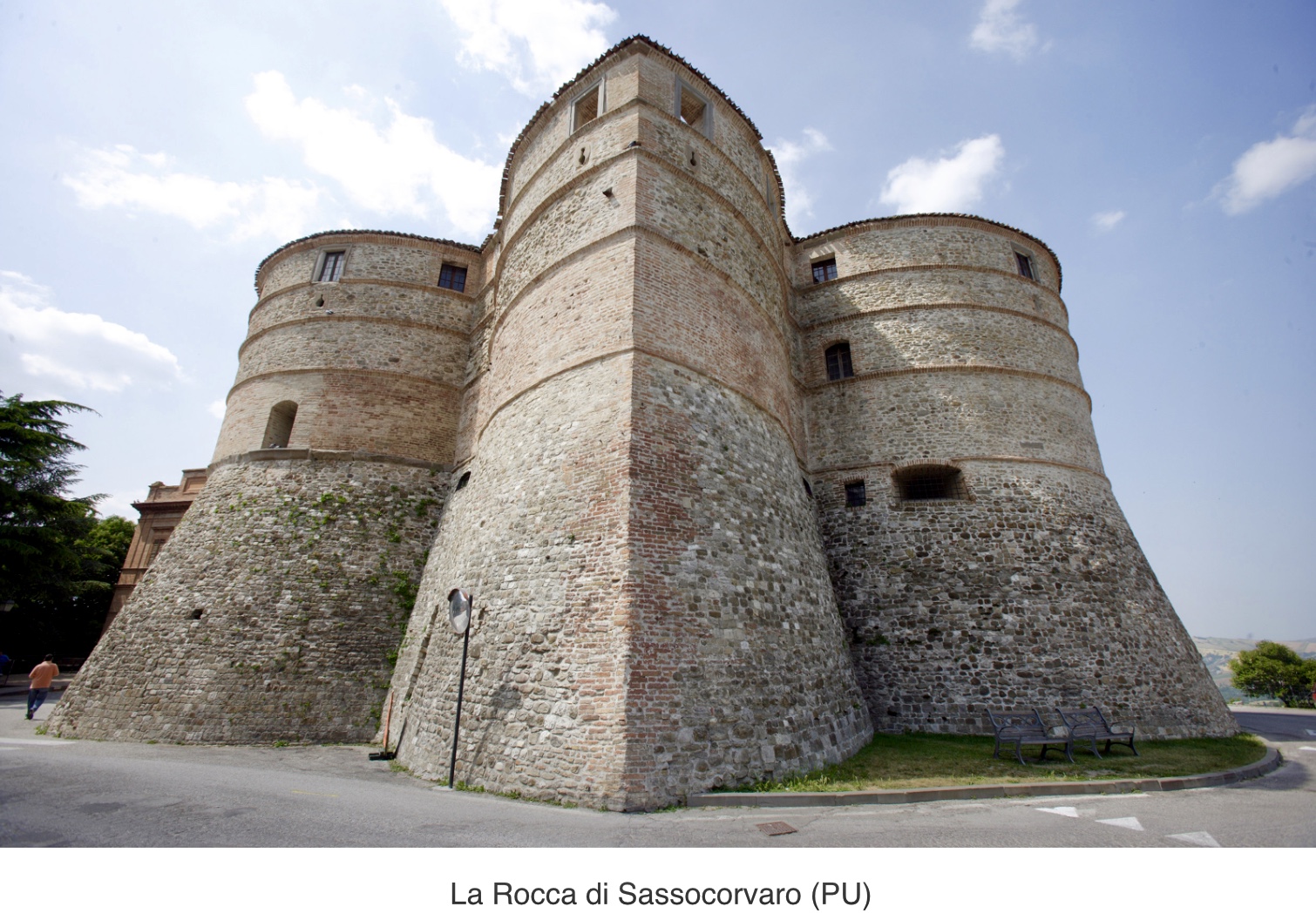
Robert first heard about the rocca in 1962 and again in 1968/72 from Guiliano Benelli’s cousin Francesco Benelli, better known as “Checchino.” Checchino was the unofficial town historian and artist of Serra for many decades.
Then, while a student at UC Berkeley, Robert found a plan-view diagram of the fortress while browsing through books in what would later be Elizabeth Byrne’s library at the College of Environmental Design. The source attributed the rocca to Francesco di Giorgio Martini. Robert sent multiple copies to Checchino, who distributed them to the comune, including officials in city hall. In fact on this trip, one person who worked for the comune remembered when the copies arrived because it was a significant event in the village.
Although a lot of research about the fort has been undertaken since then, Robert still has questions: How did Serra’s rocca function in the context of the others in the area? Why would Duke Guidobaldo destroy Serra’s rocca while many nearby (Frontone, Cagli, etc.) remain intact? Why aren’t there photos of the remains before they were completely removed?
In any case, the fortress is gone and the pagentry and celebration of the palio increases each year. The palio in Serra is a goose race, and the palio is the banner that is awarded to the winner. The Pro Loco says that goose racing was popular in the Middle Ages. It would be nice if this turns out to be true. The geese run the length of Corso Dante Alighieri—all 500 feet of it. Serra packs a lot into that short distance.
There are six geese, each with a scarf the color of their comune (Serra’s color is red) or the participating frazione. There are setbacks though. We heard that last year they had a falconer perform but it was not in the budget this year. Instead, they made a pen of hay bales and brought in six chickens!
The festival takes place the weekend before 16 September, the feast day of Sant’Abbondio. The Serrani take their roles seriously. Everyone in the town celebrates whether by participating in the processions dressed in medieval costumes, helping set up the taverns, practicing drumming for a week or so before the event—there is a lot of drumming—or simply hanging banners from their homes in the colors of the six competitors. It’s a time for old and new friends to gather and is very much a hoot to experience.
This year, rain and wind threatened the staging of the palio. The officials announced possible postponement until the following week! Fortunately, everything went ahead as scheduled, although the banners took a beating in the wind. Unfortunately, Serra lost (again) this year by half a webbed foot. Robert and Bonnie were at the finish line.
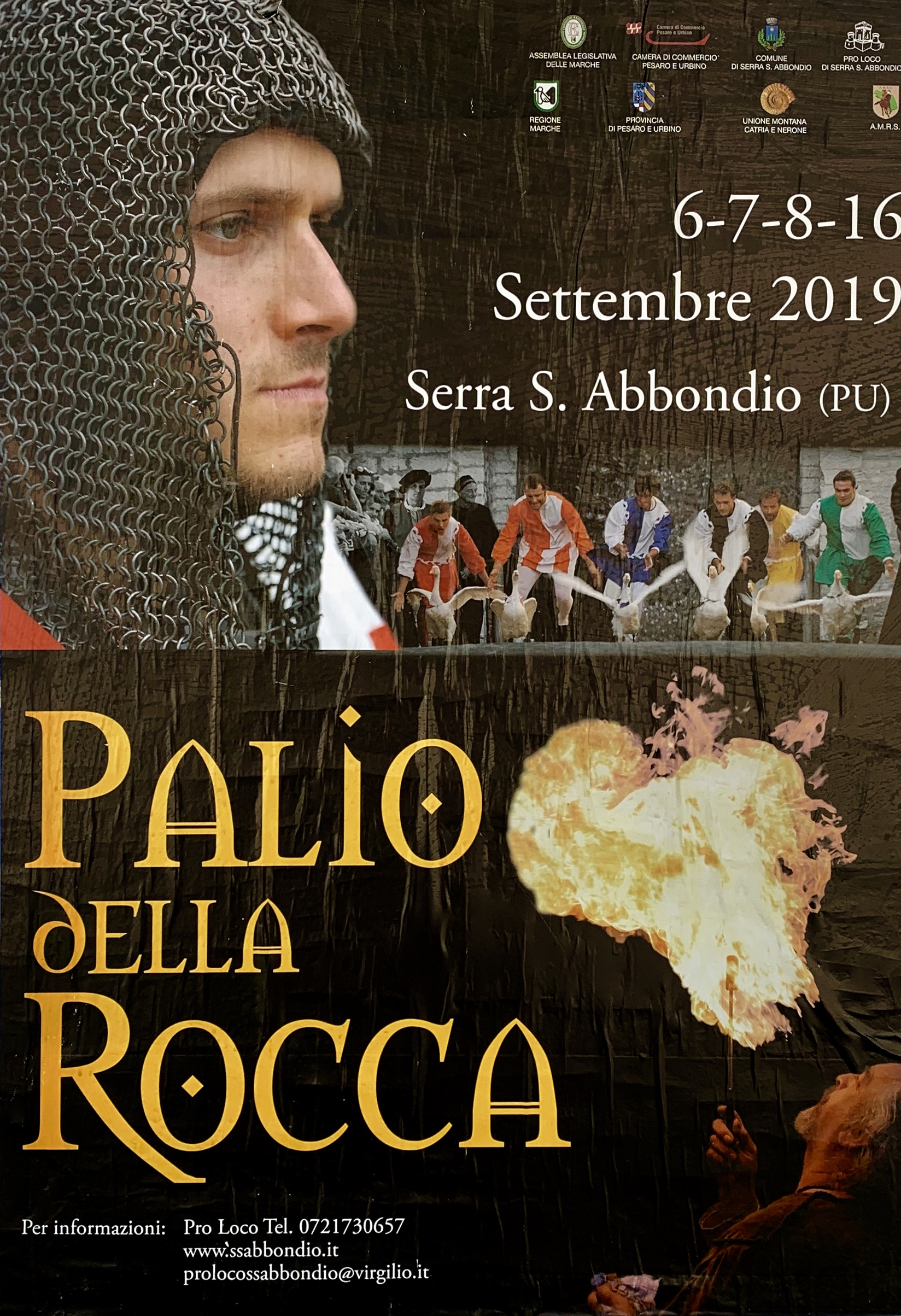
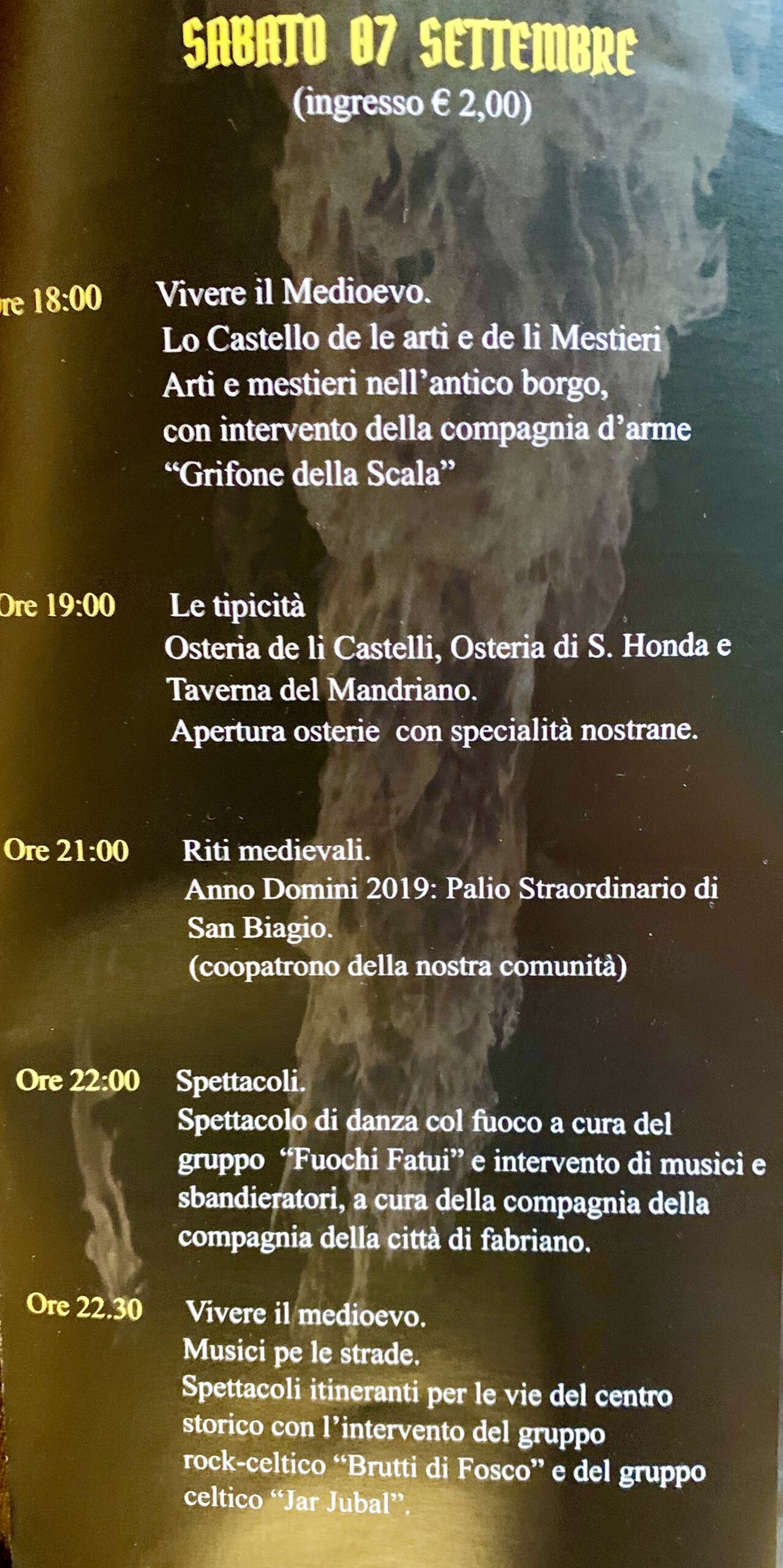
Friday
The festivities began on Friday evening with drumming (of course), music (of course), and food (of course). Adriana and Gino Secondo treated us to the main meal event—a medieval dinner that included a discourse of how and what people ate in medieval times. This included a full roast pig.
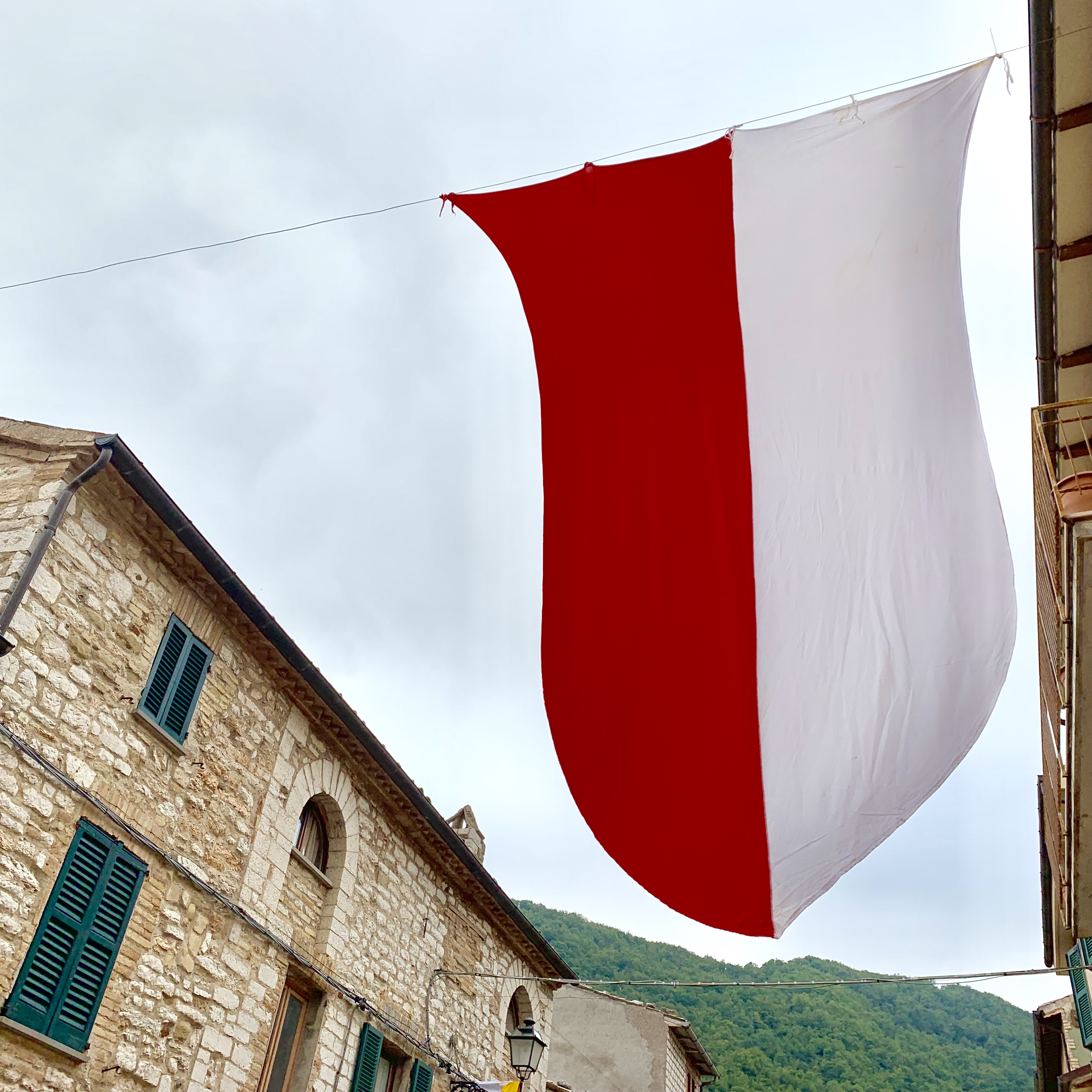
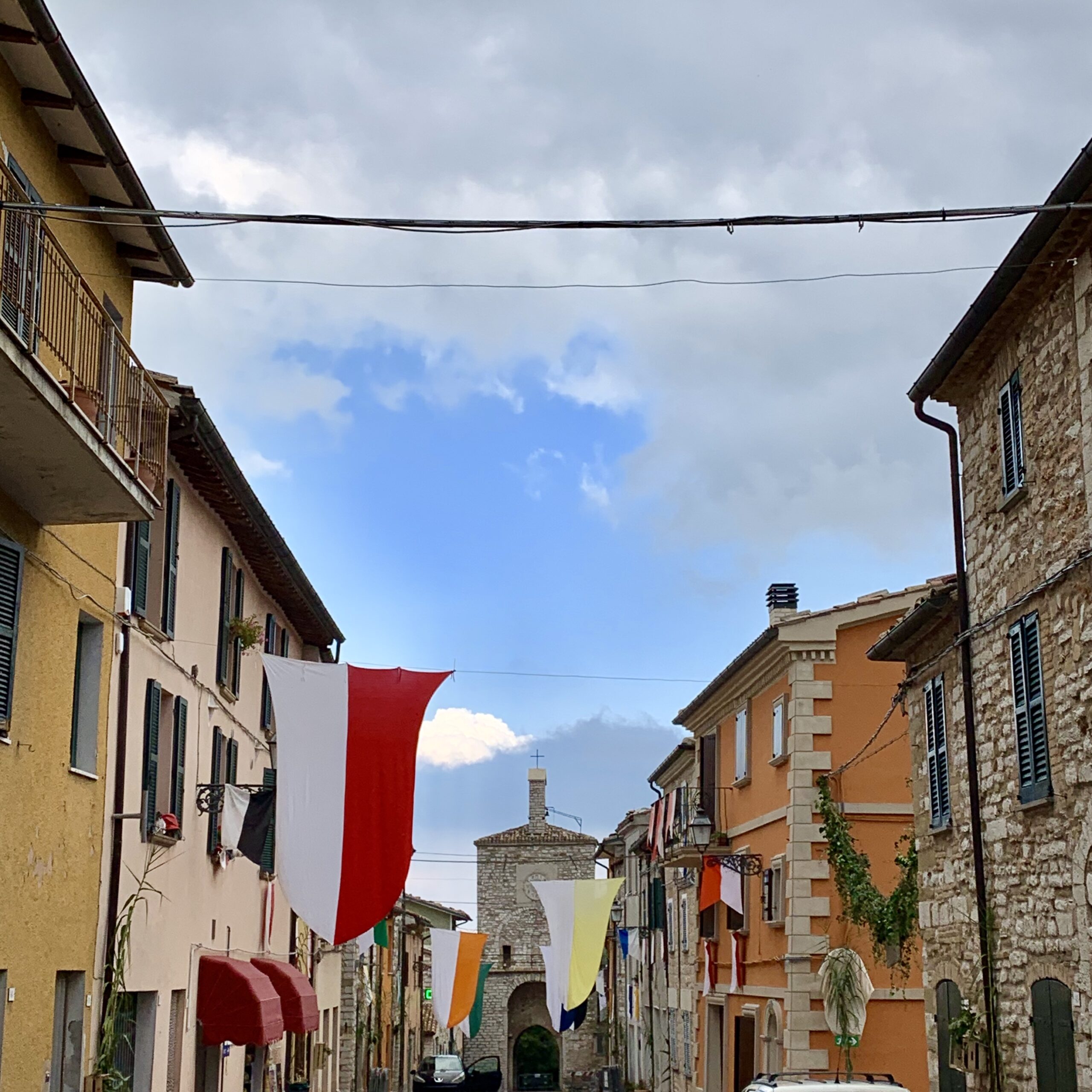
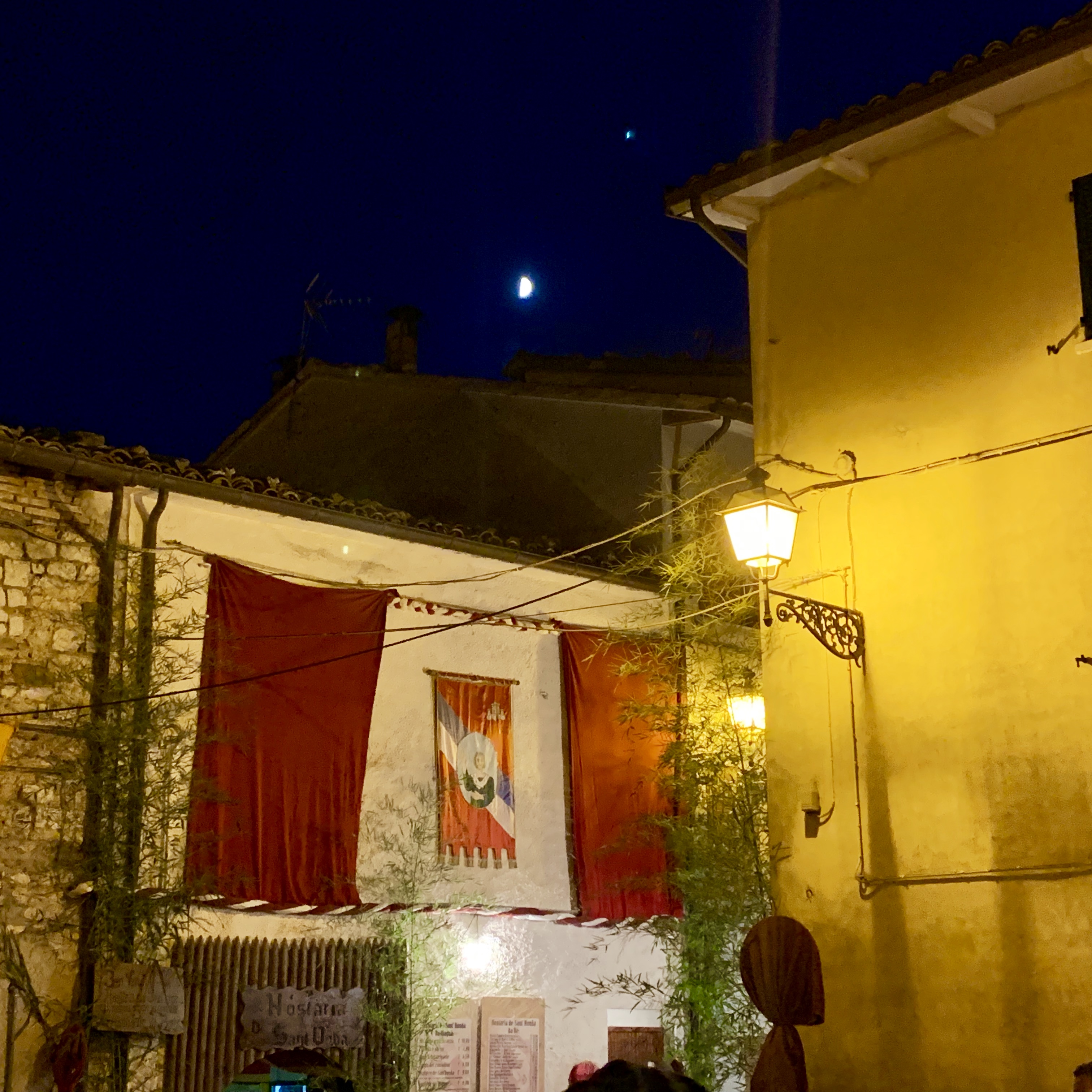
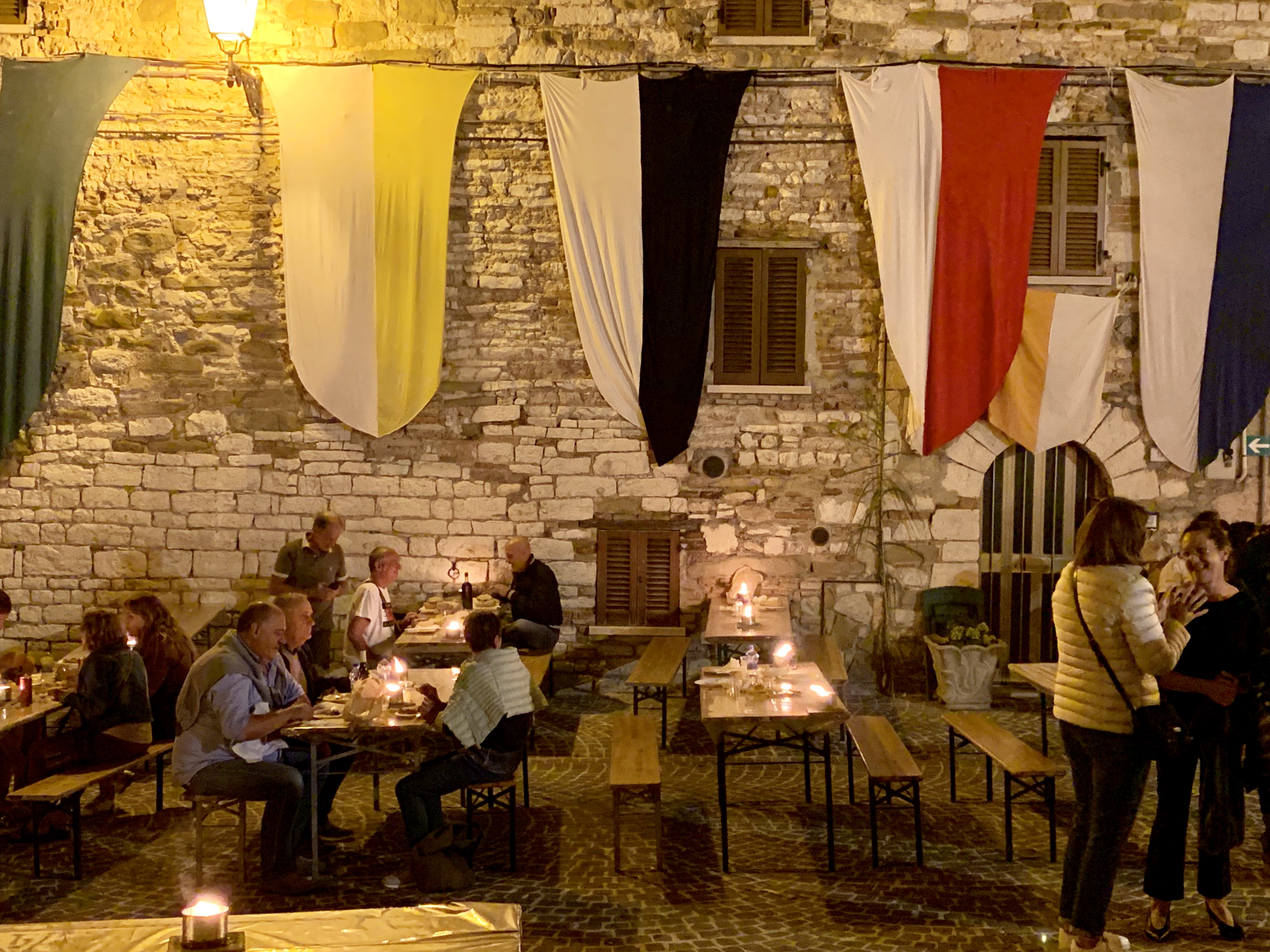
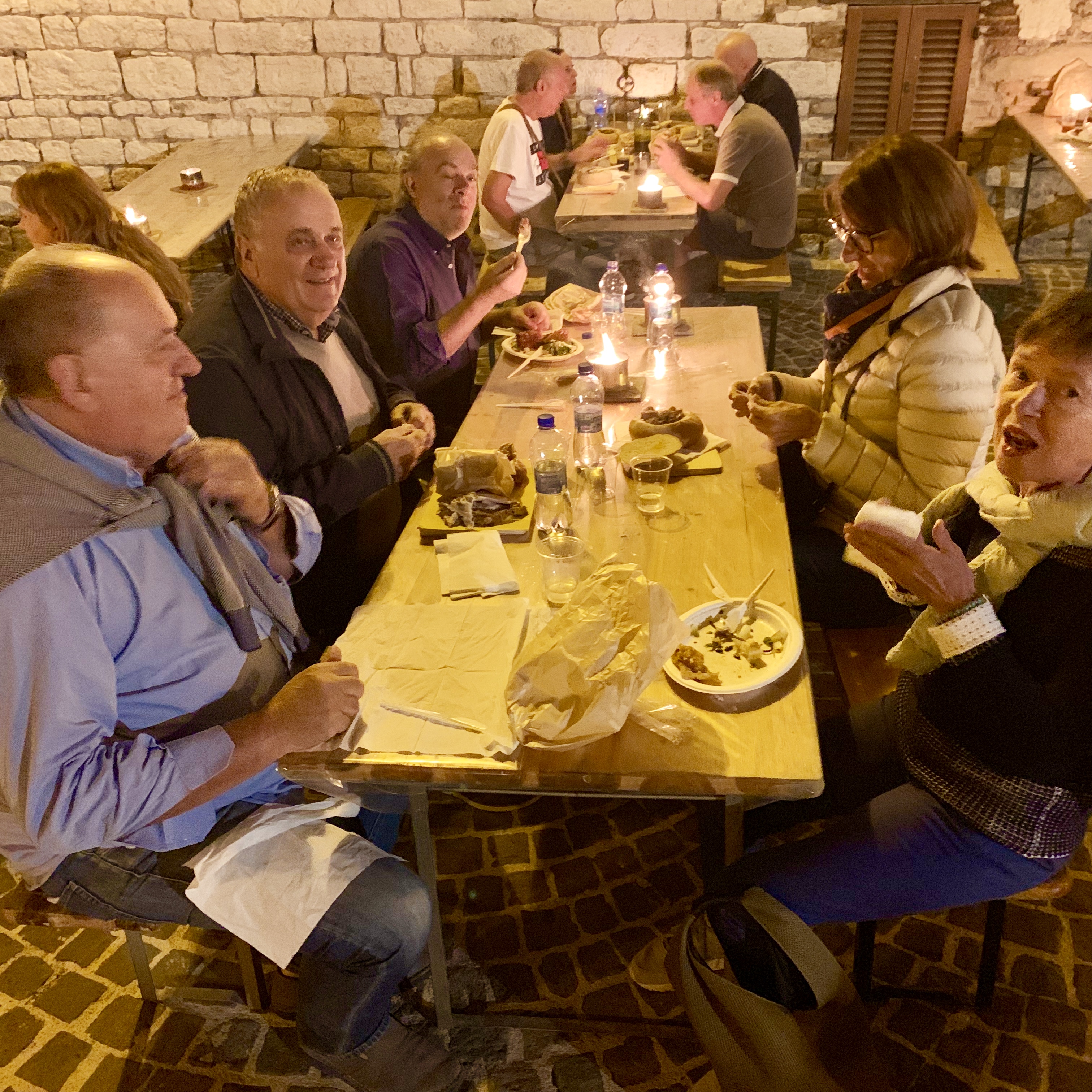
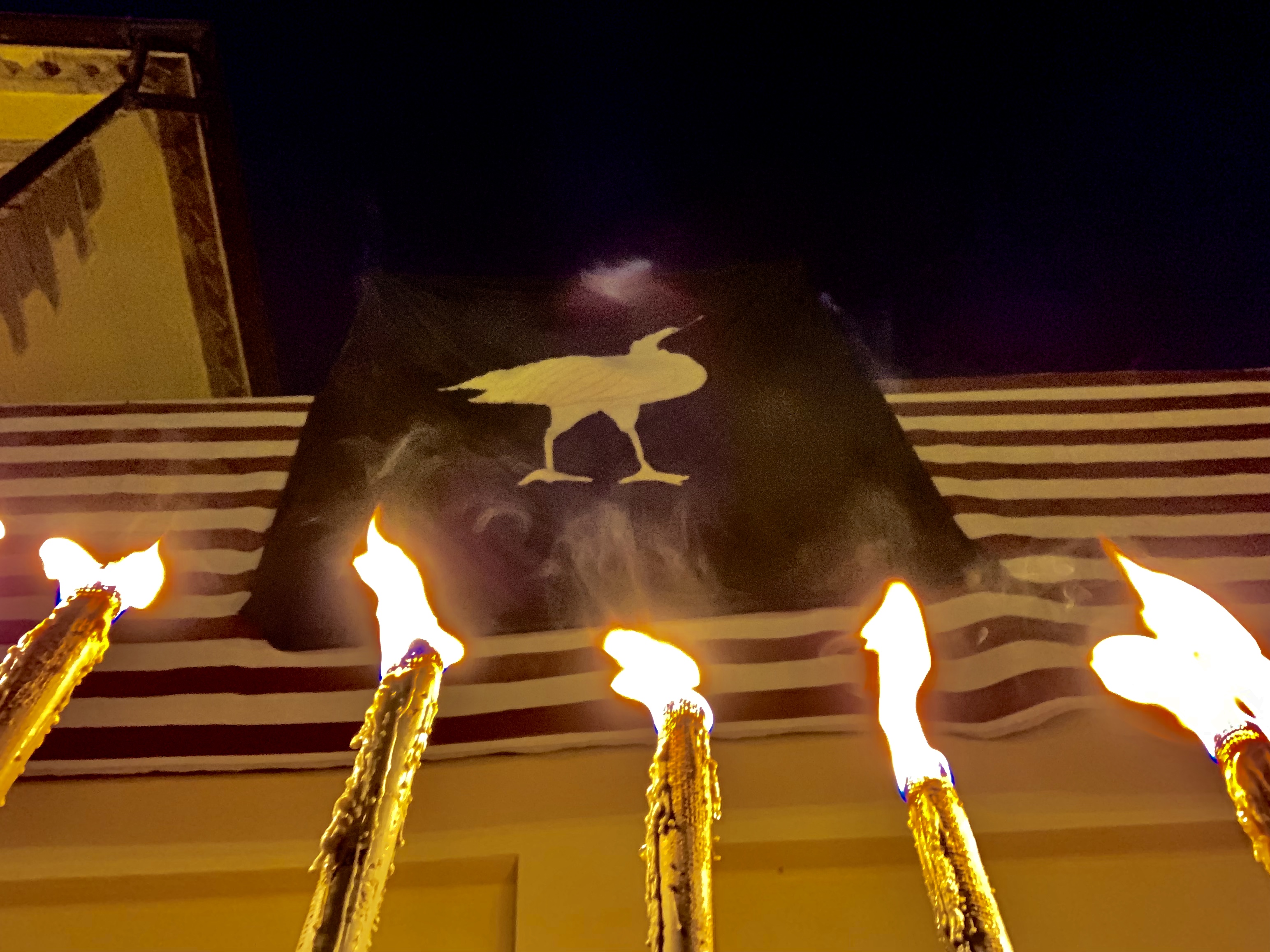
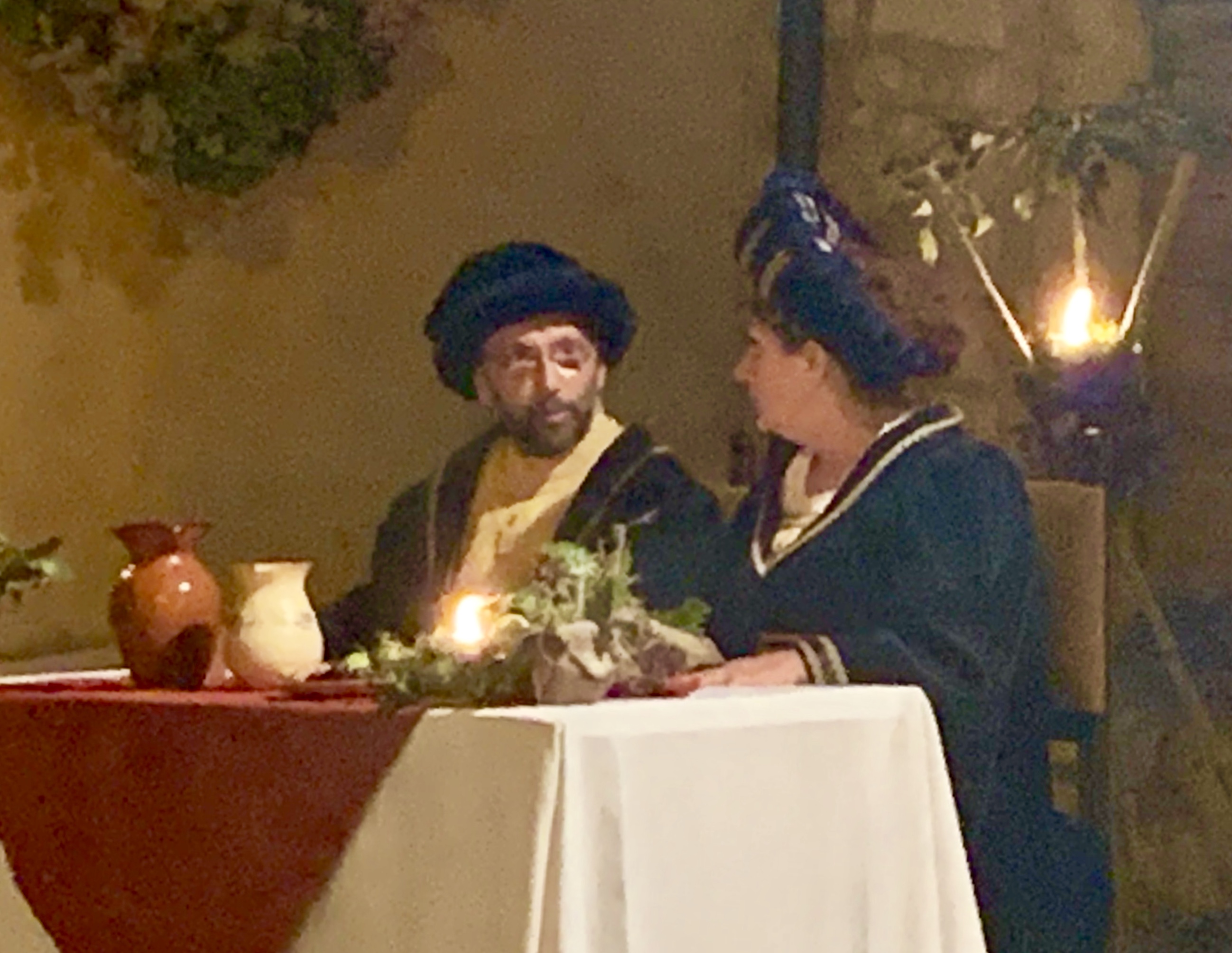
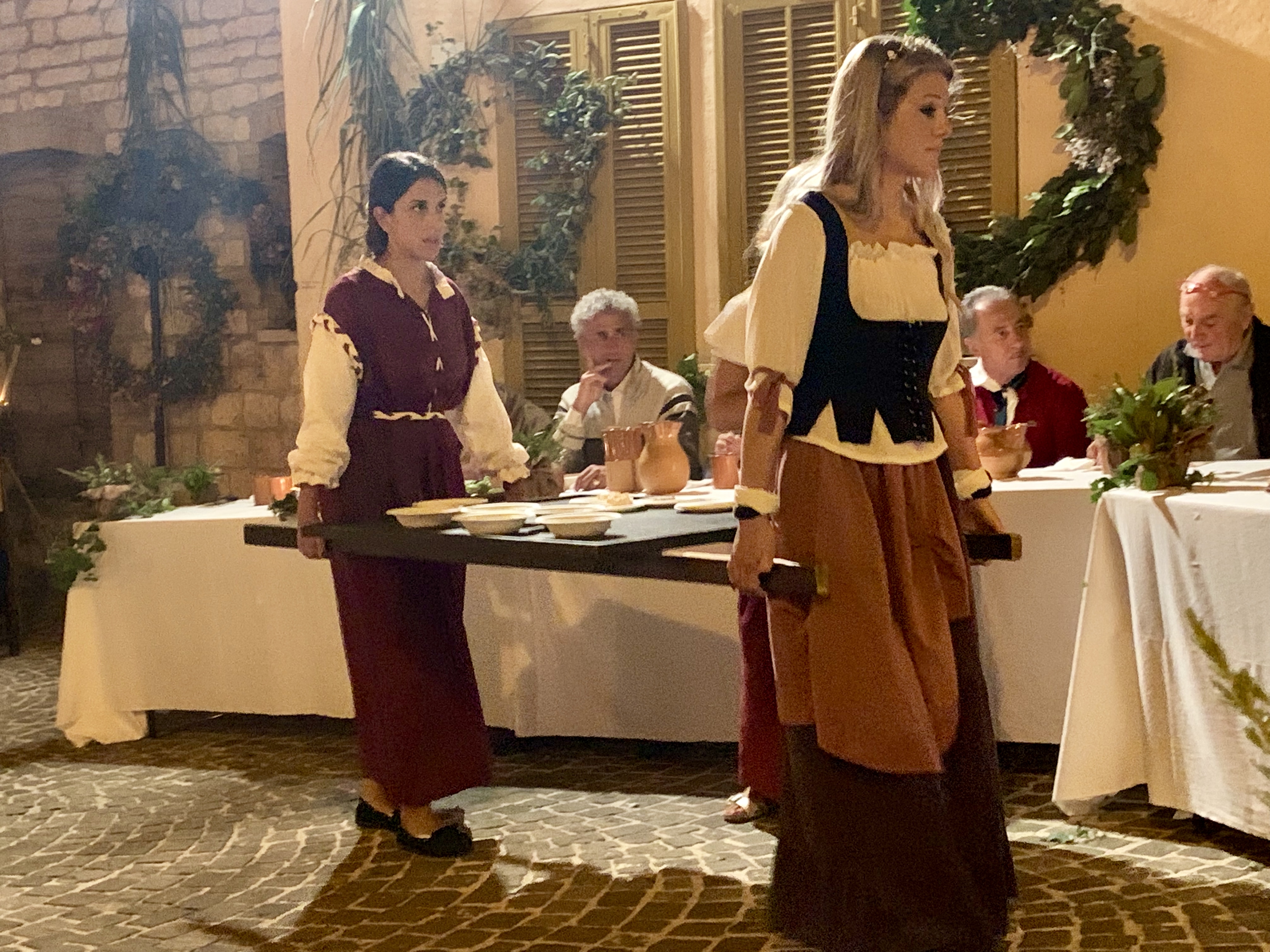
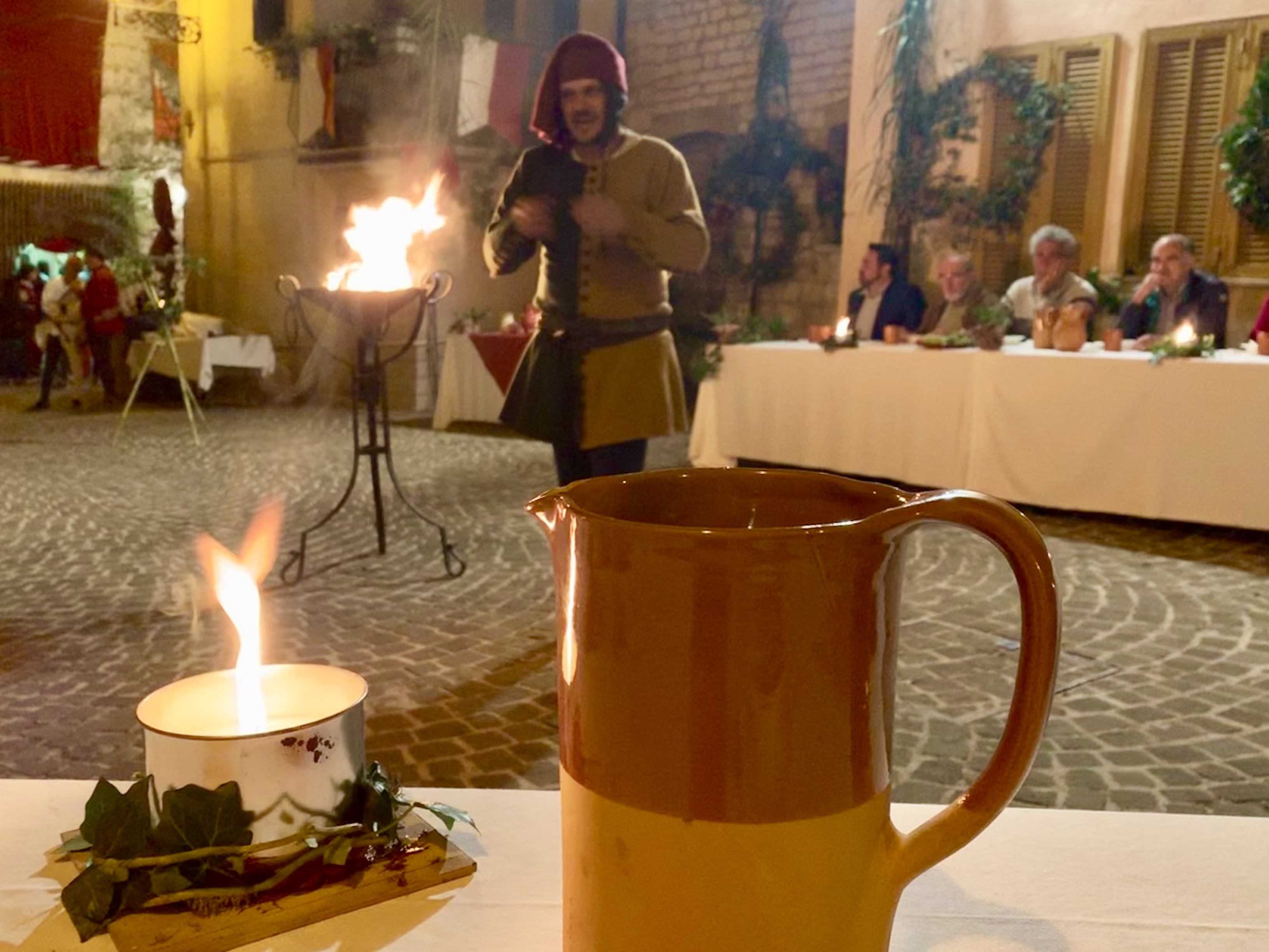
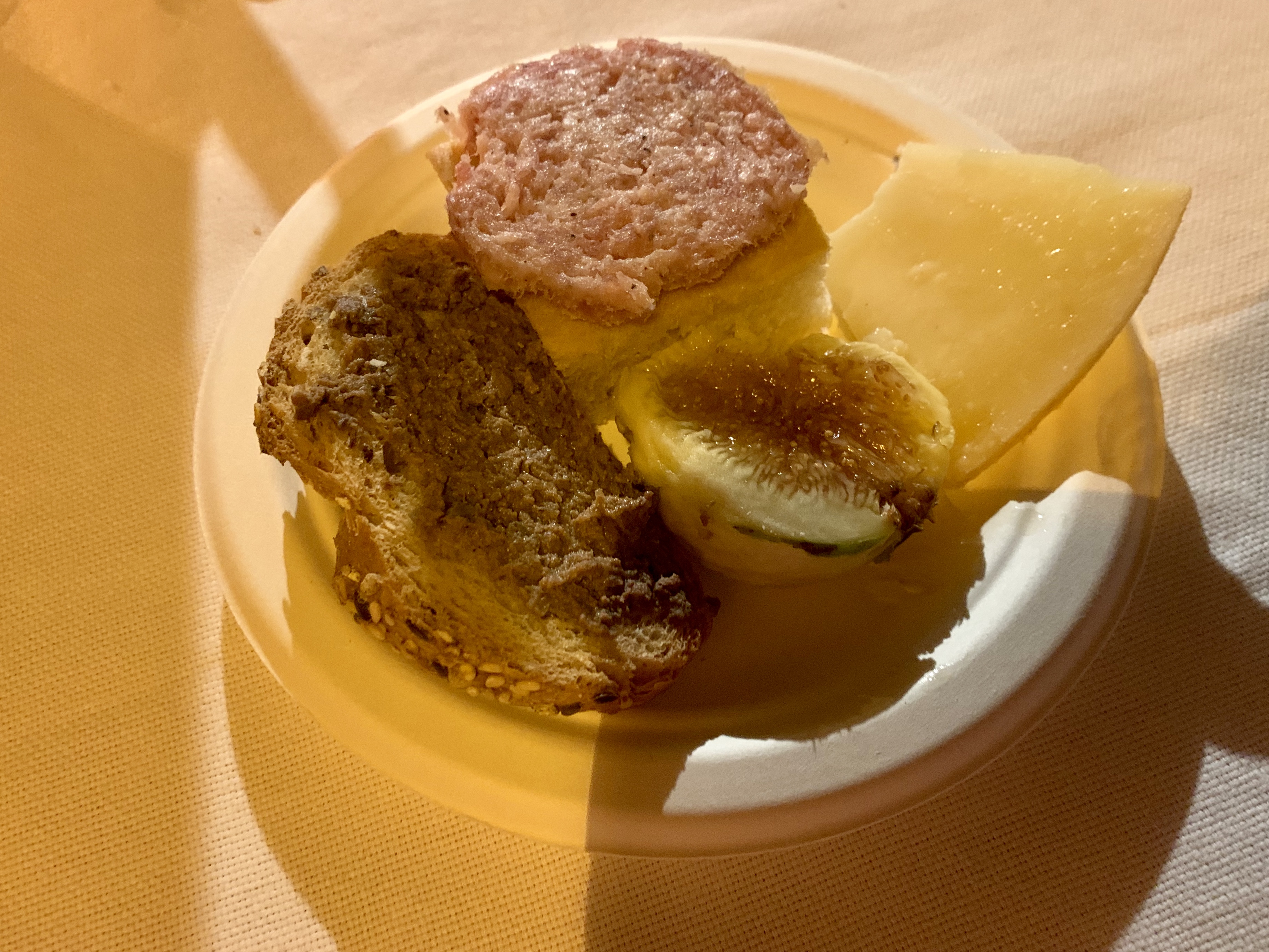
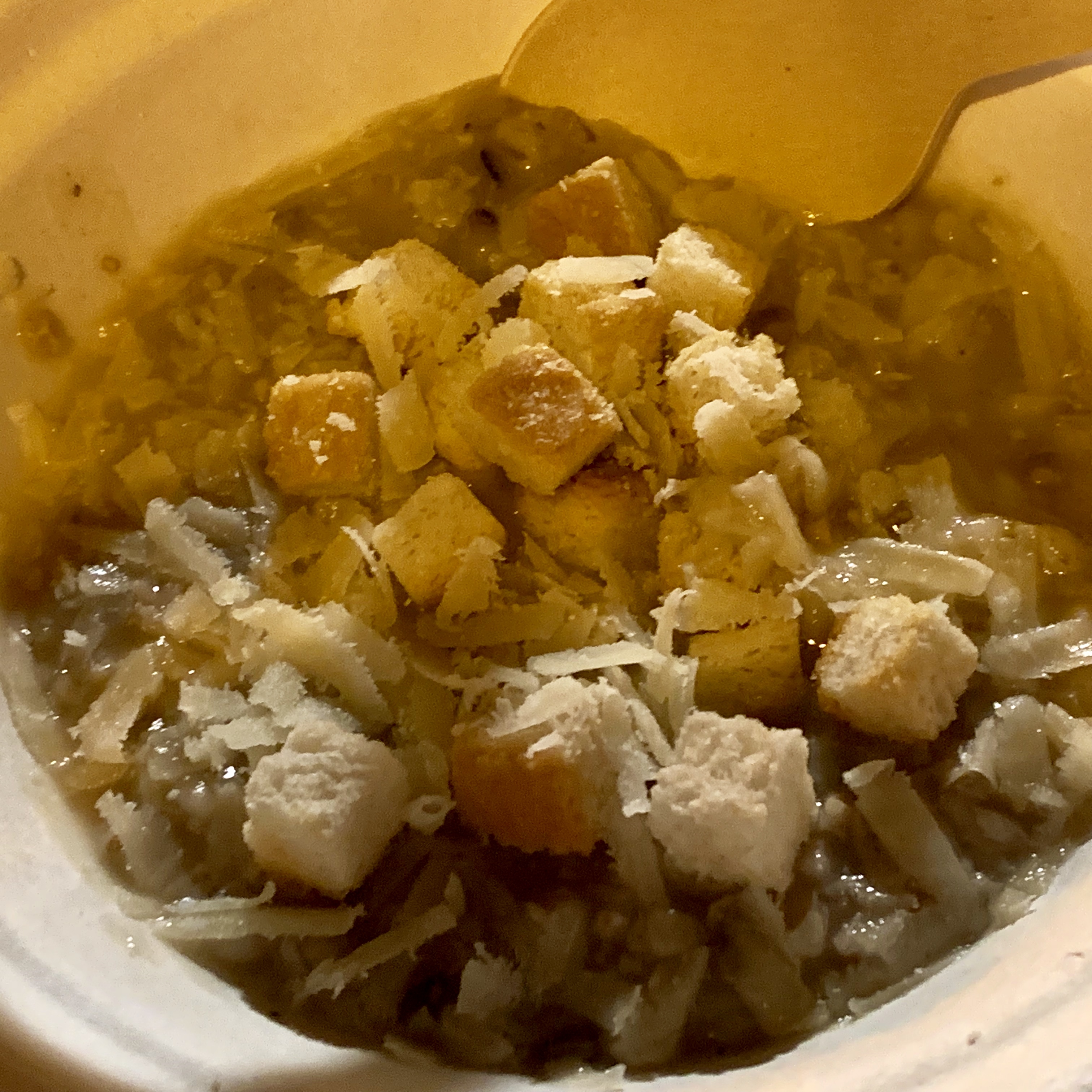
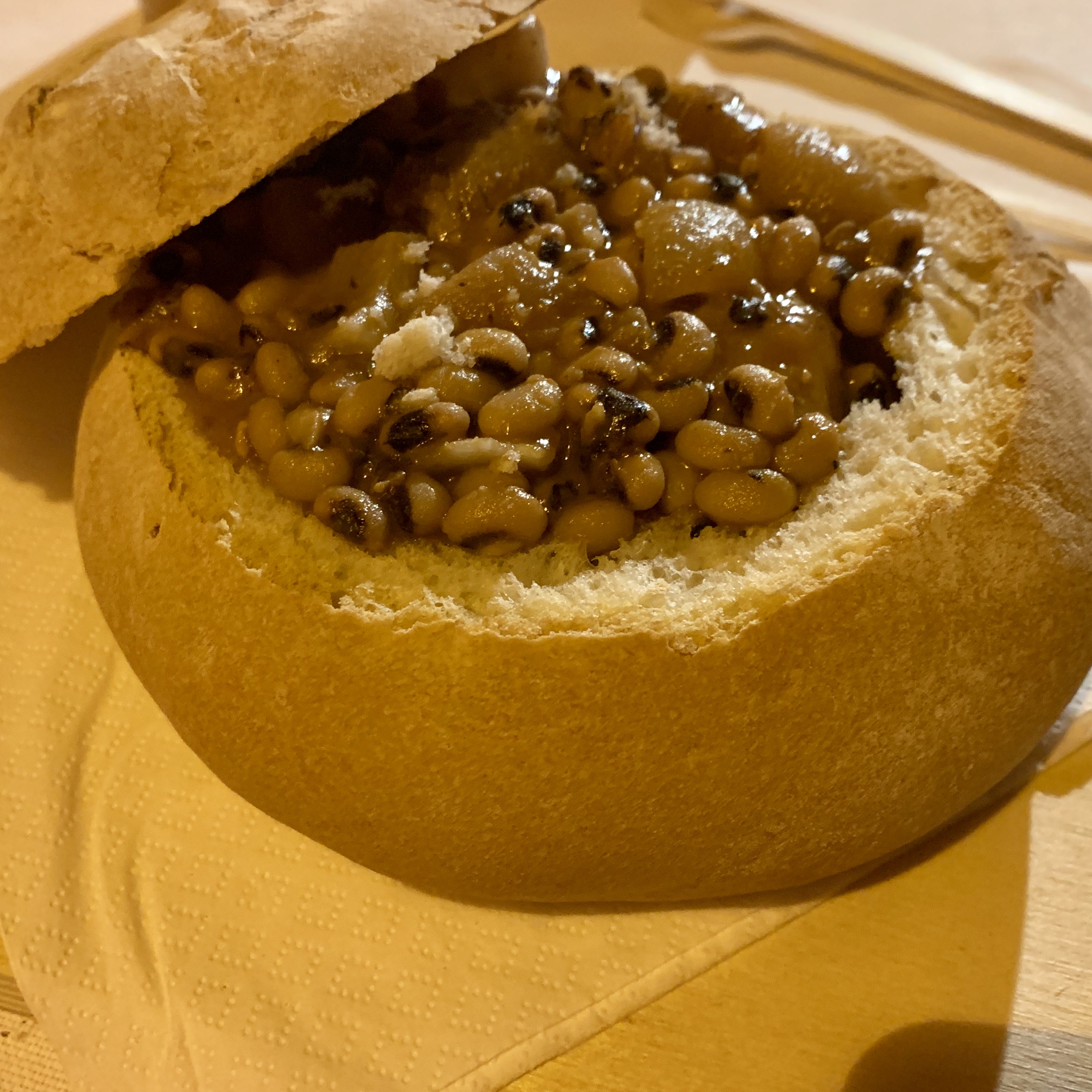
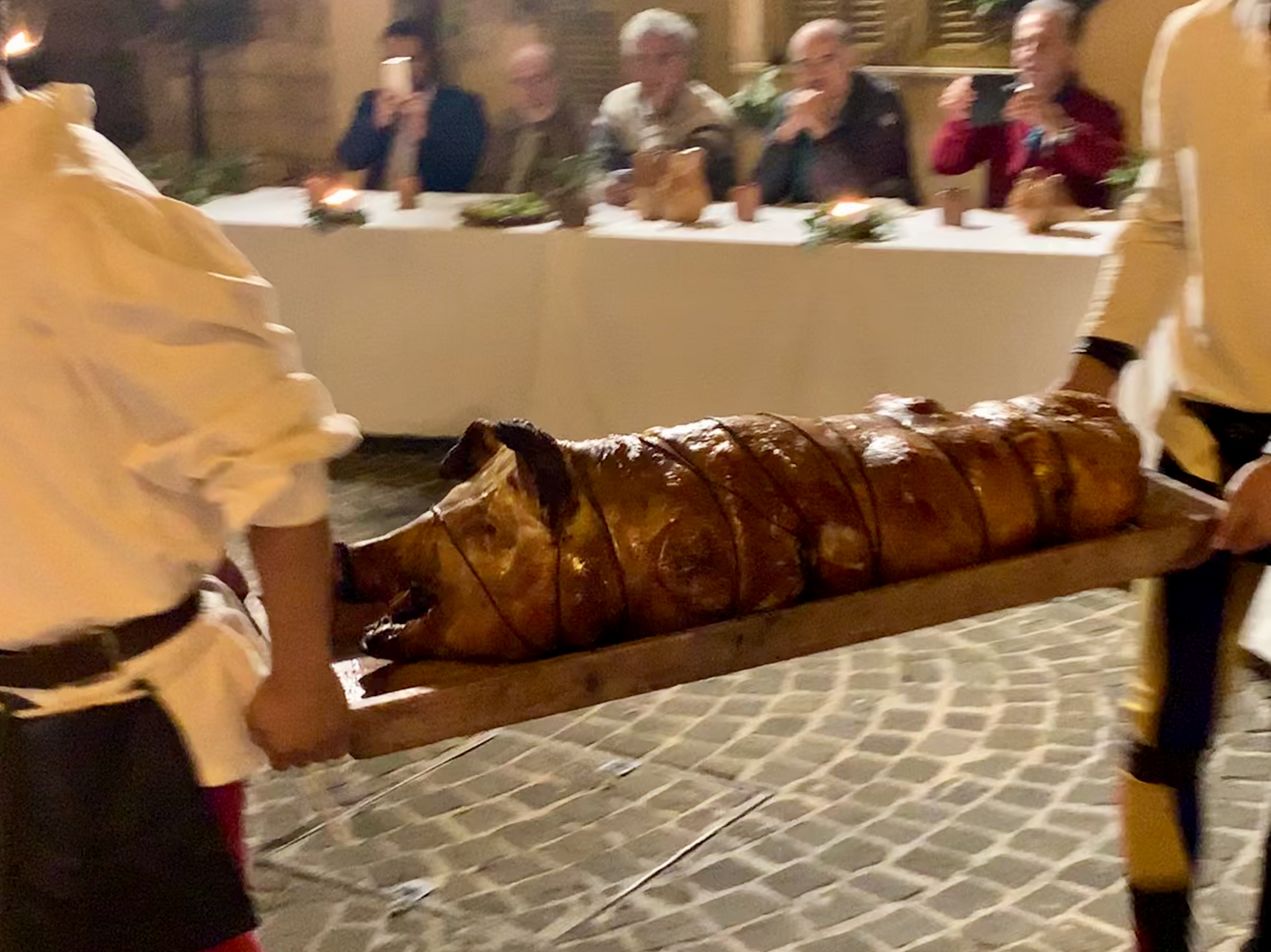
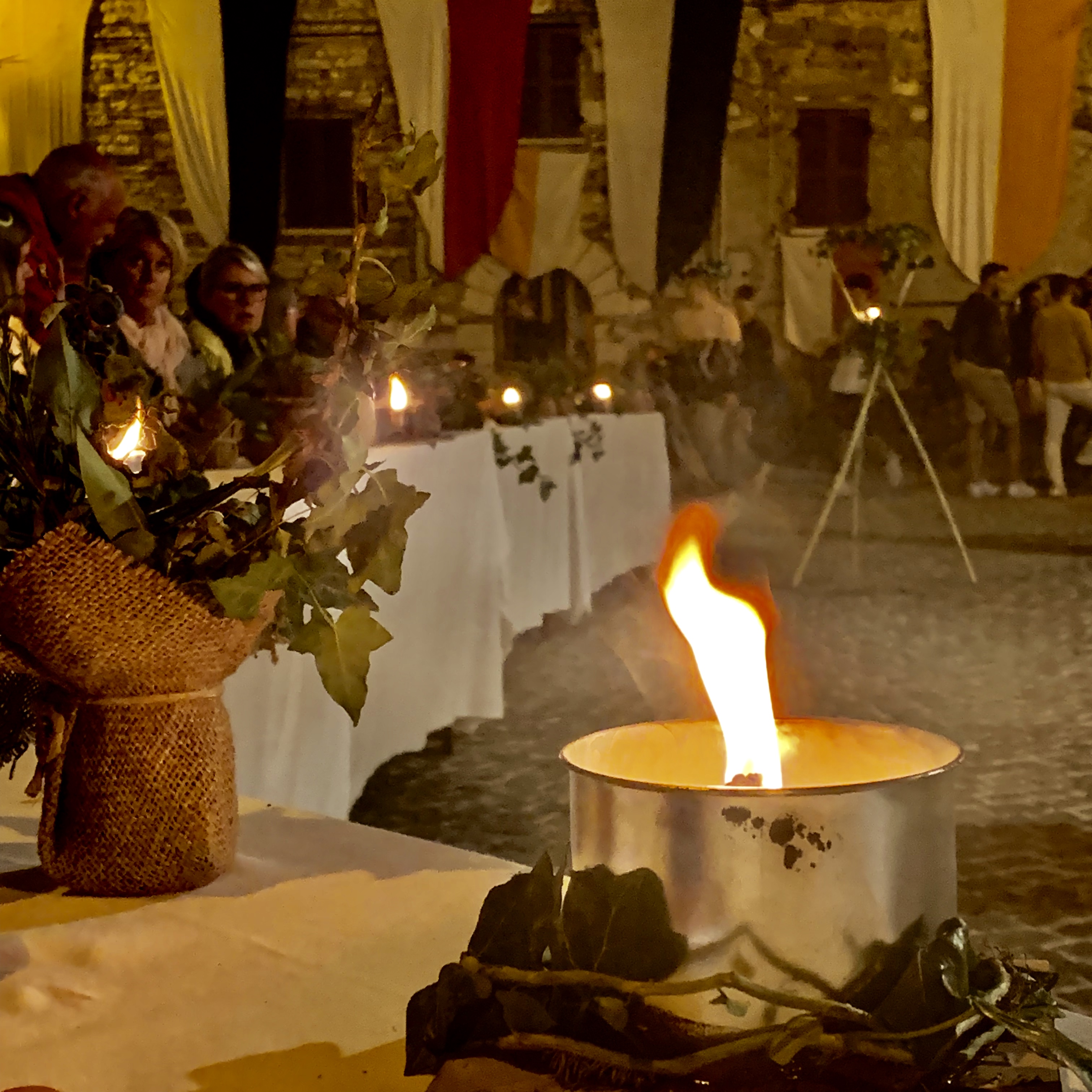
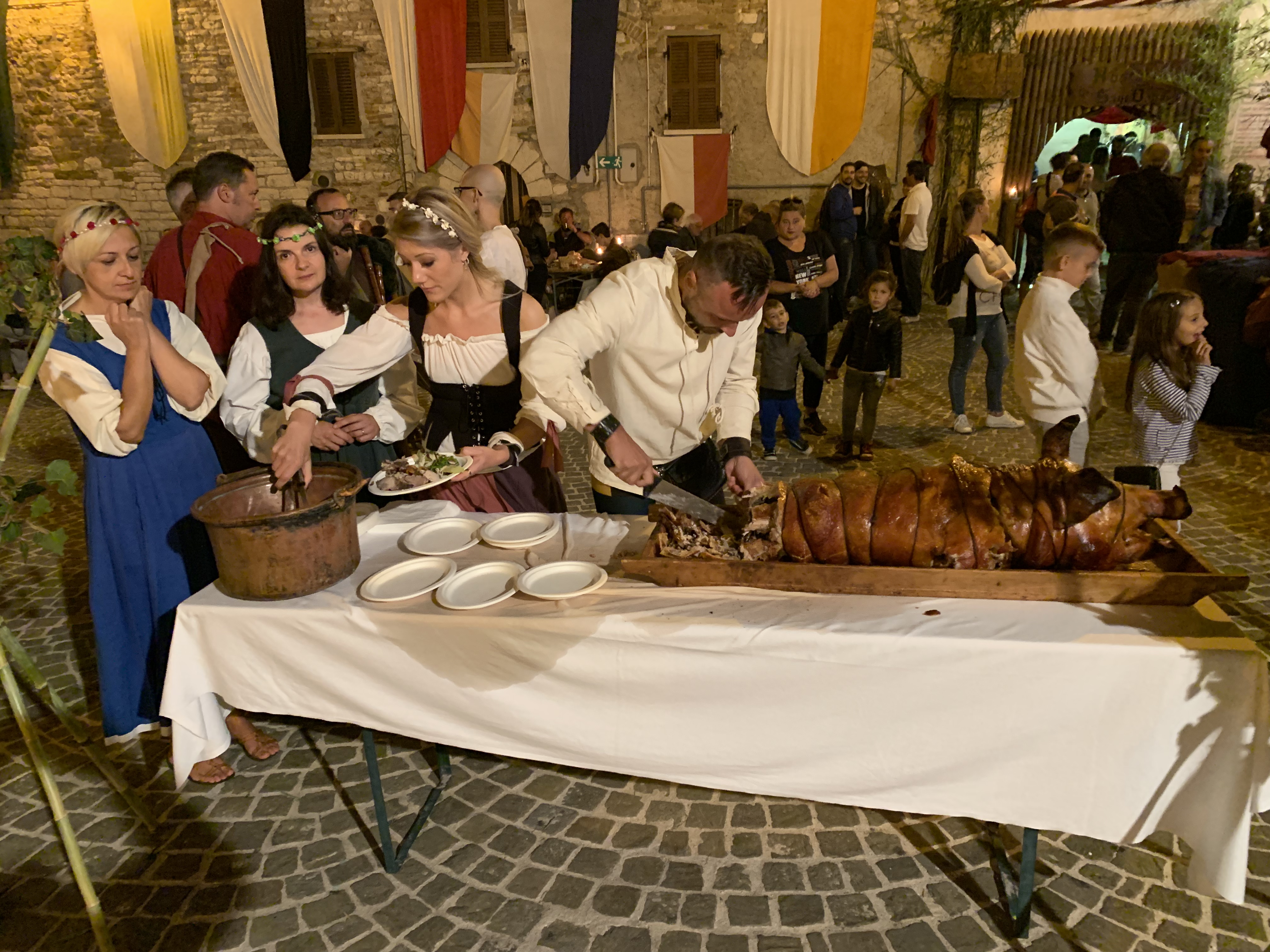
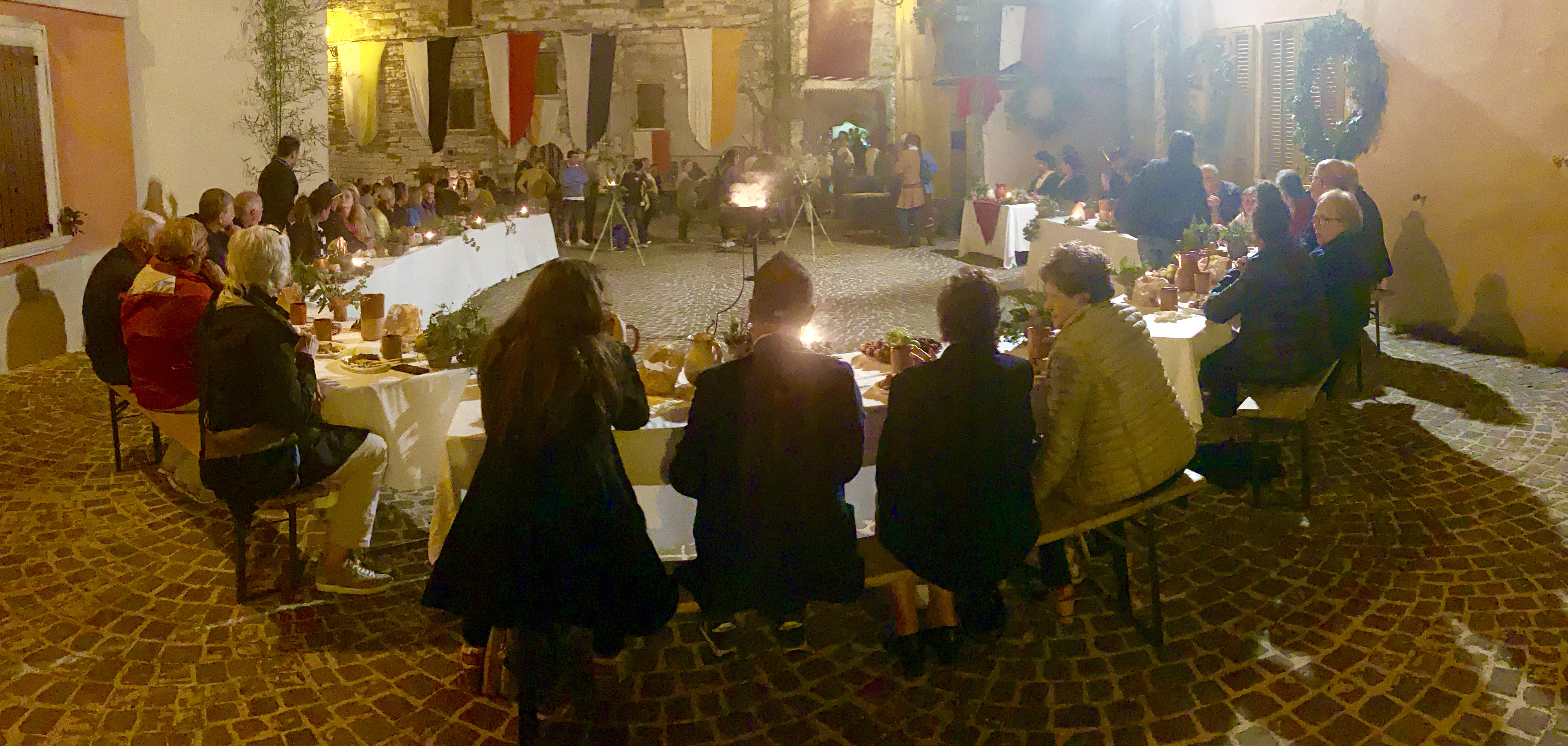
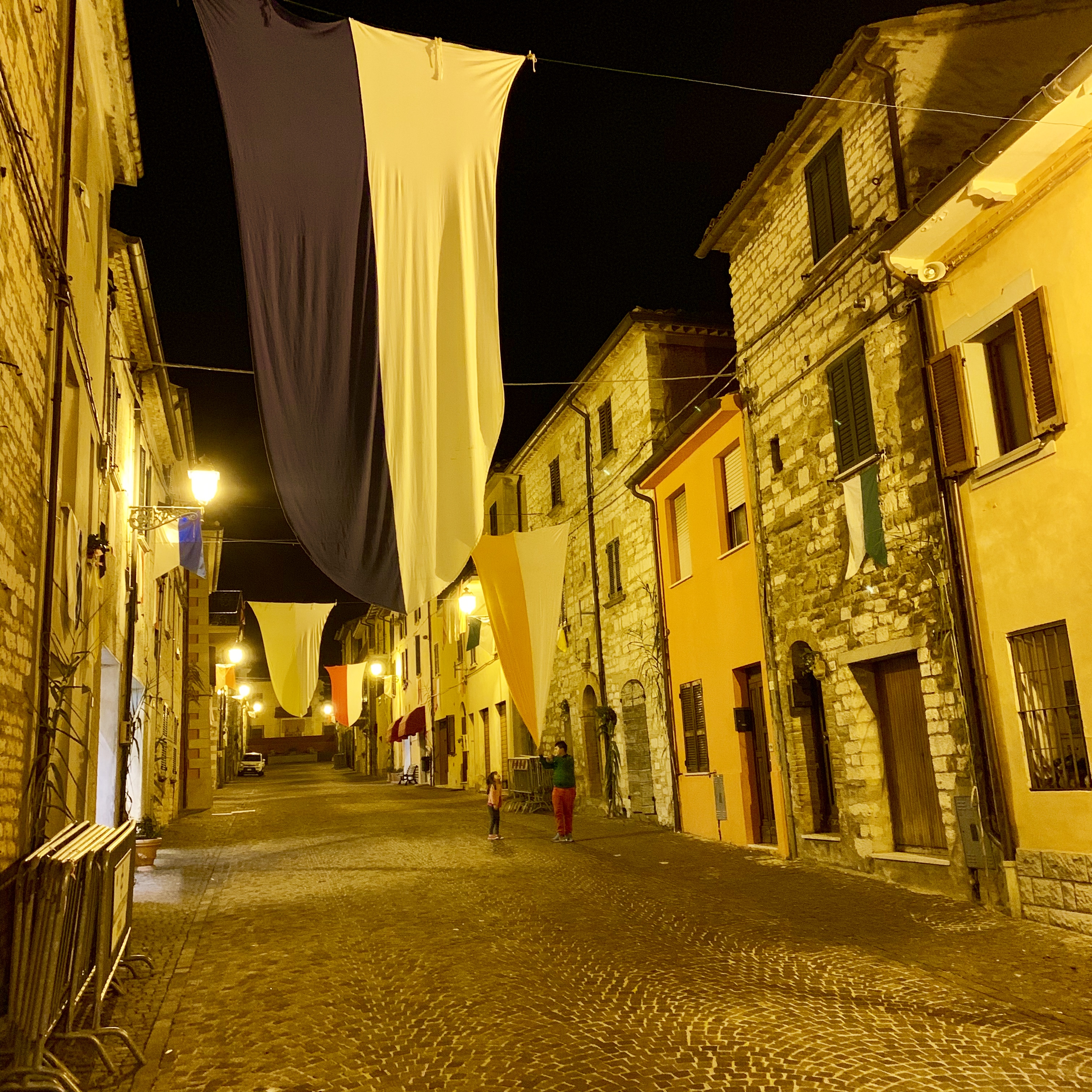
Saturday
On Saturday the festivities started in early evening with a procession of a fully costumed nobility, knights, soldiers, ladies in waiting, and performers. After going up and down (and down and up—it’s hard to keep count) the major street, young women raced their geese. One goose was not cooperative and had to be carried over the finish line. The race was followed by flag throwing and an over-the-top exhibition of pyrotechnics including flame throwers. Music followed afterwards with a variety of bands each night until well past midnight.
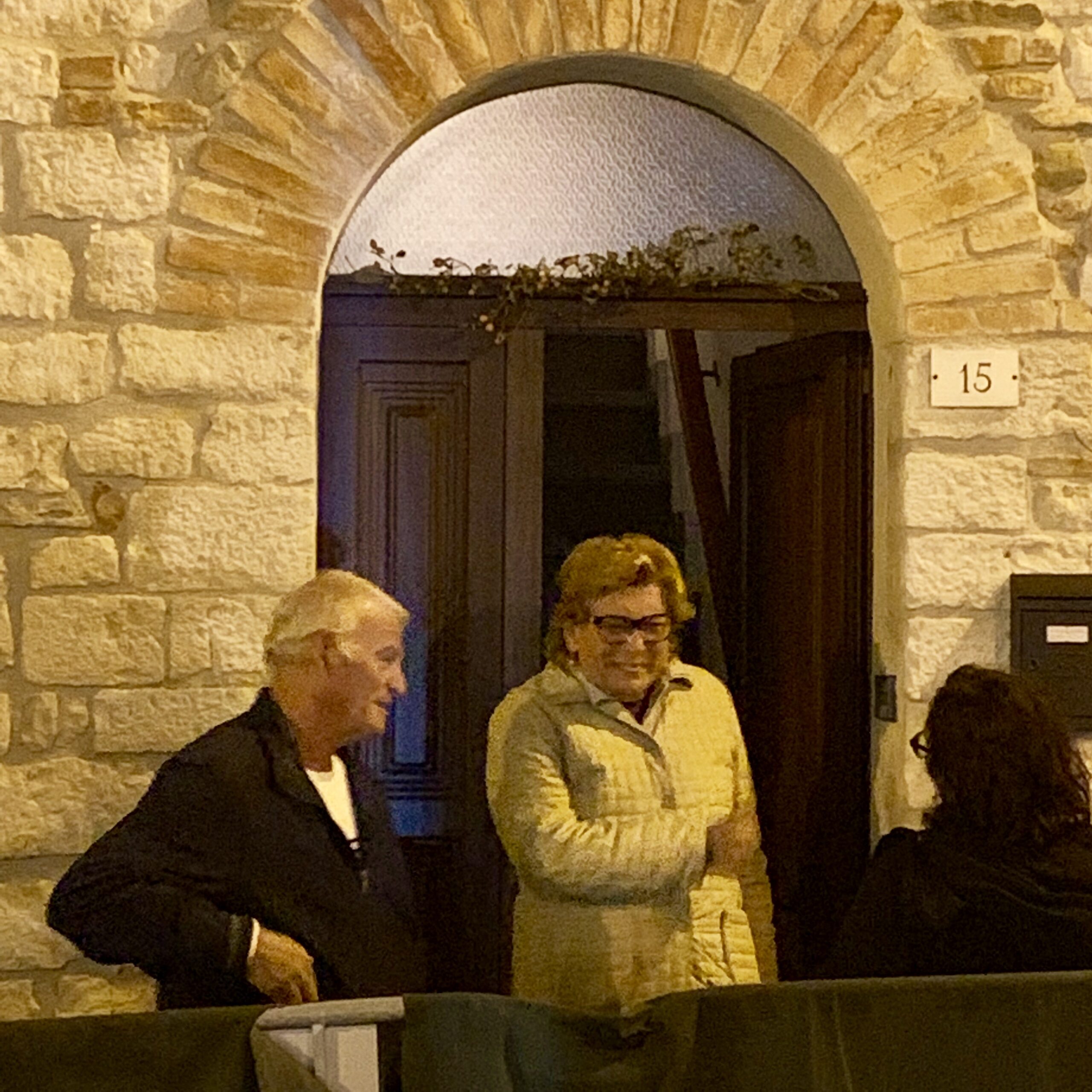
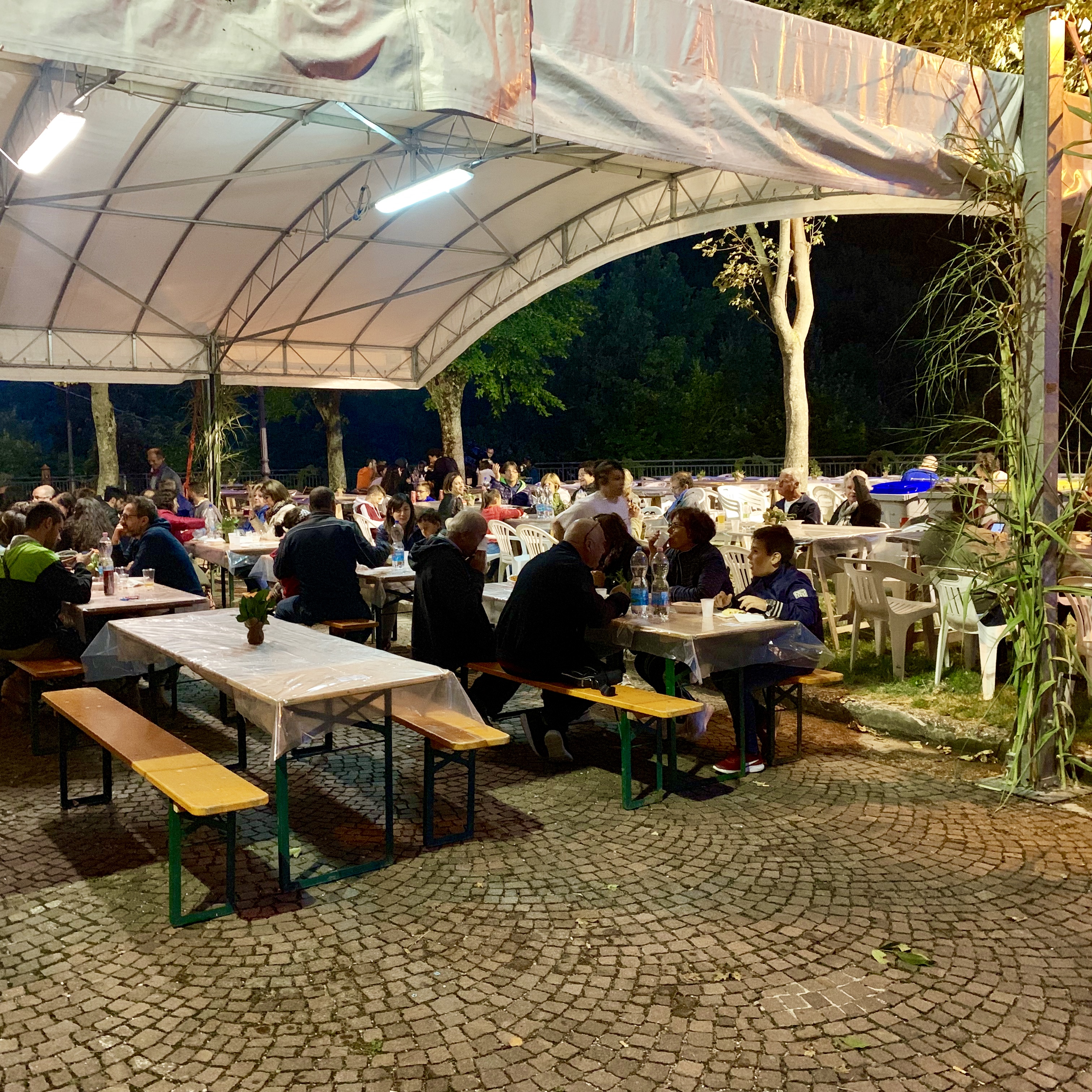
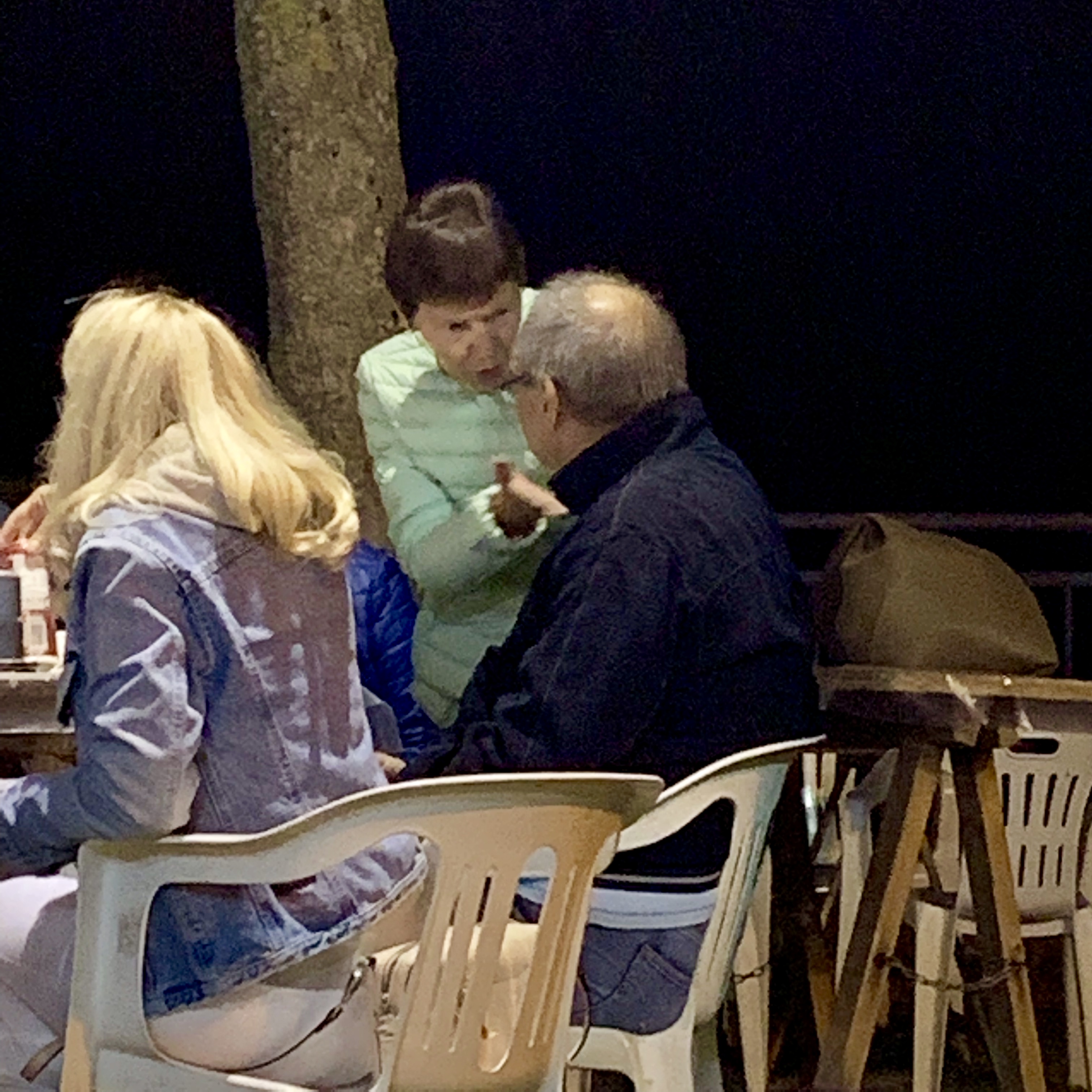
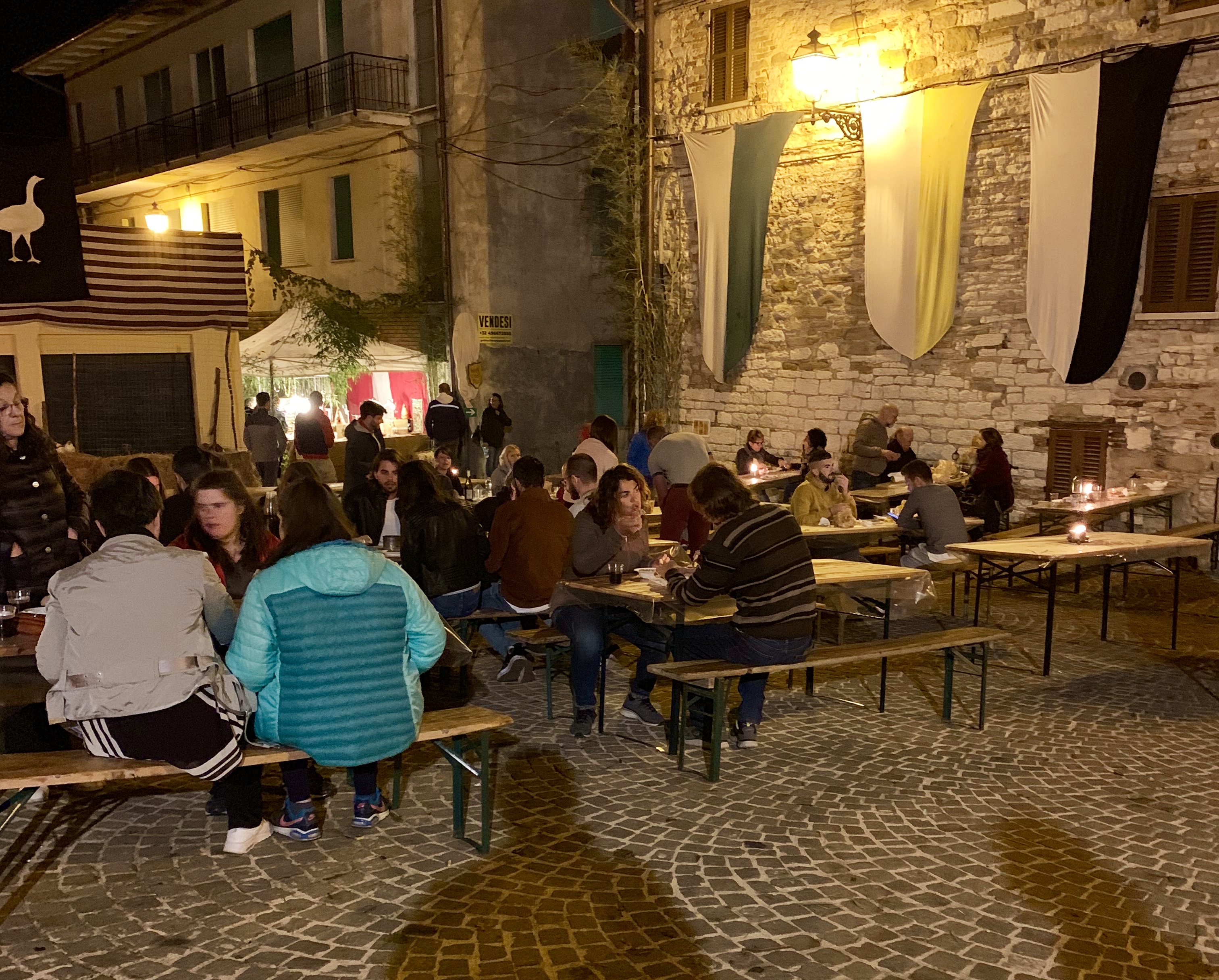
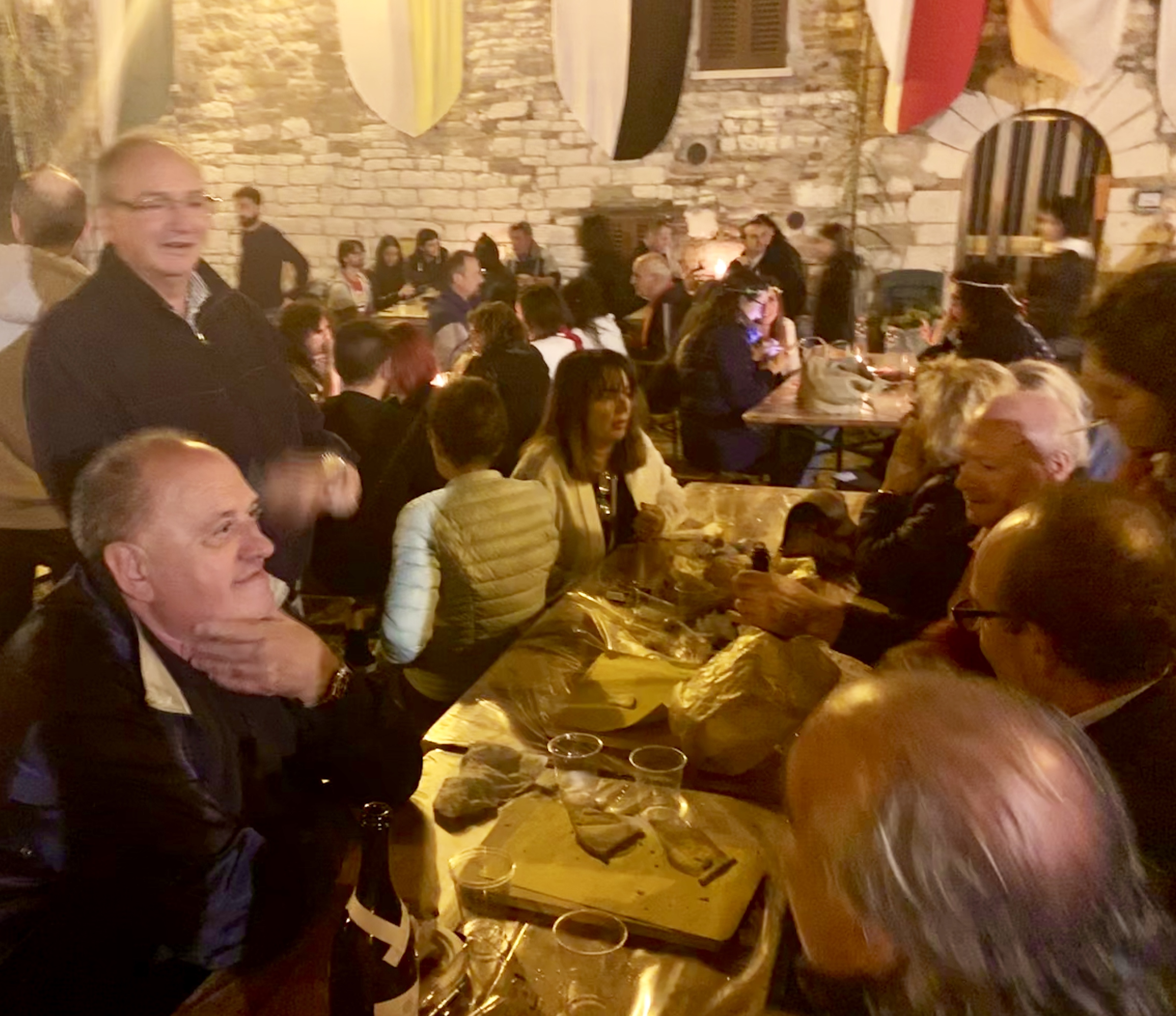
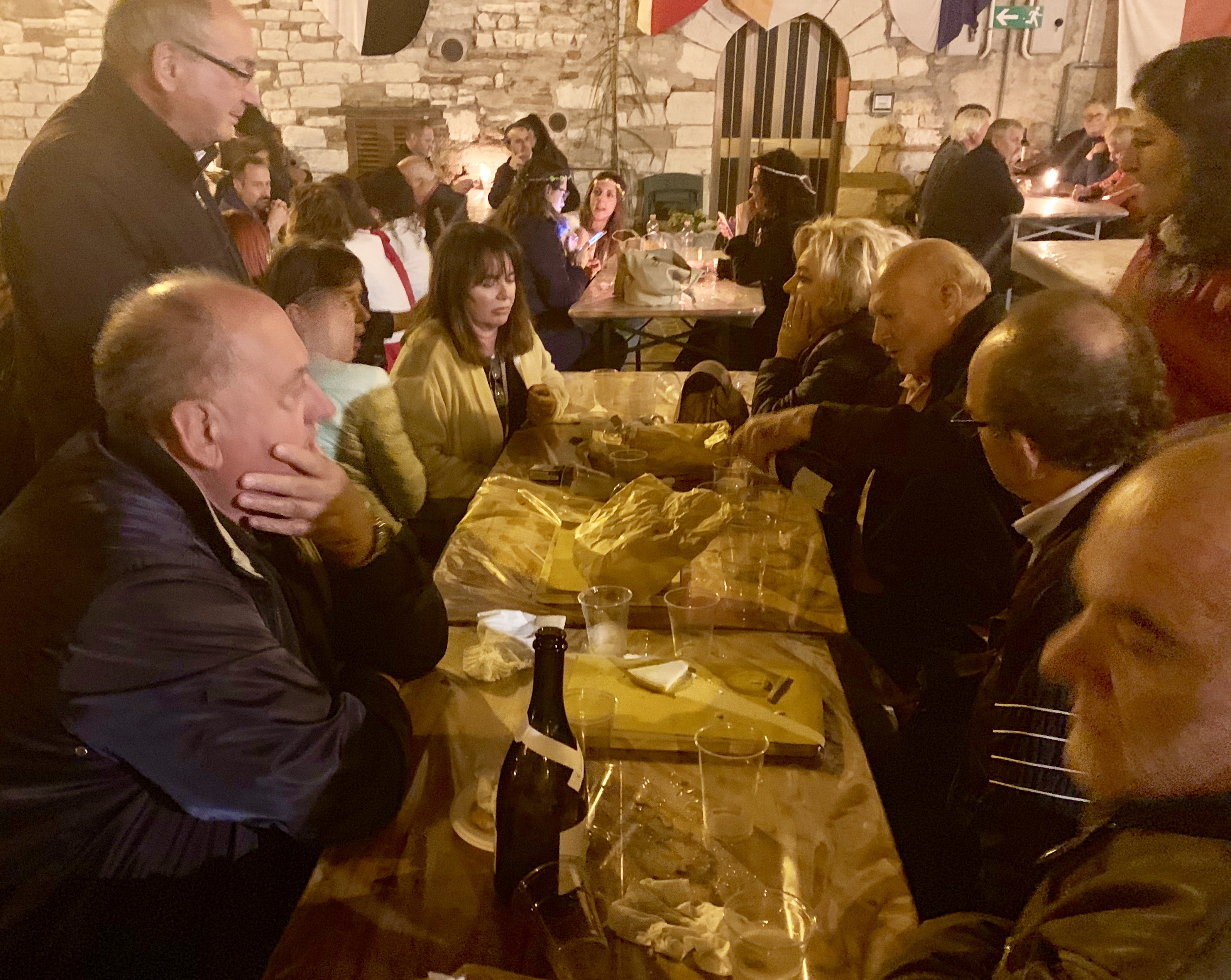
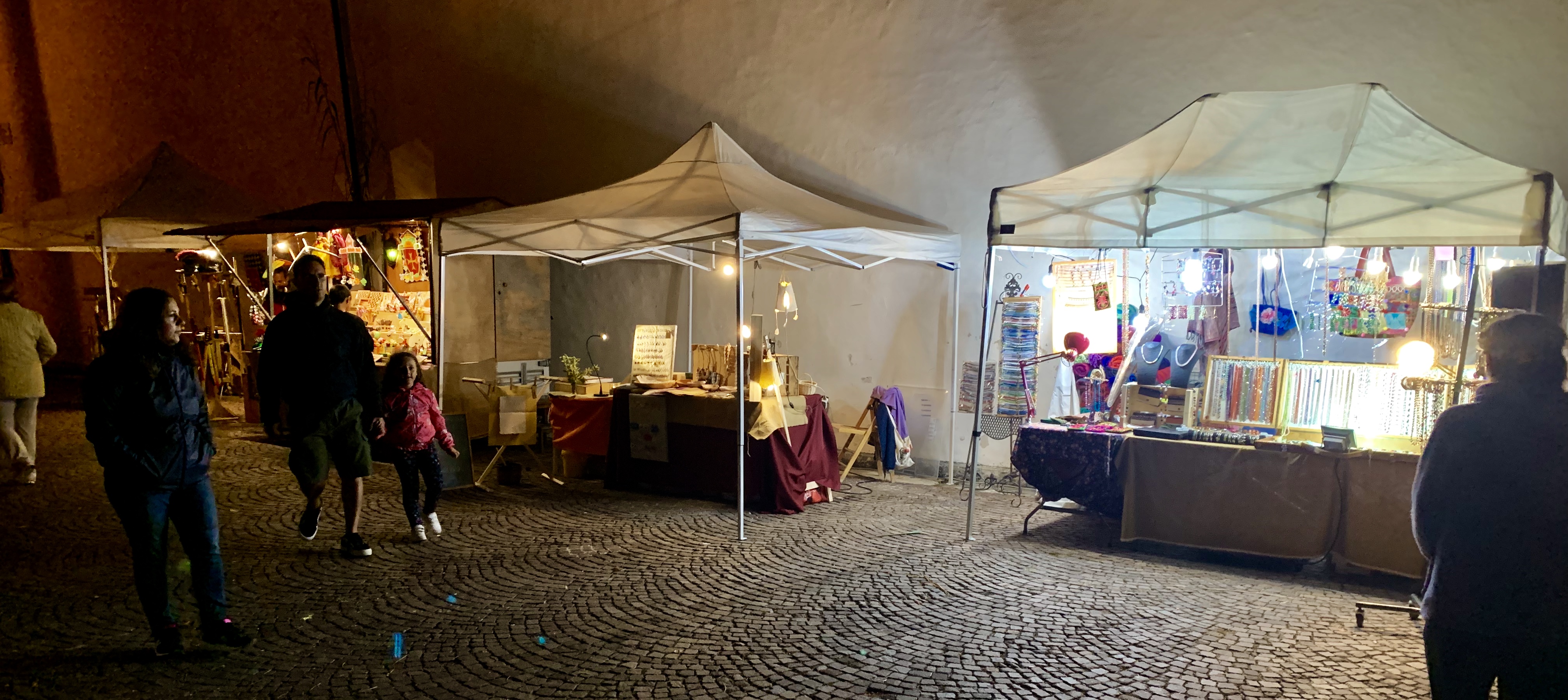
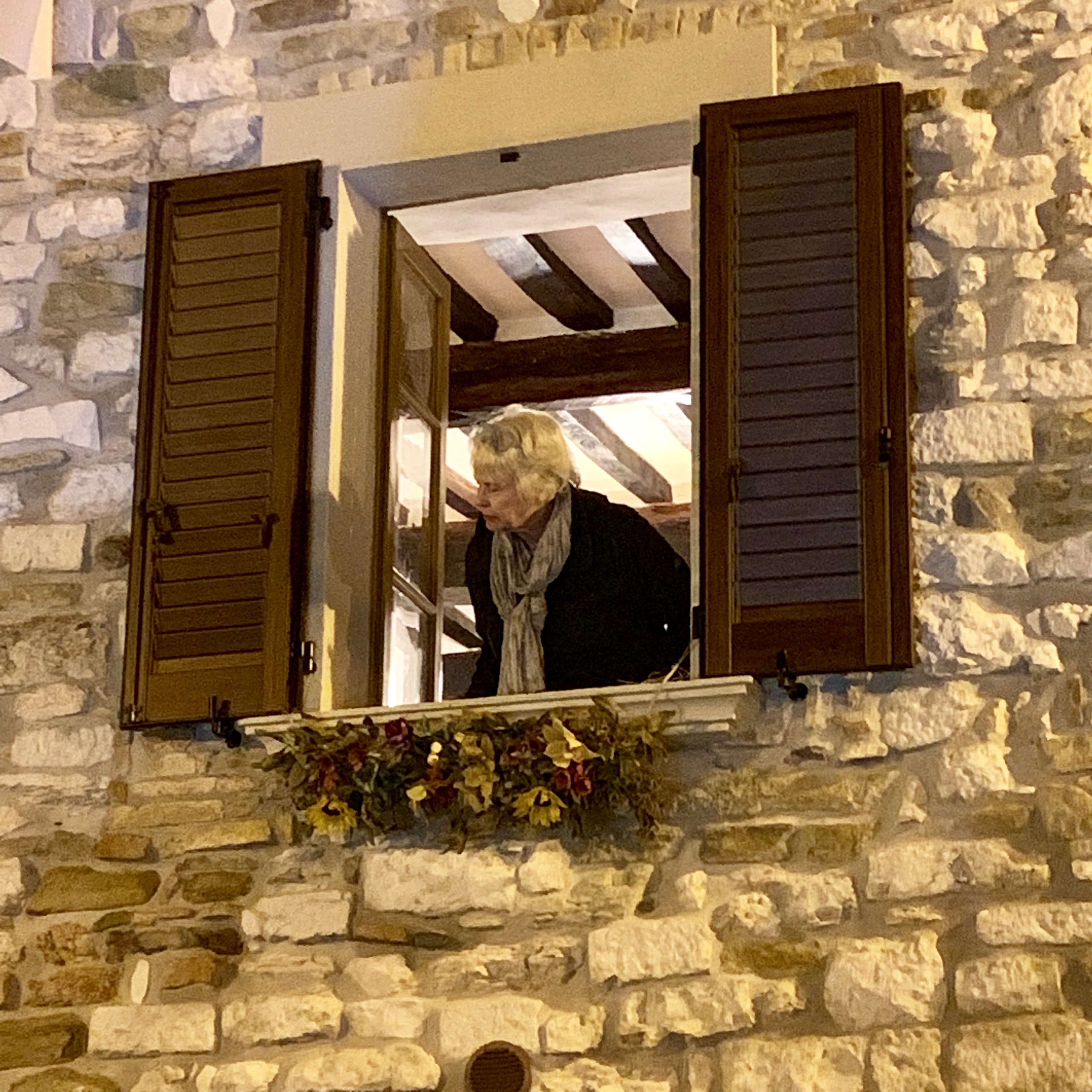
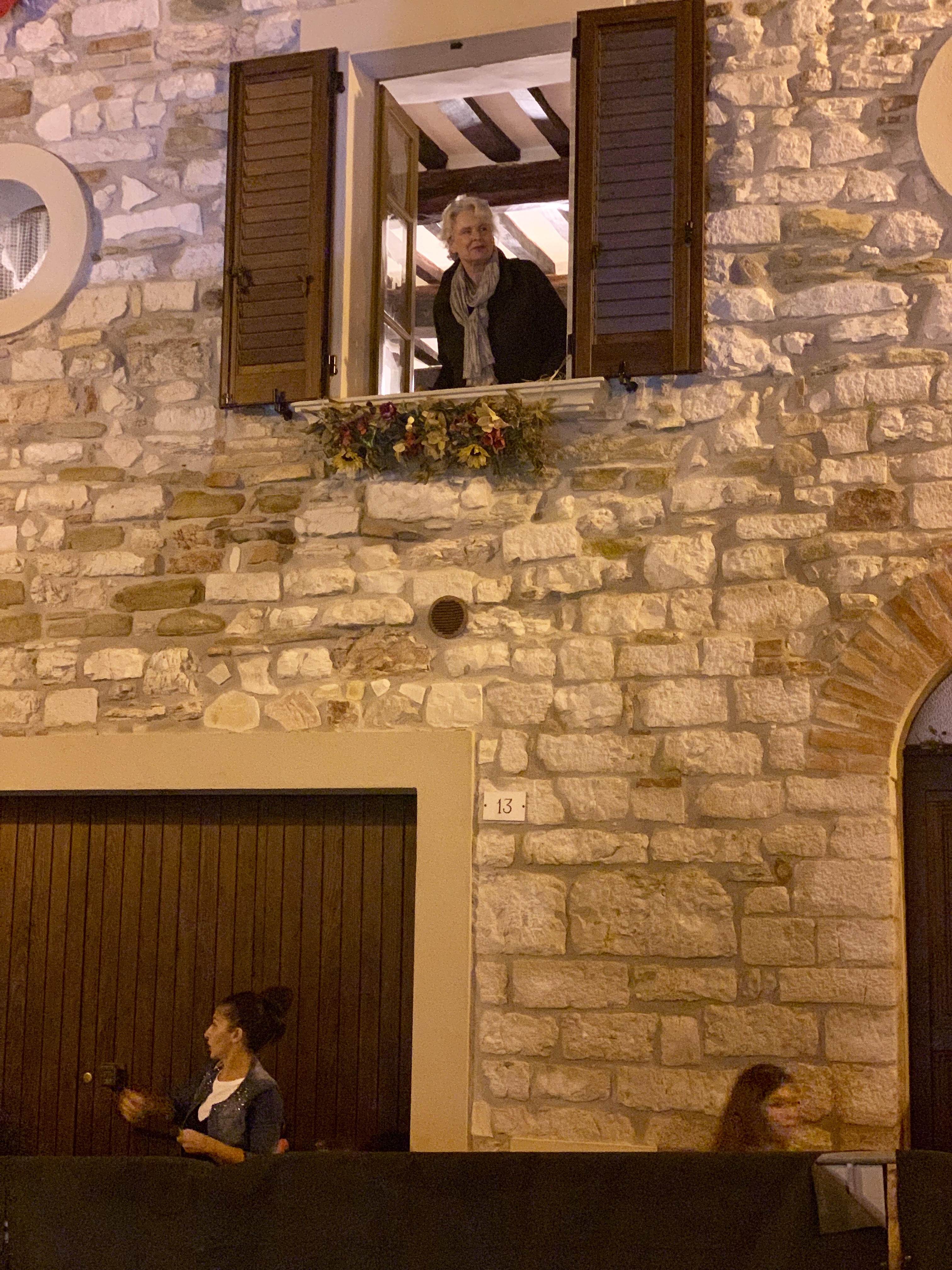
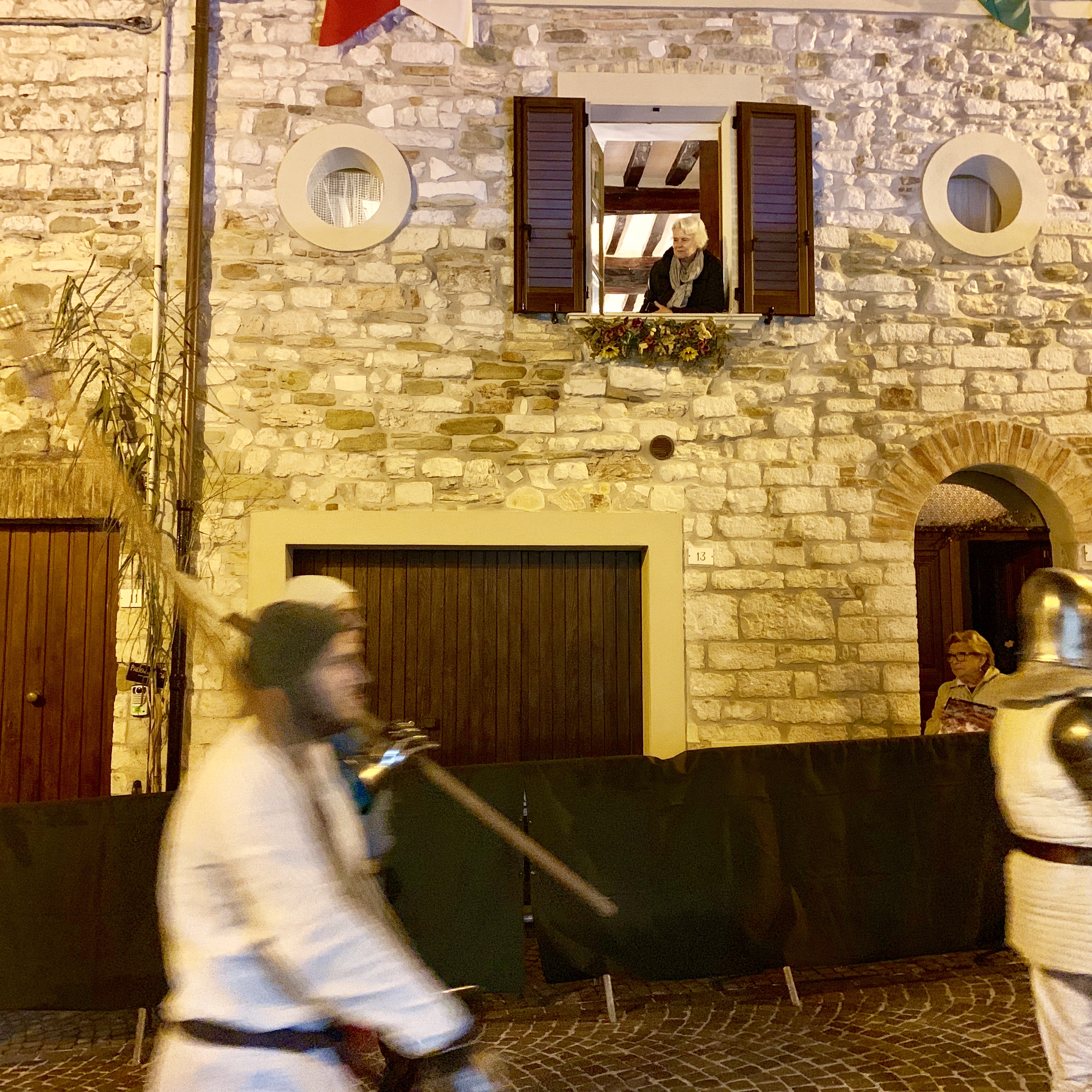
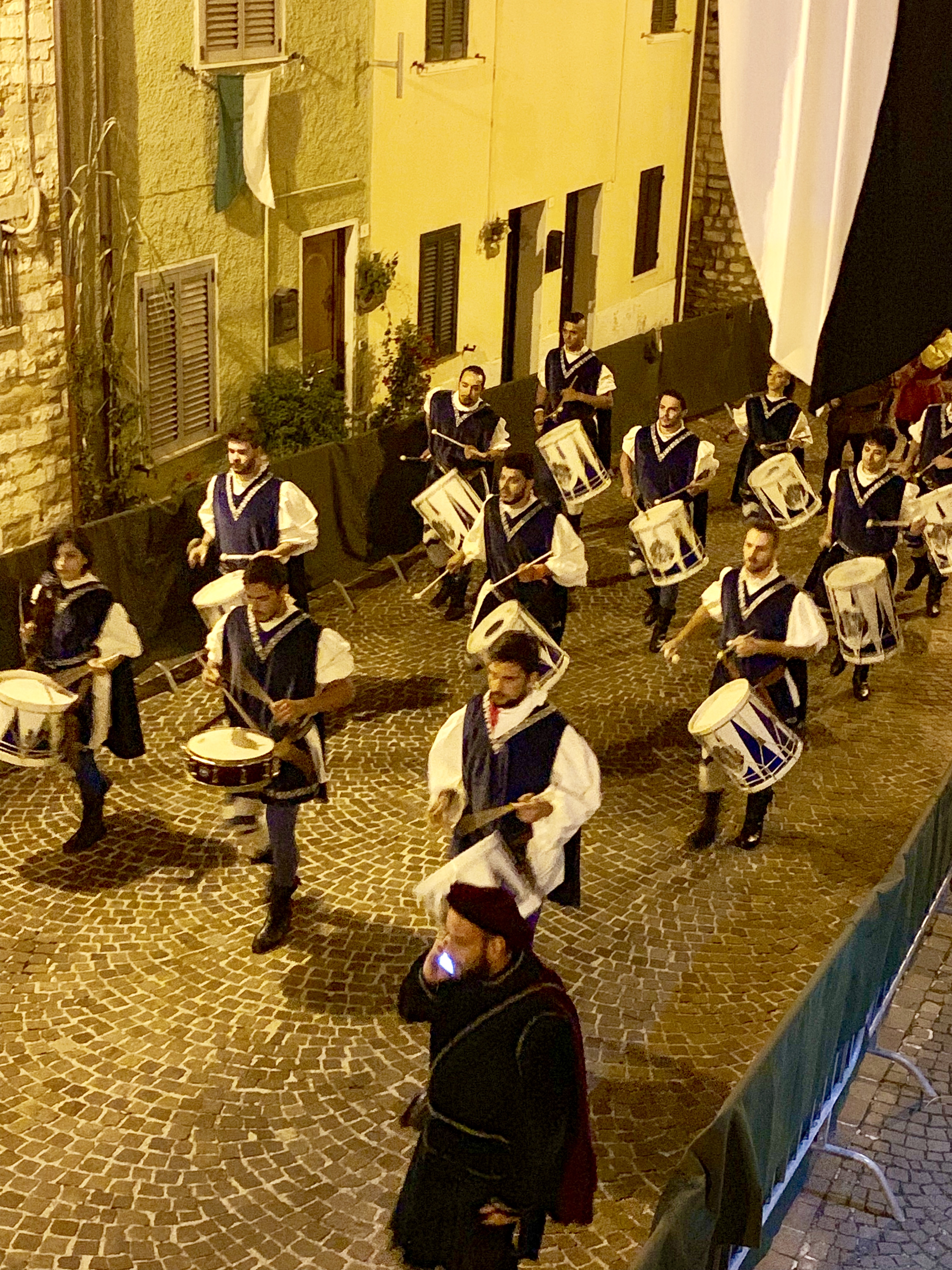
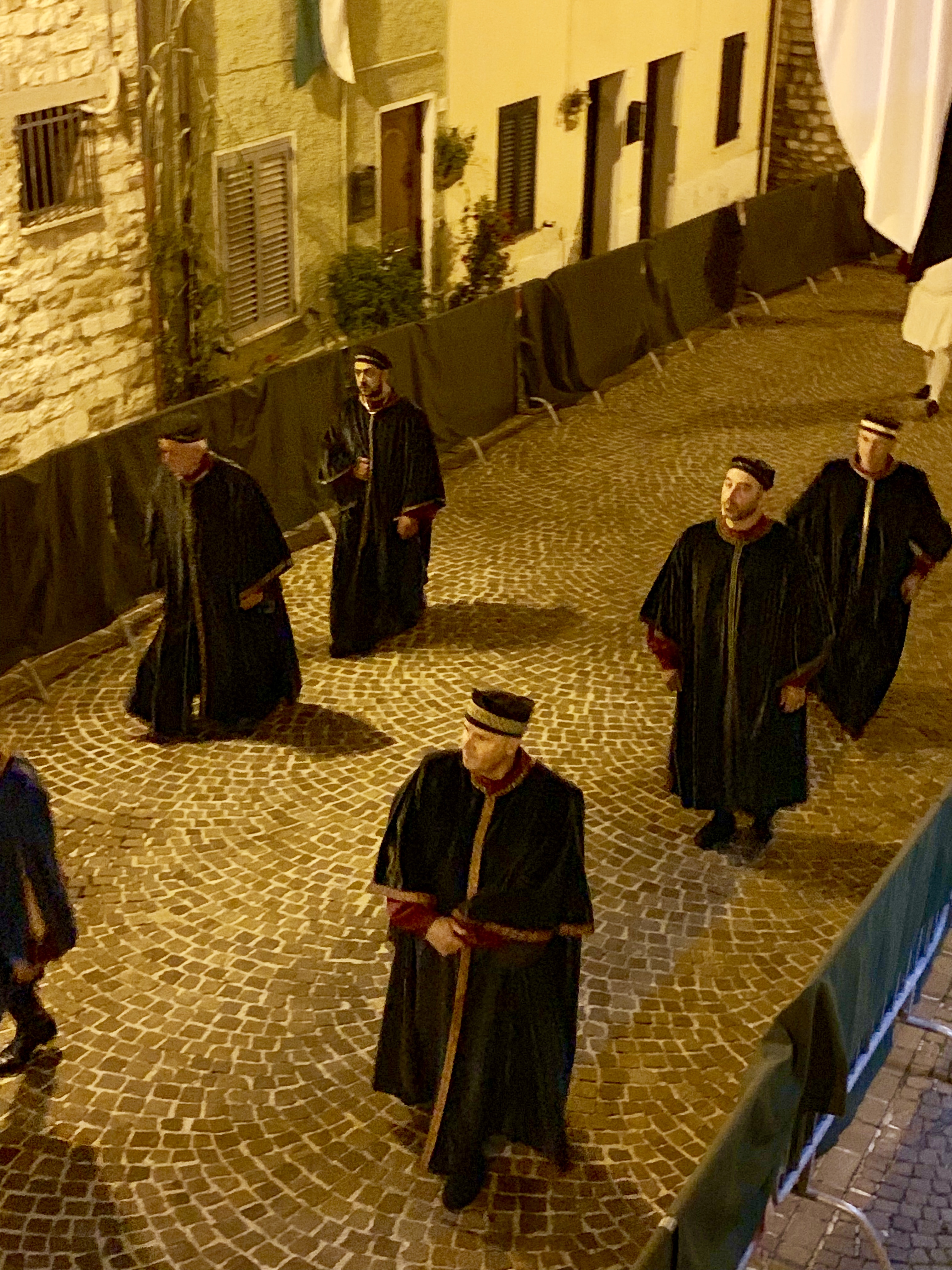
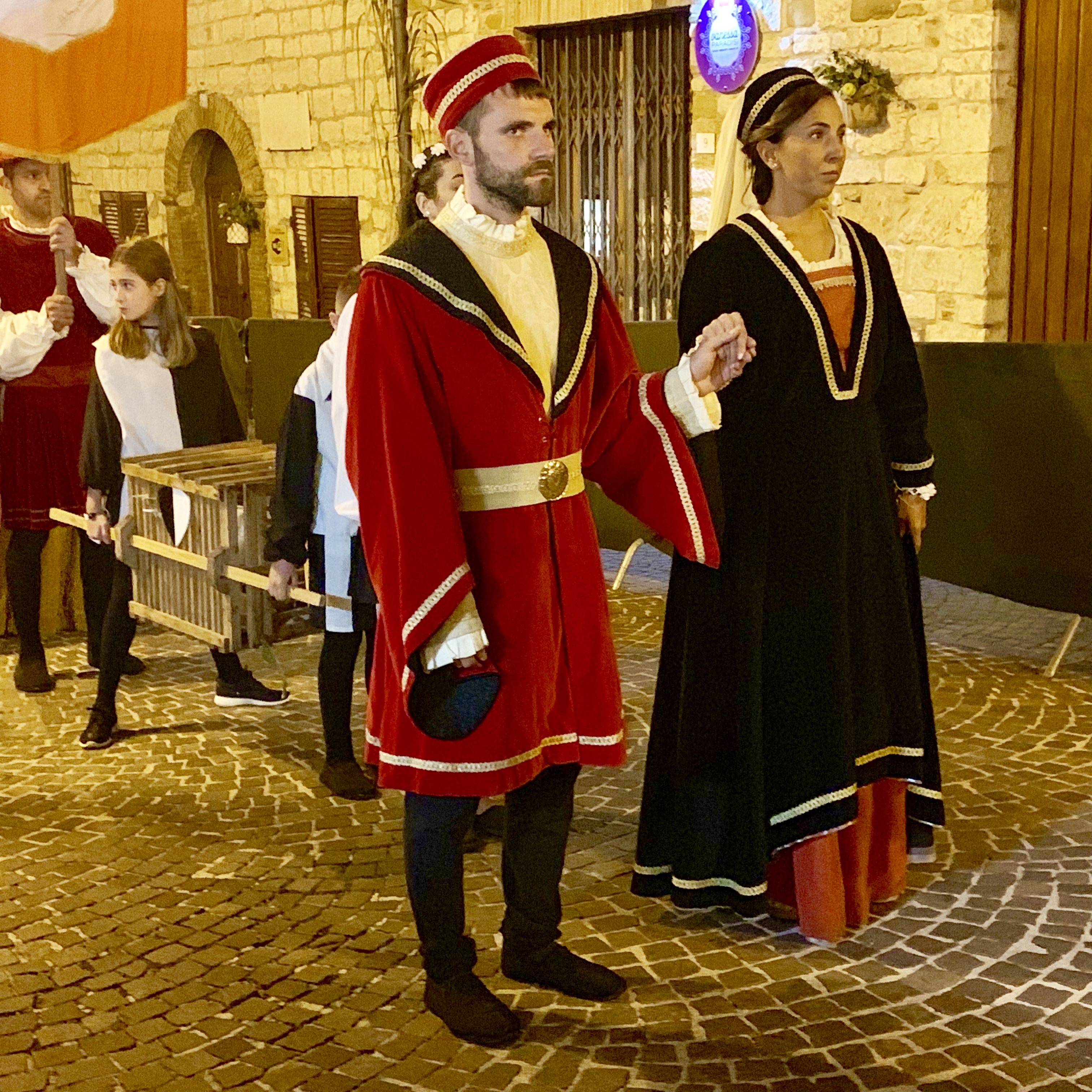
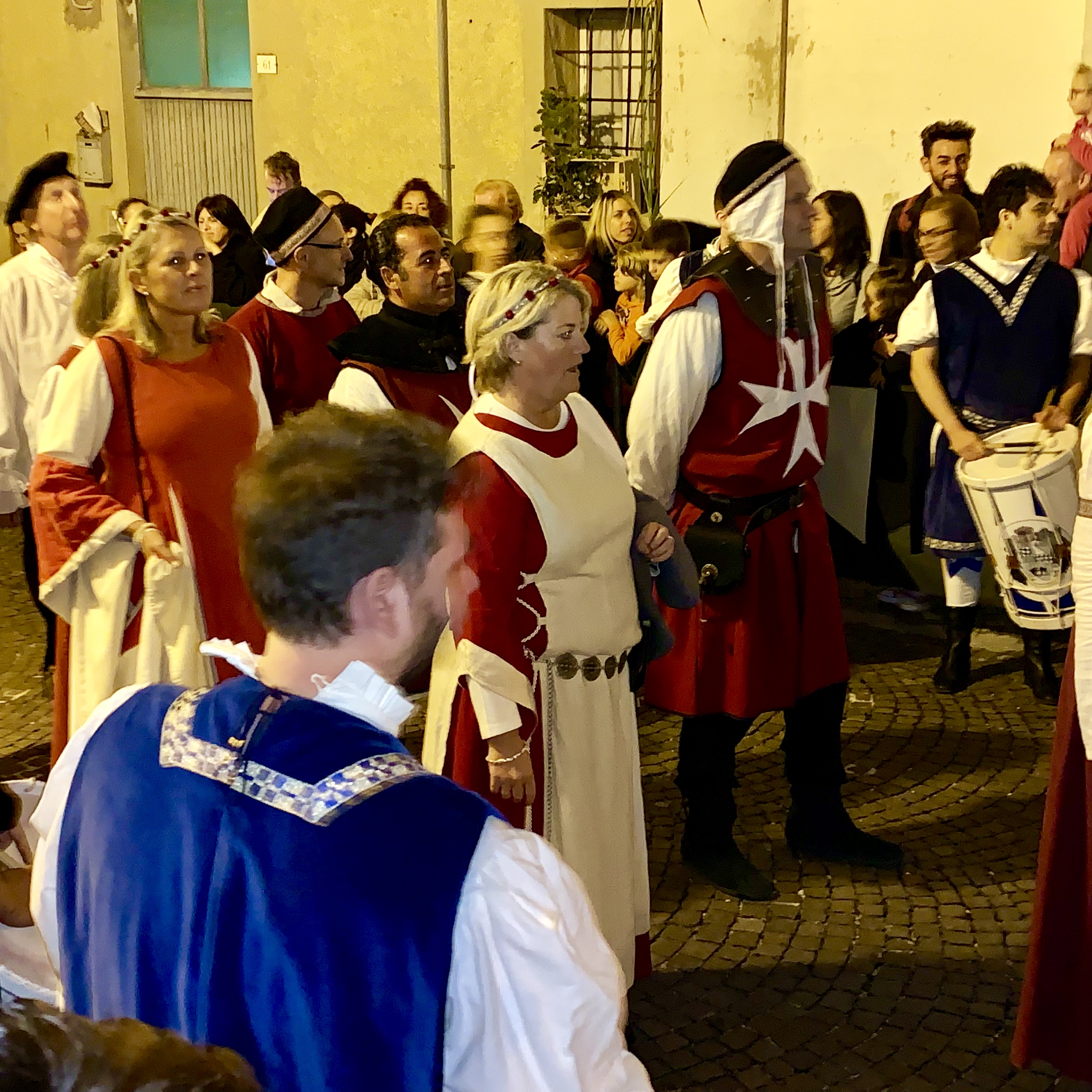
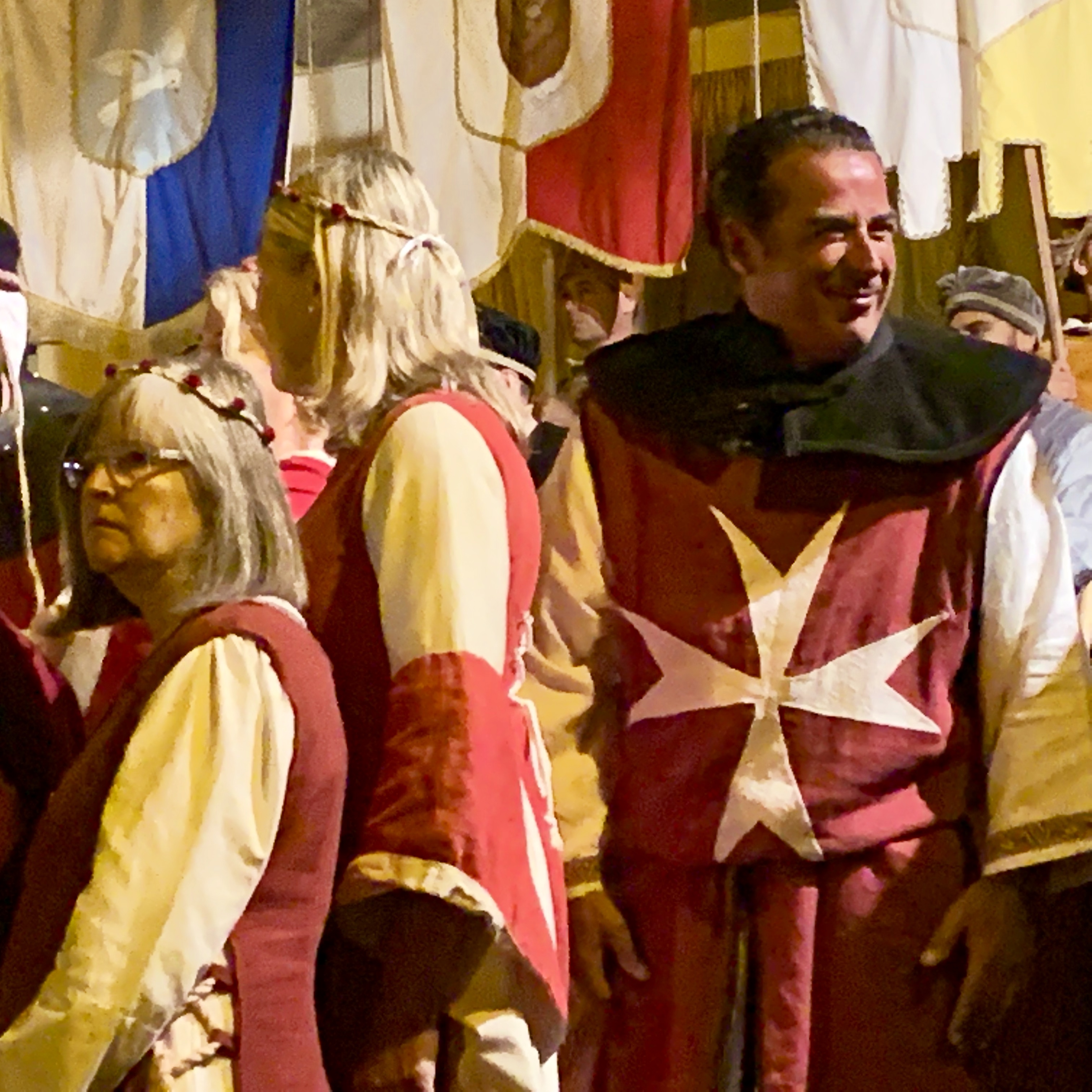
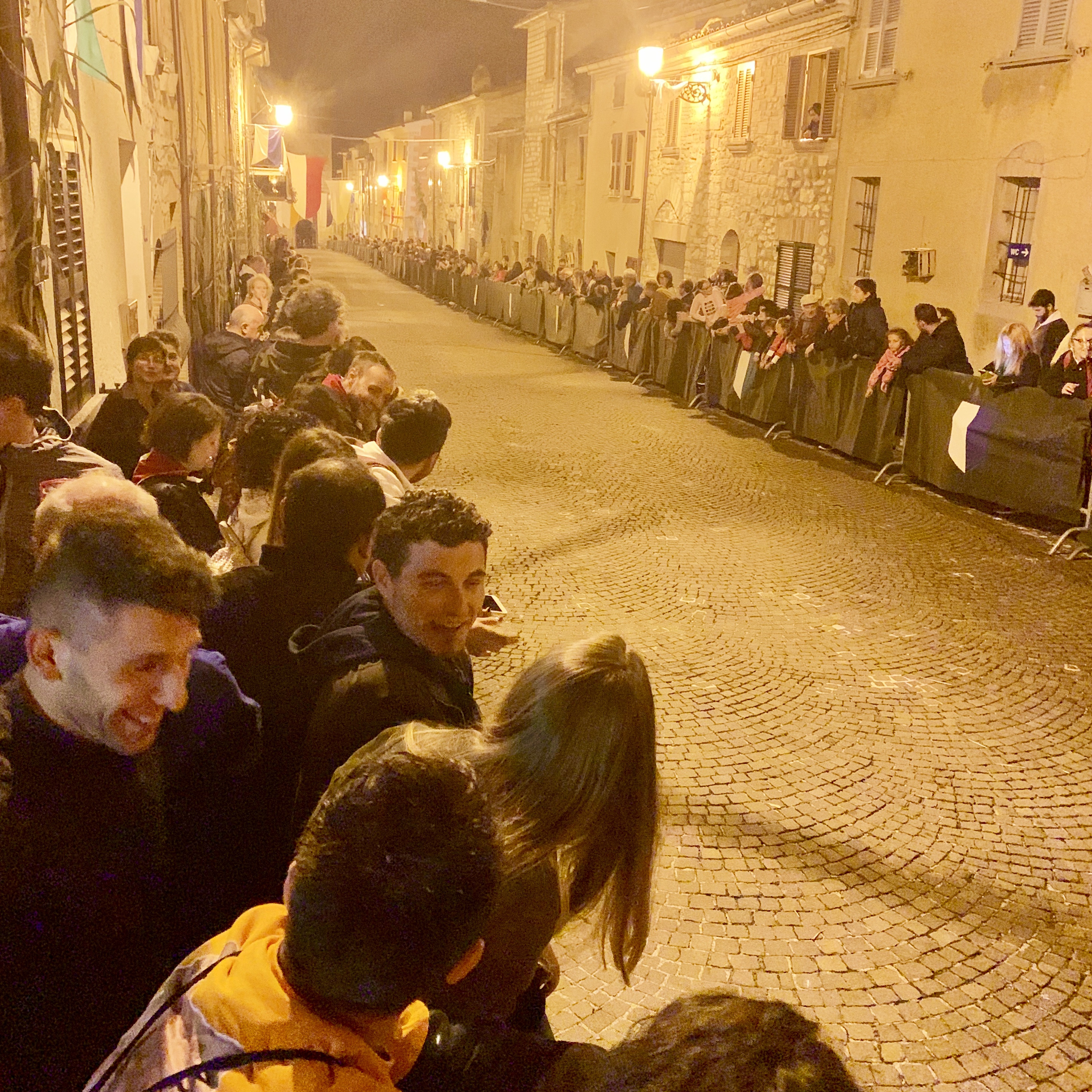
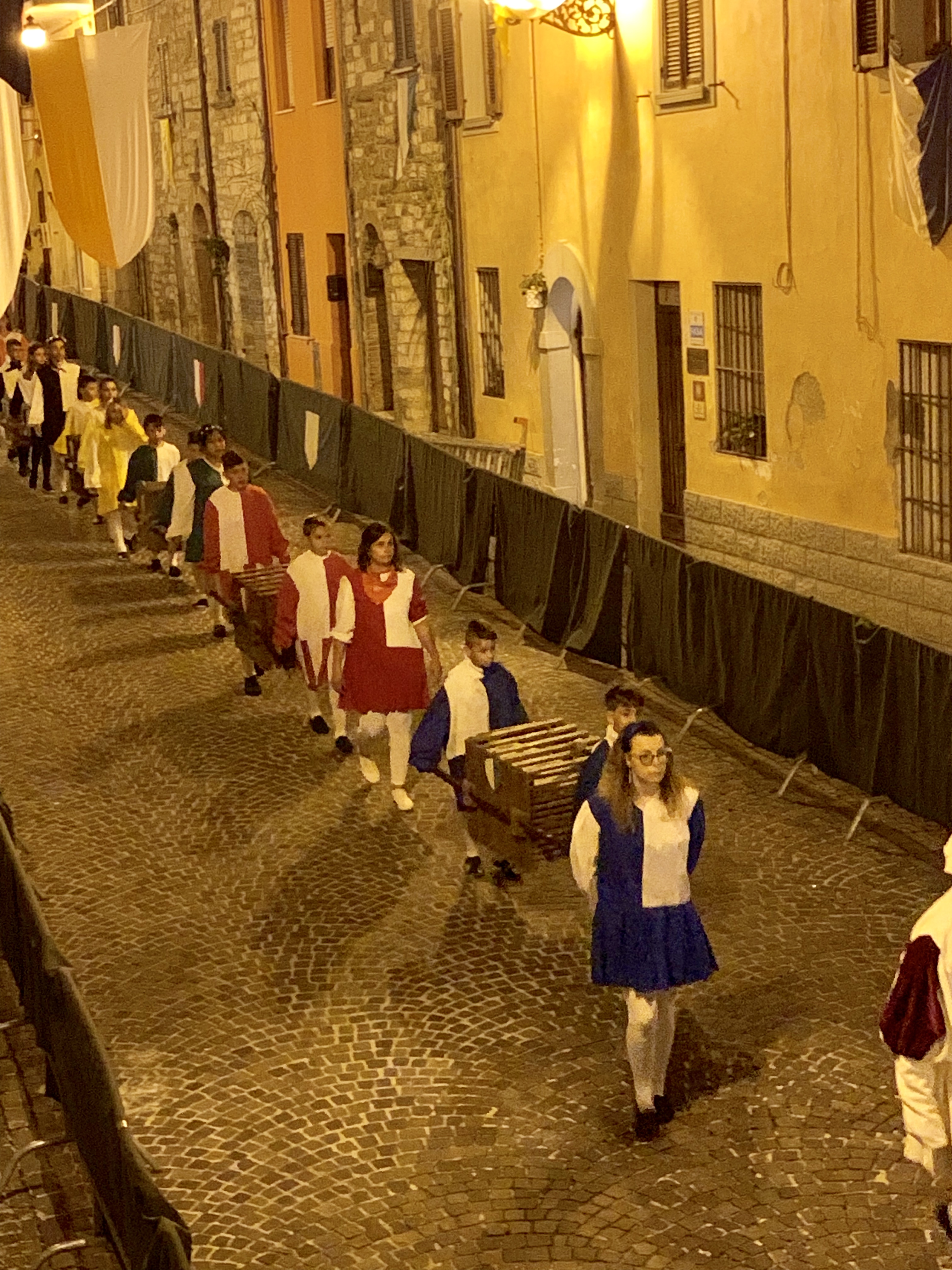
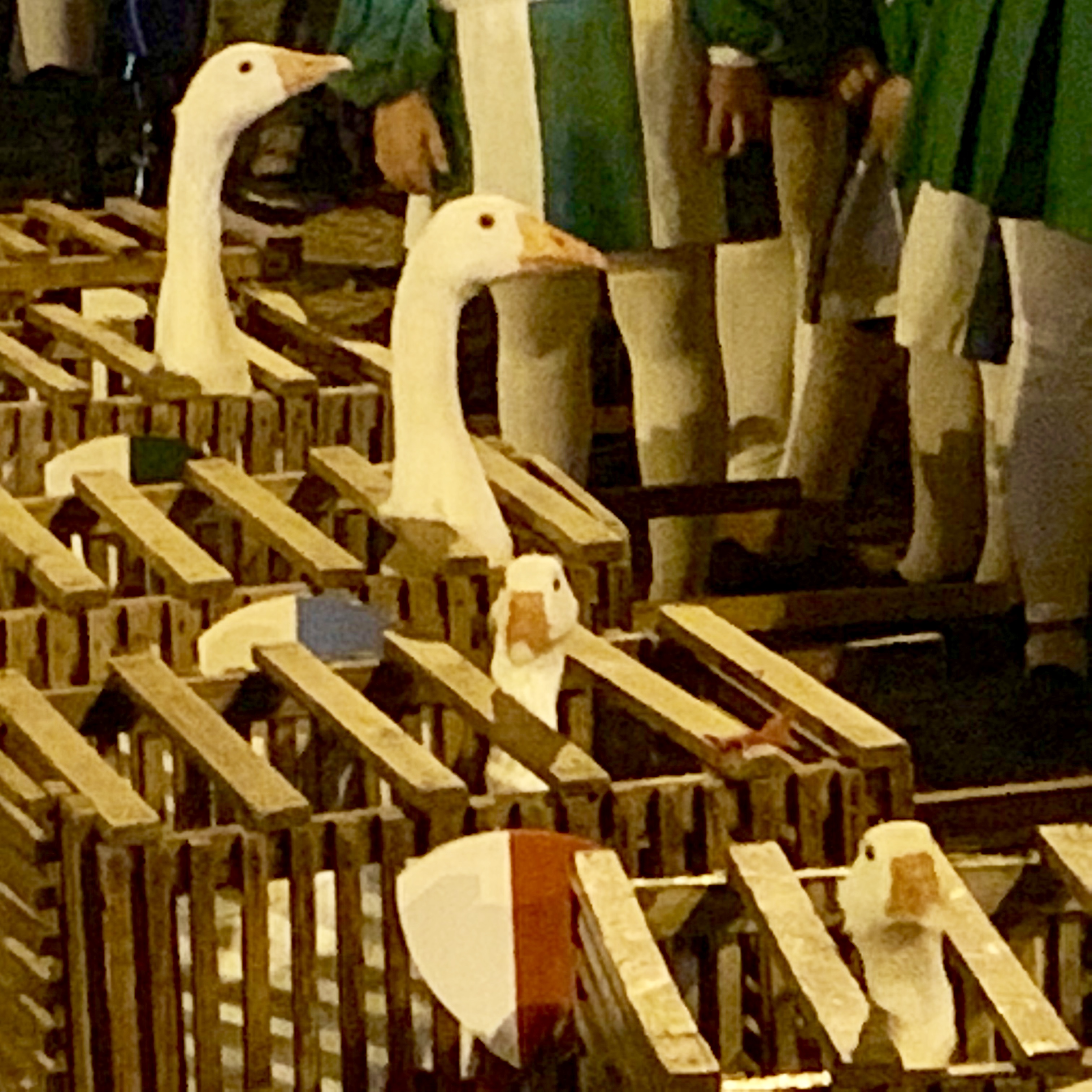
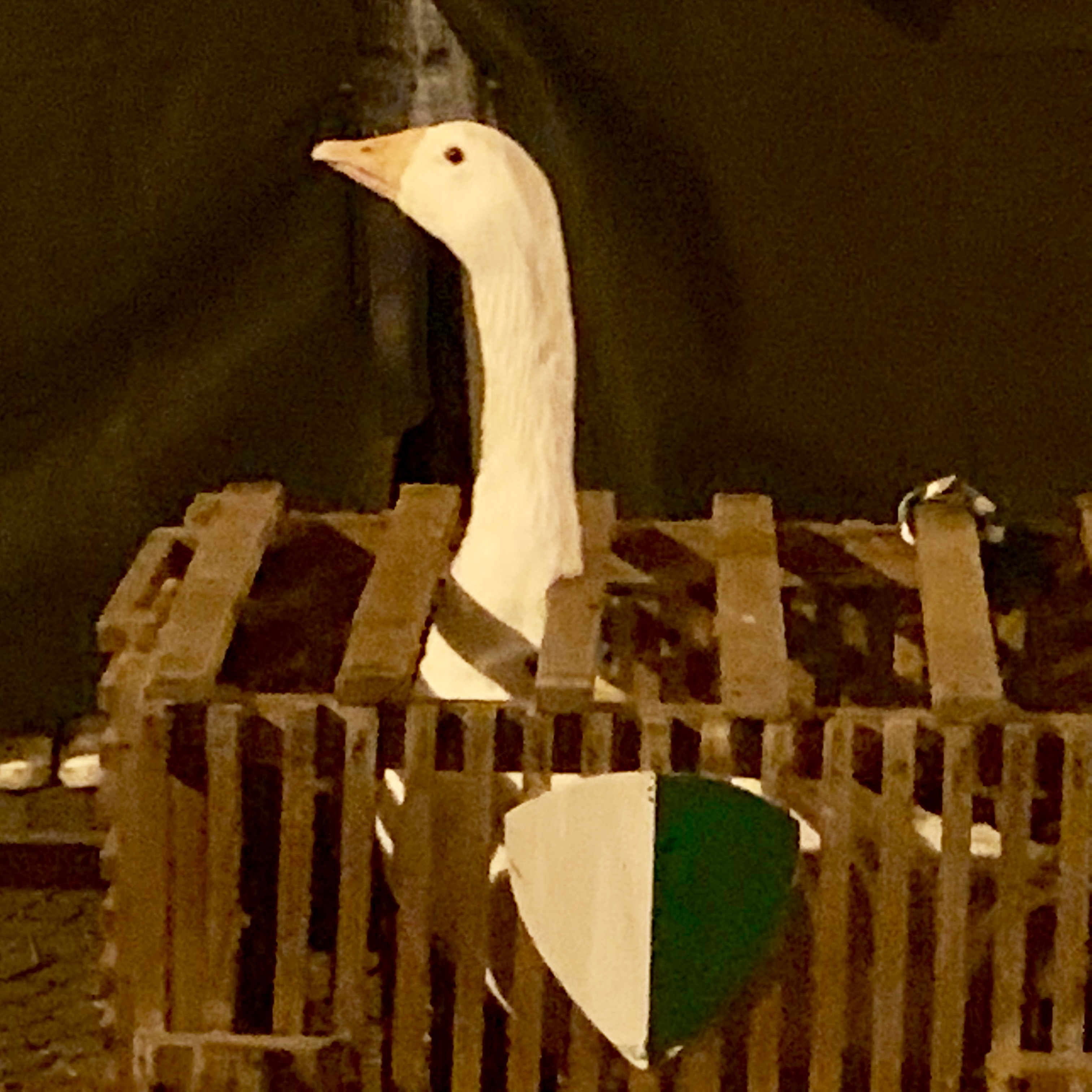
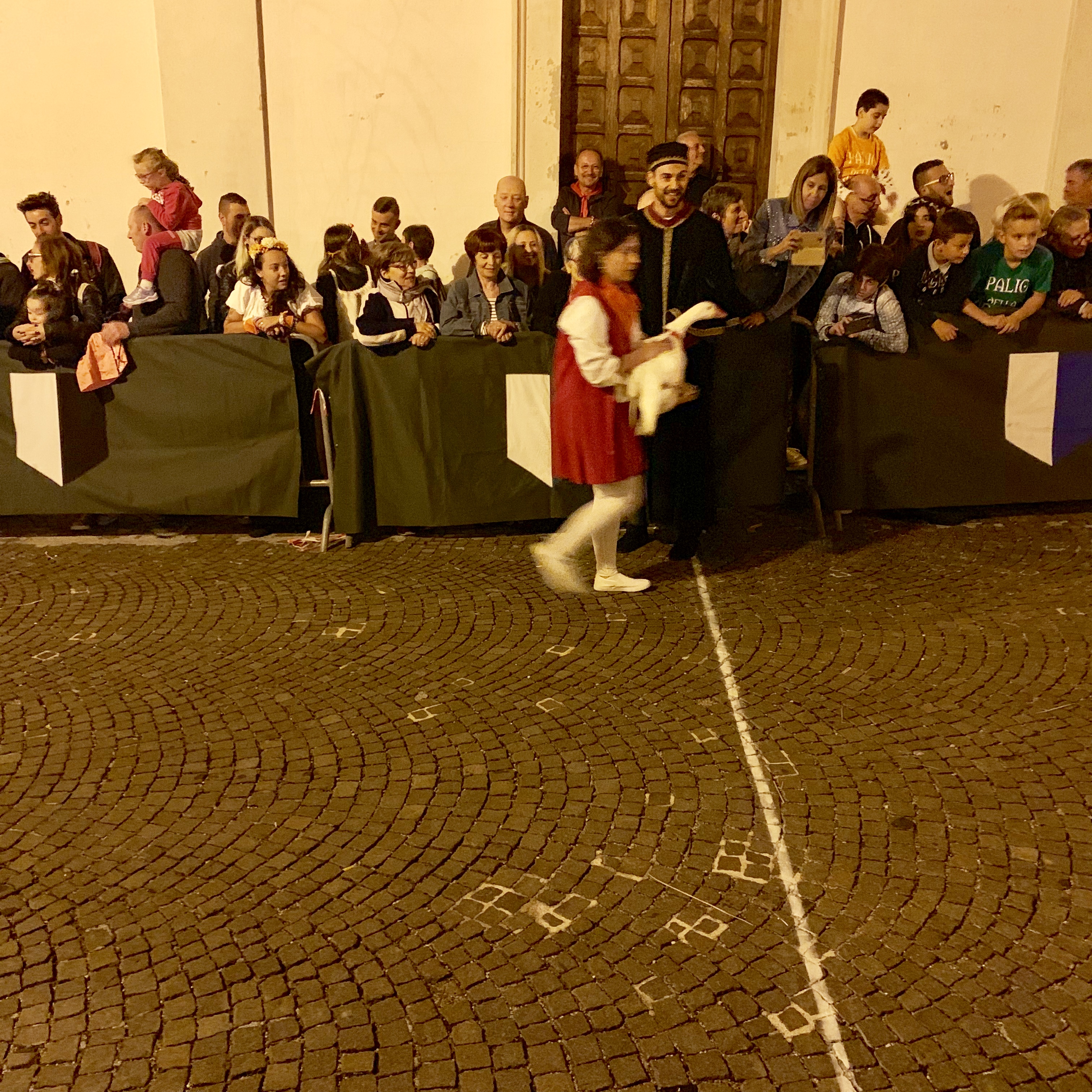
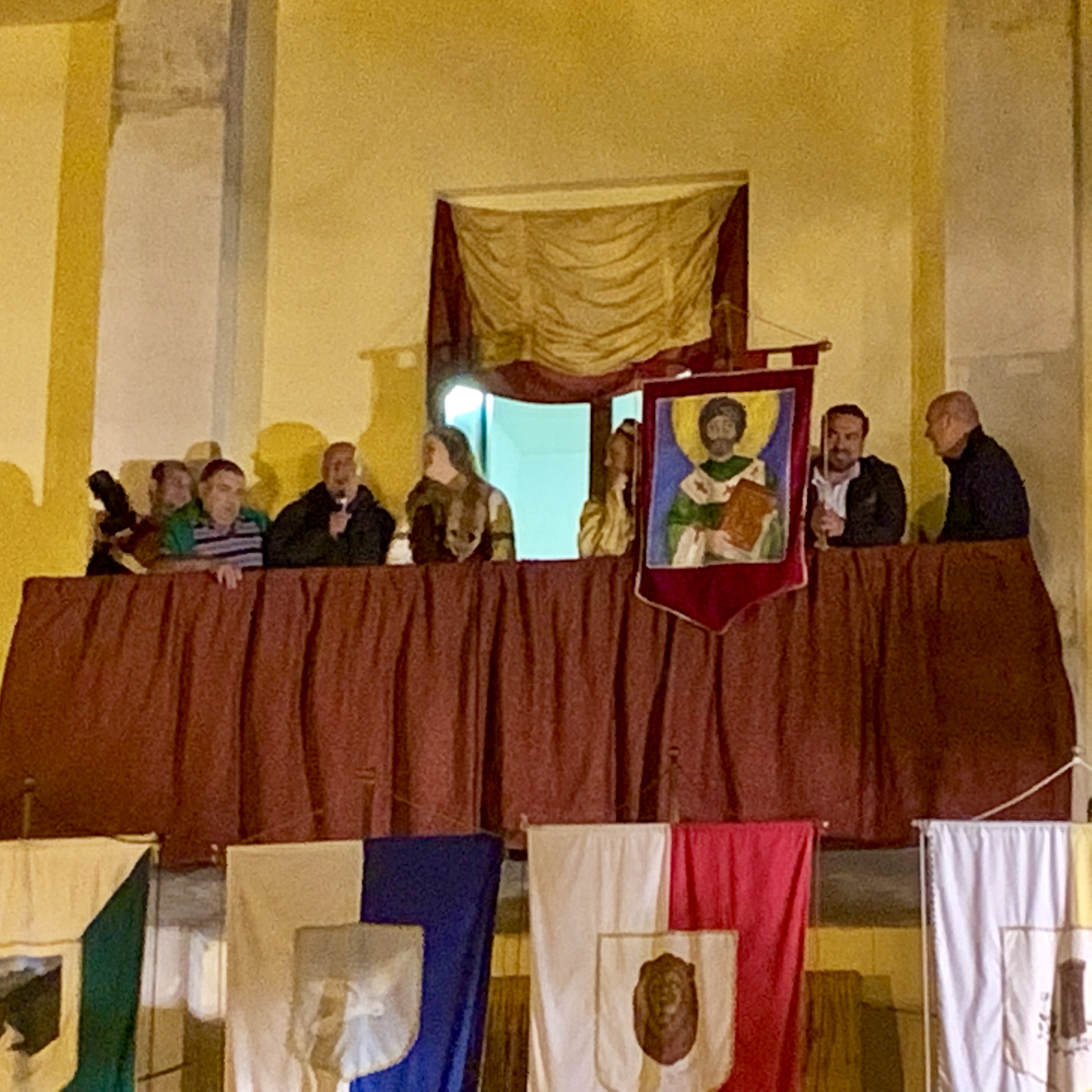
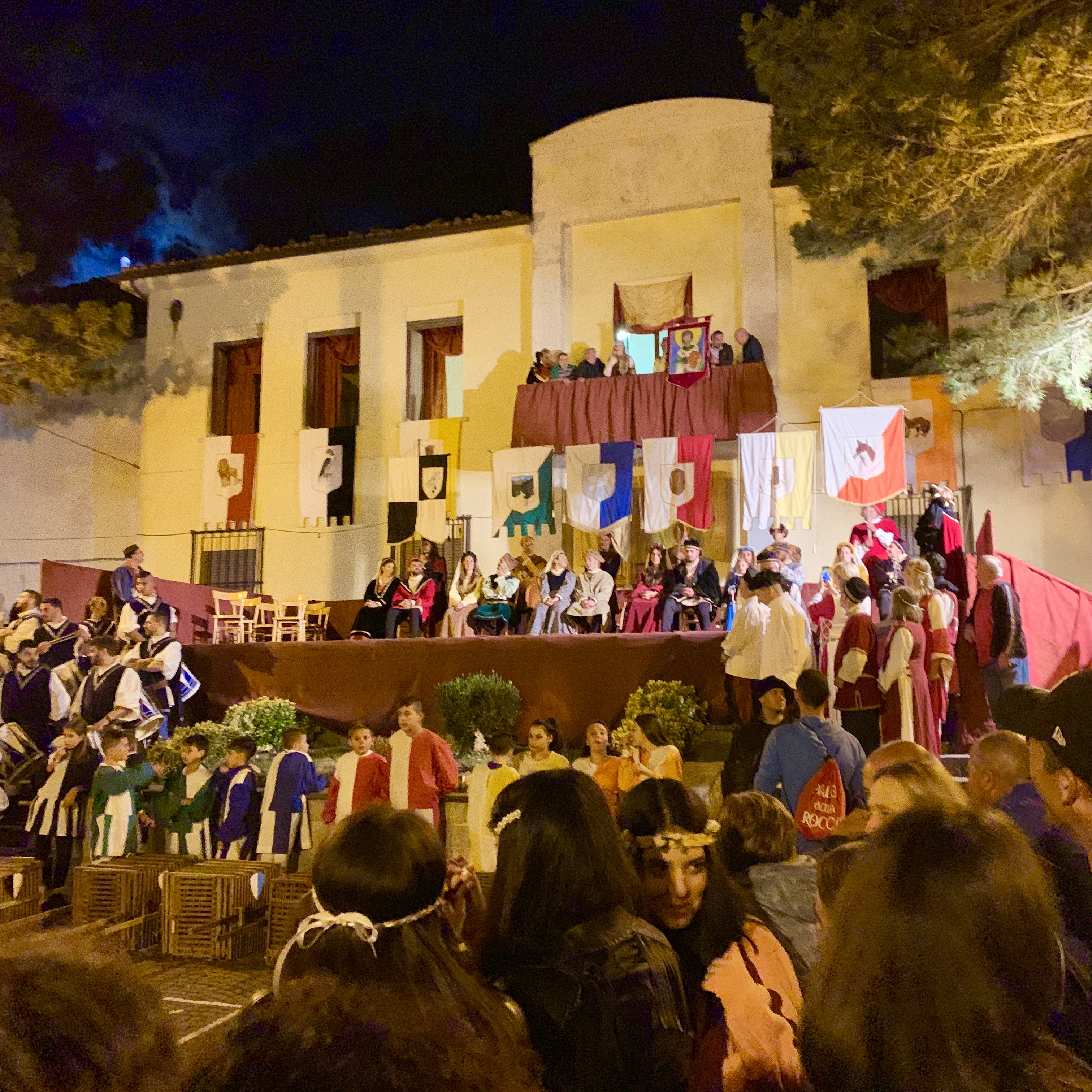
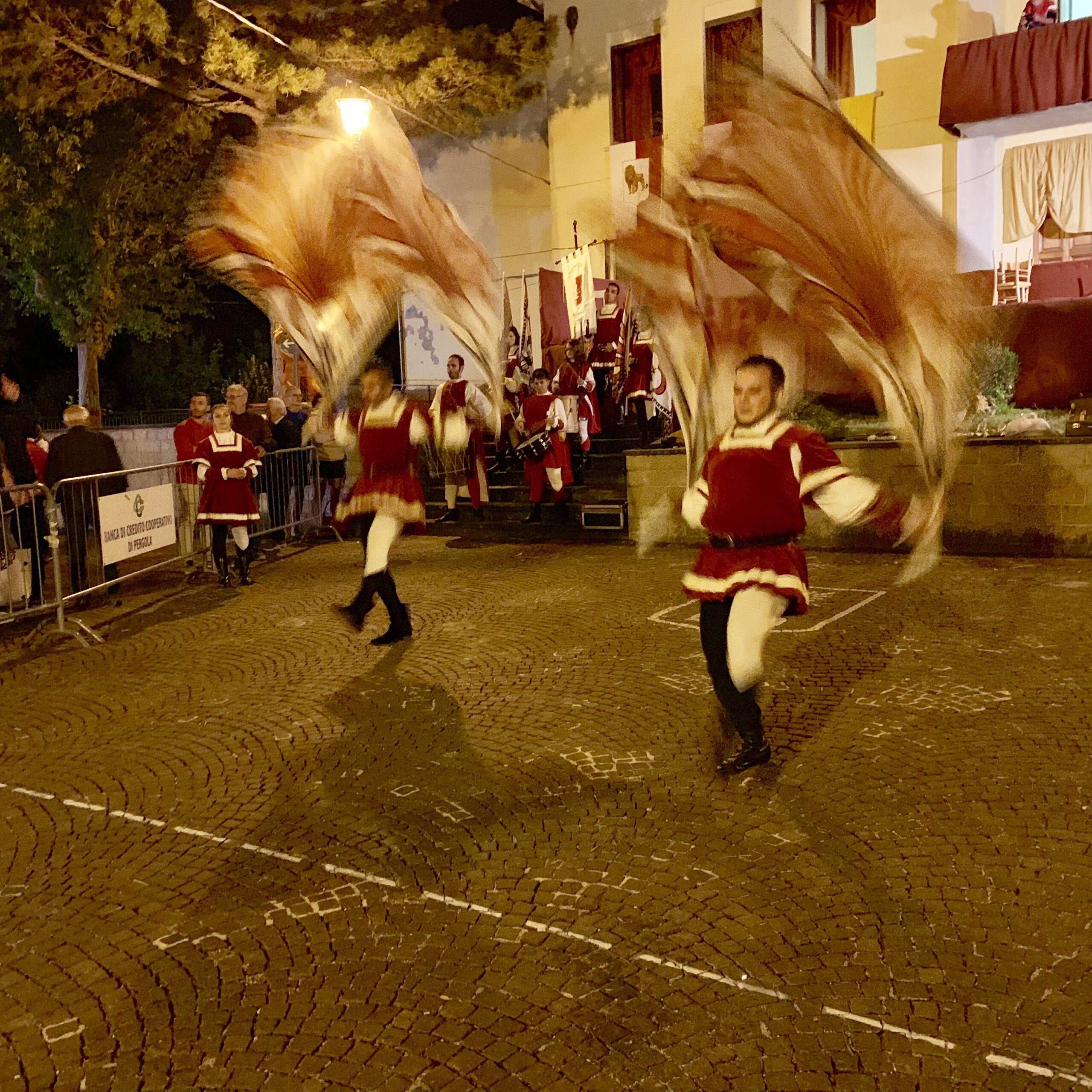
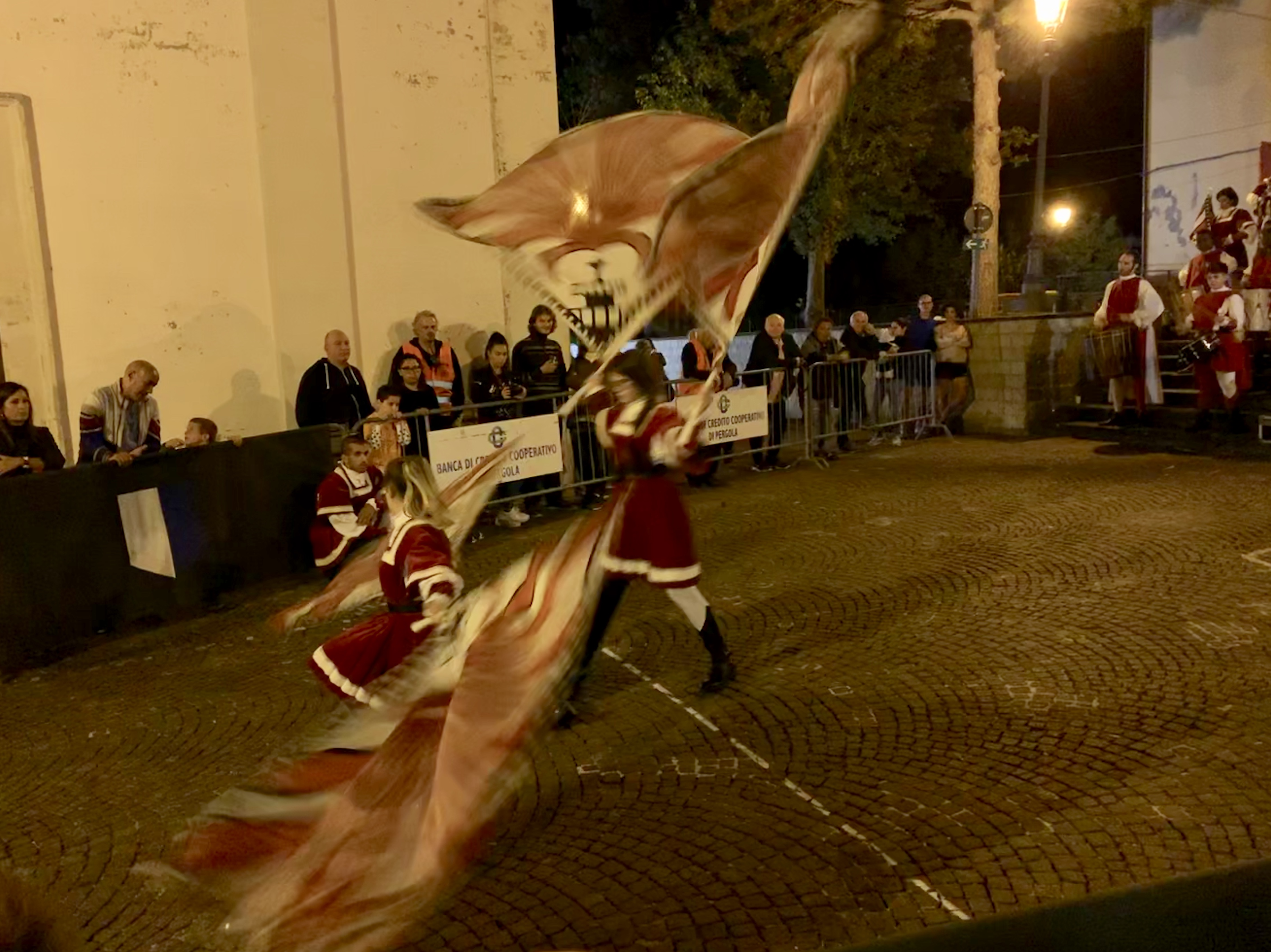
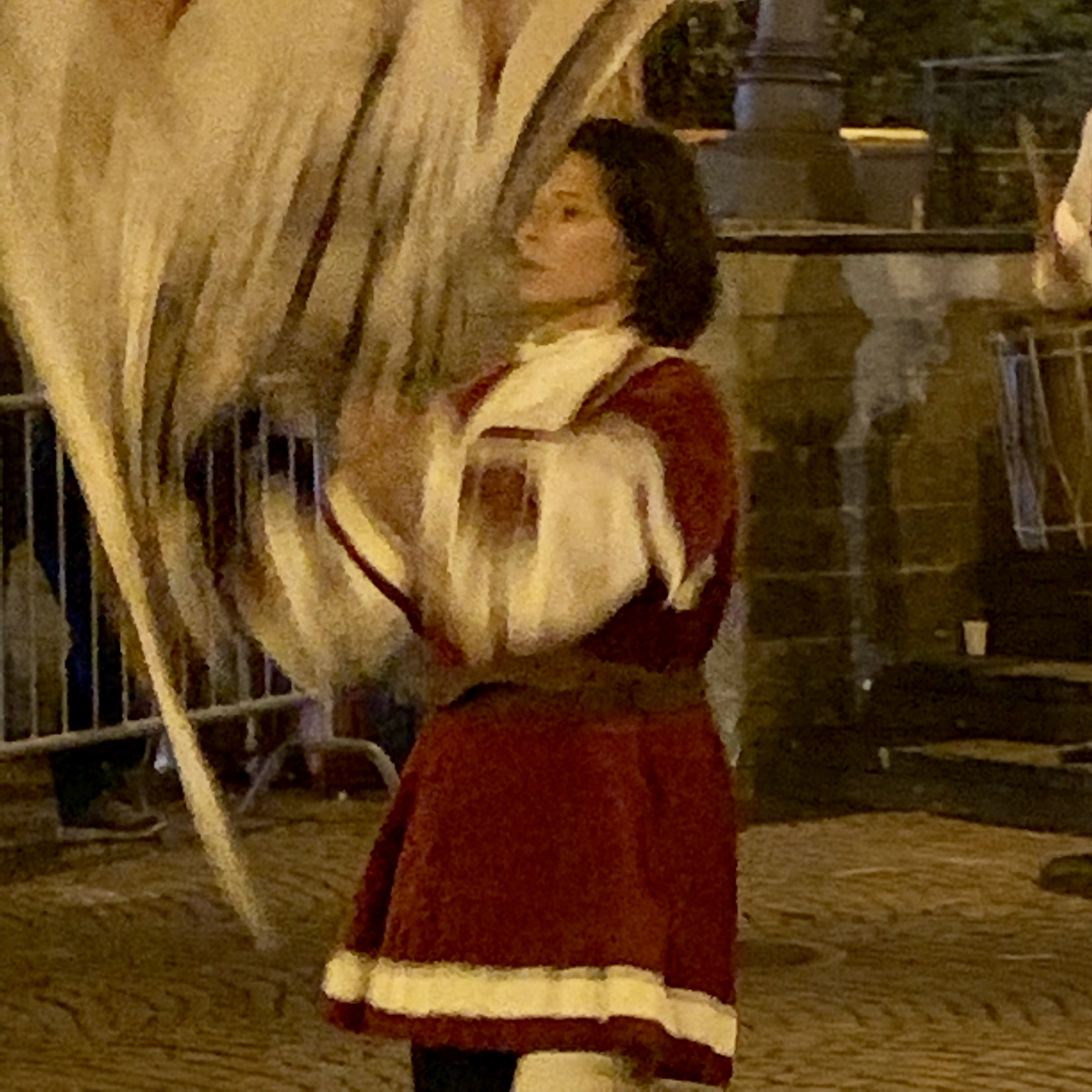
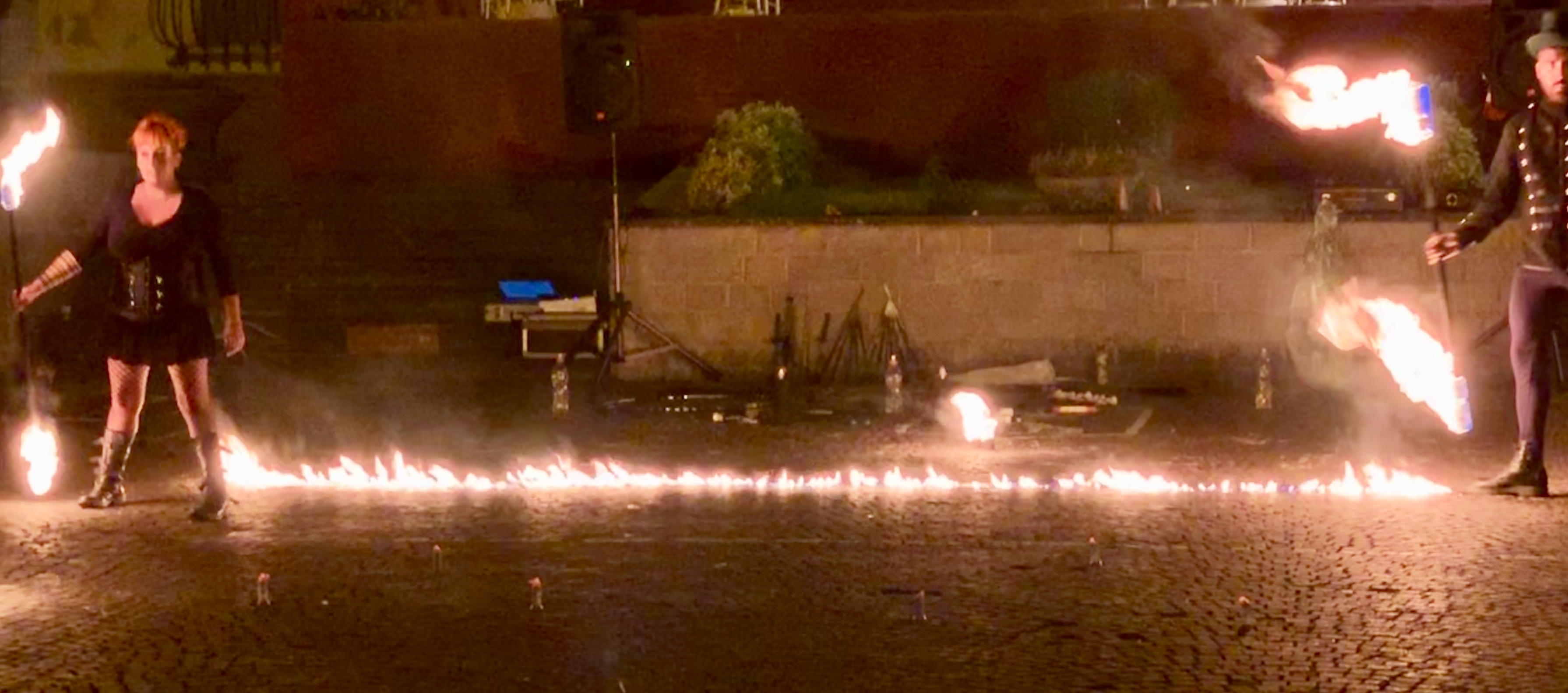
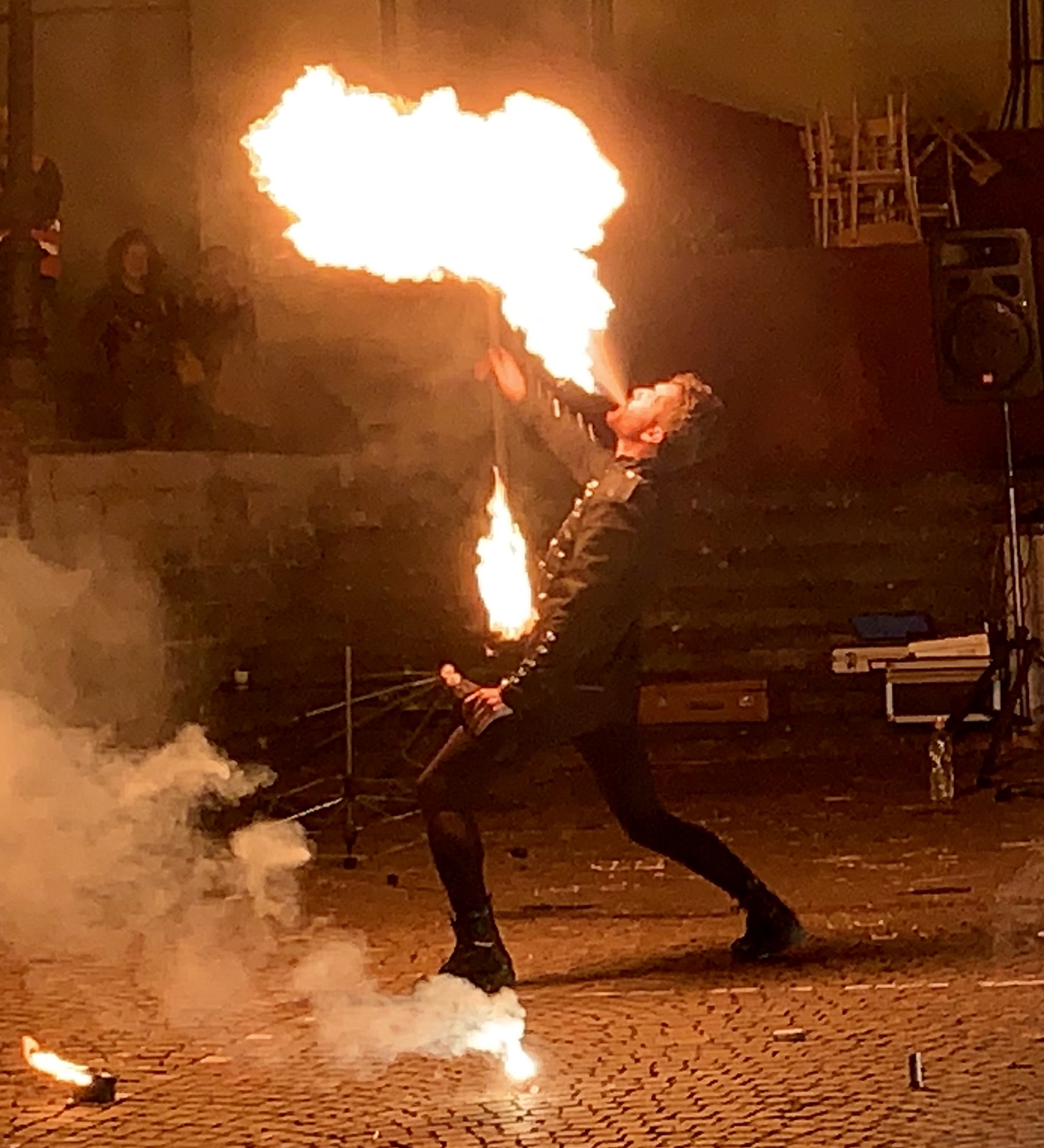
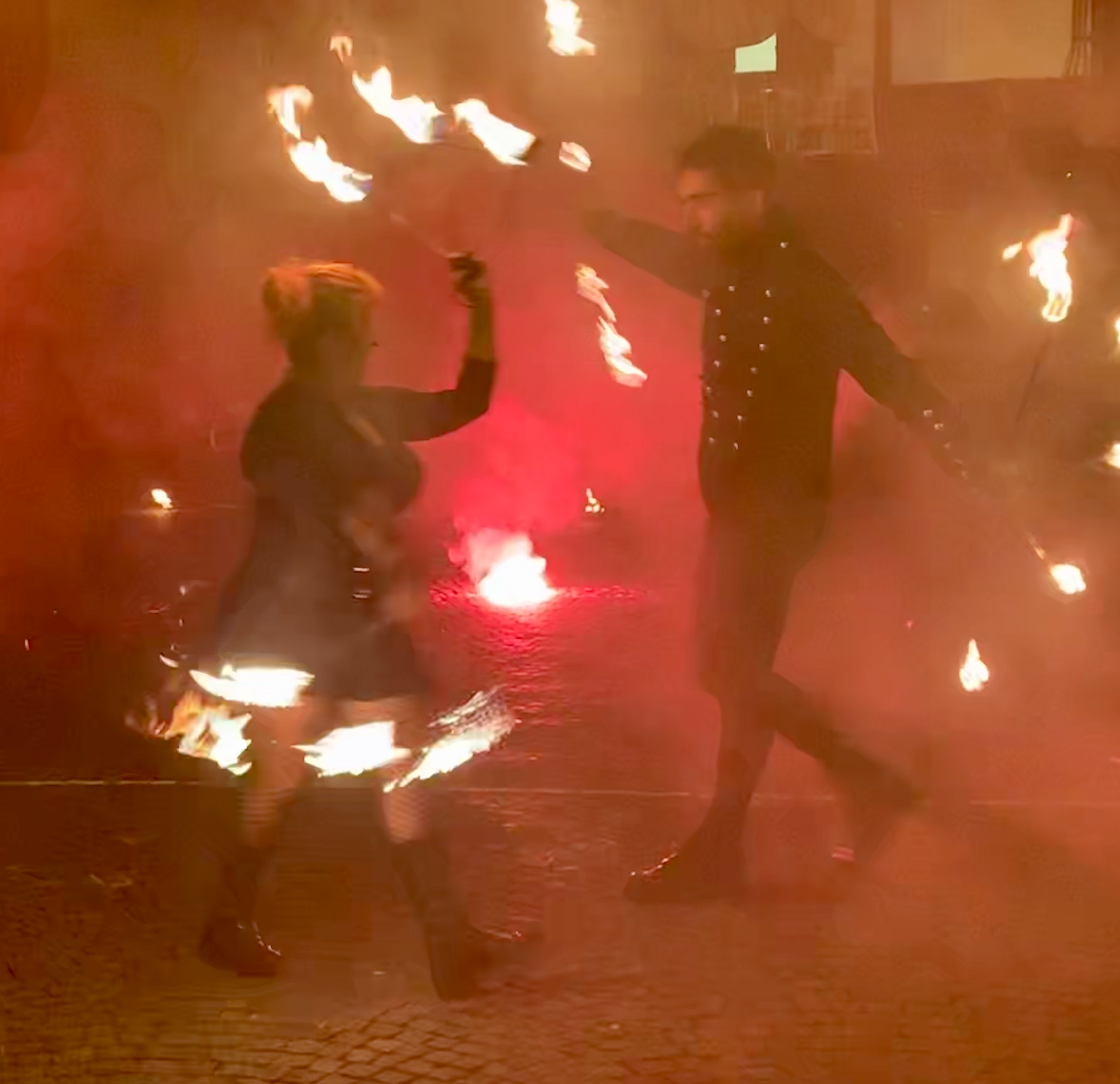
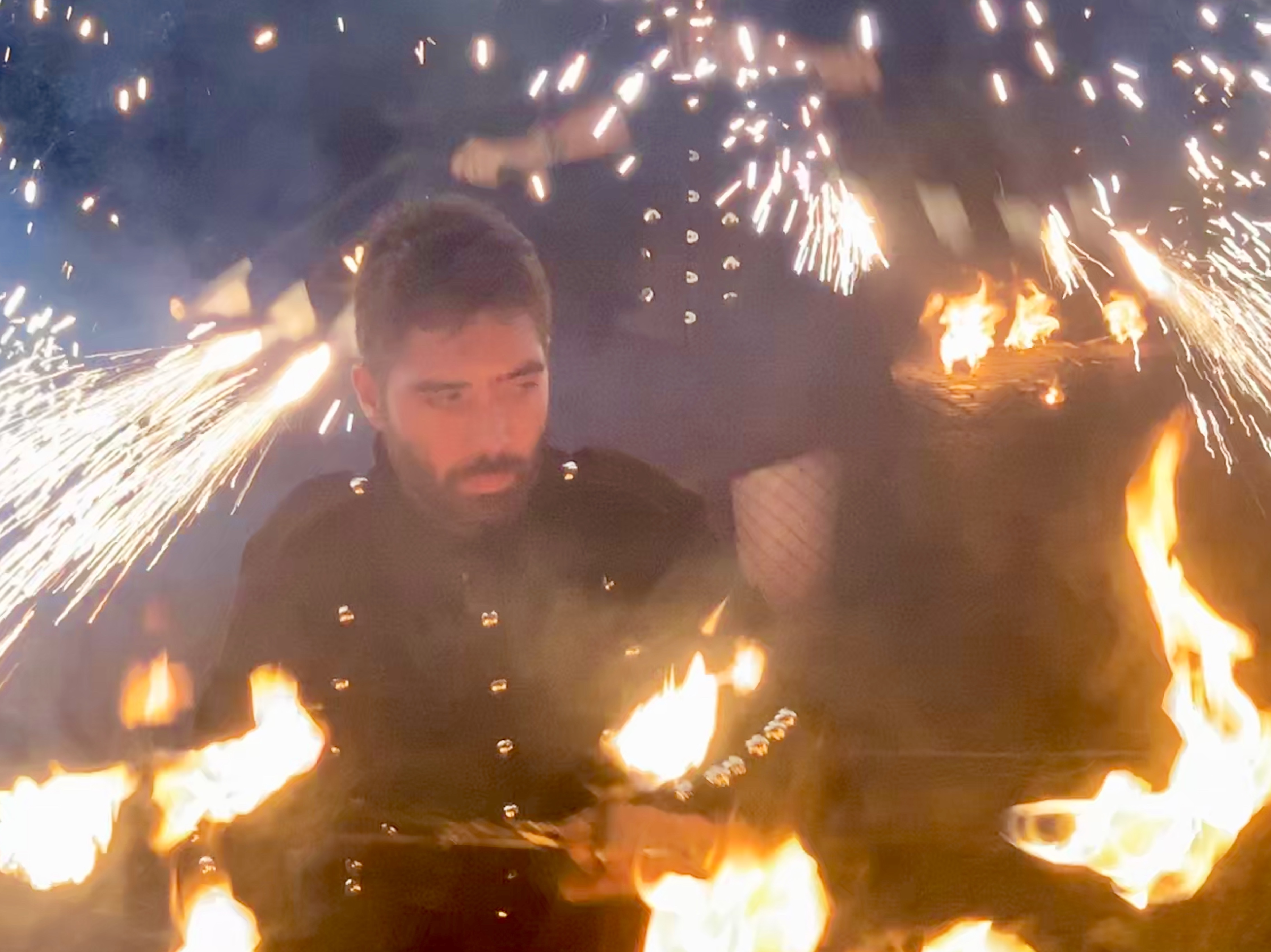
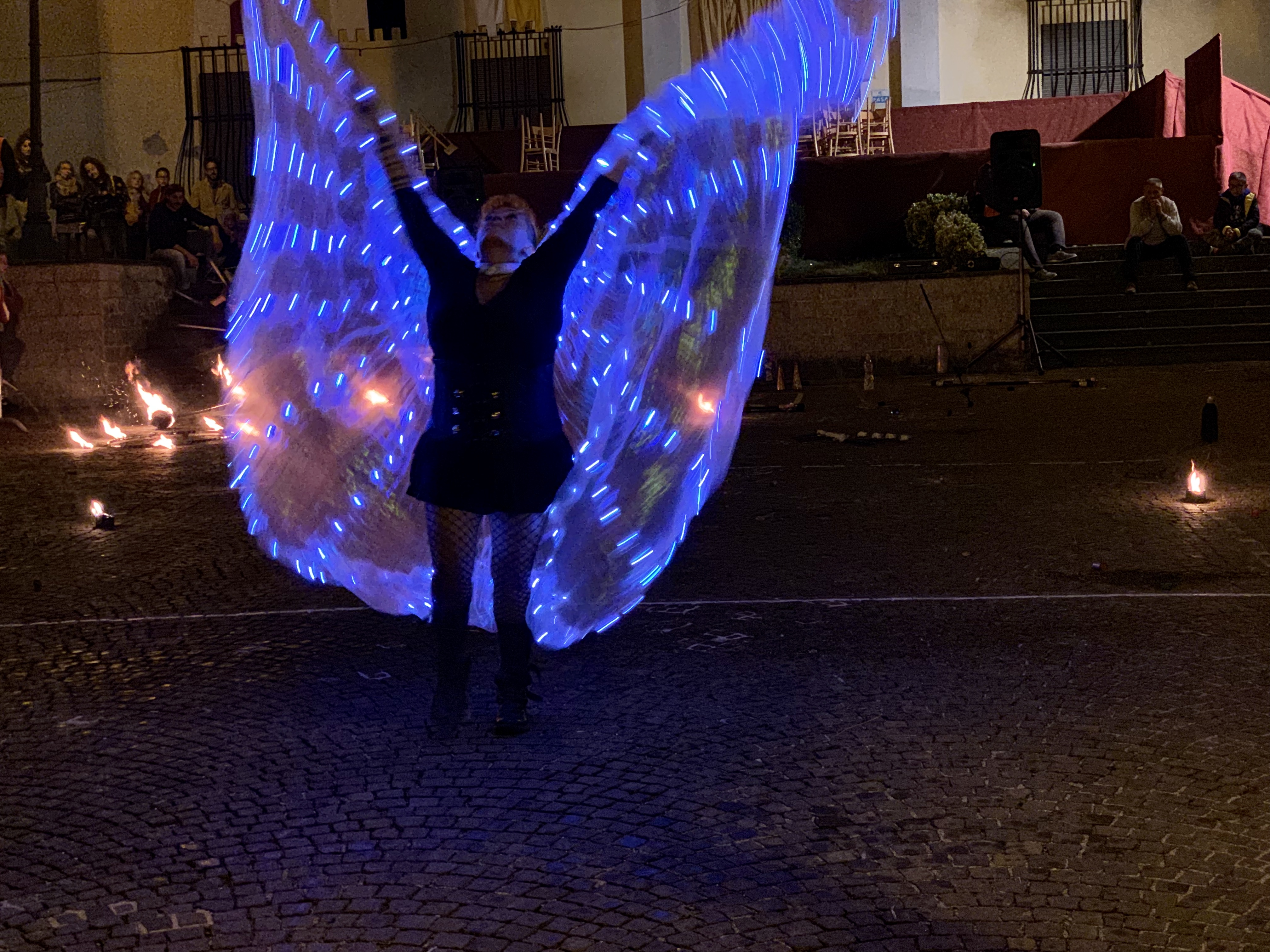
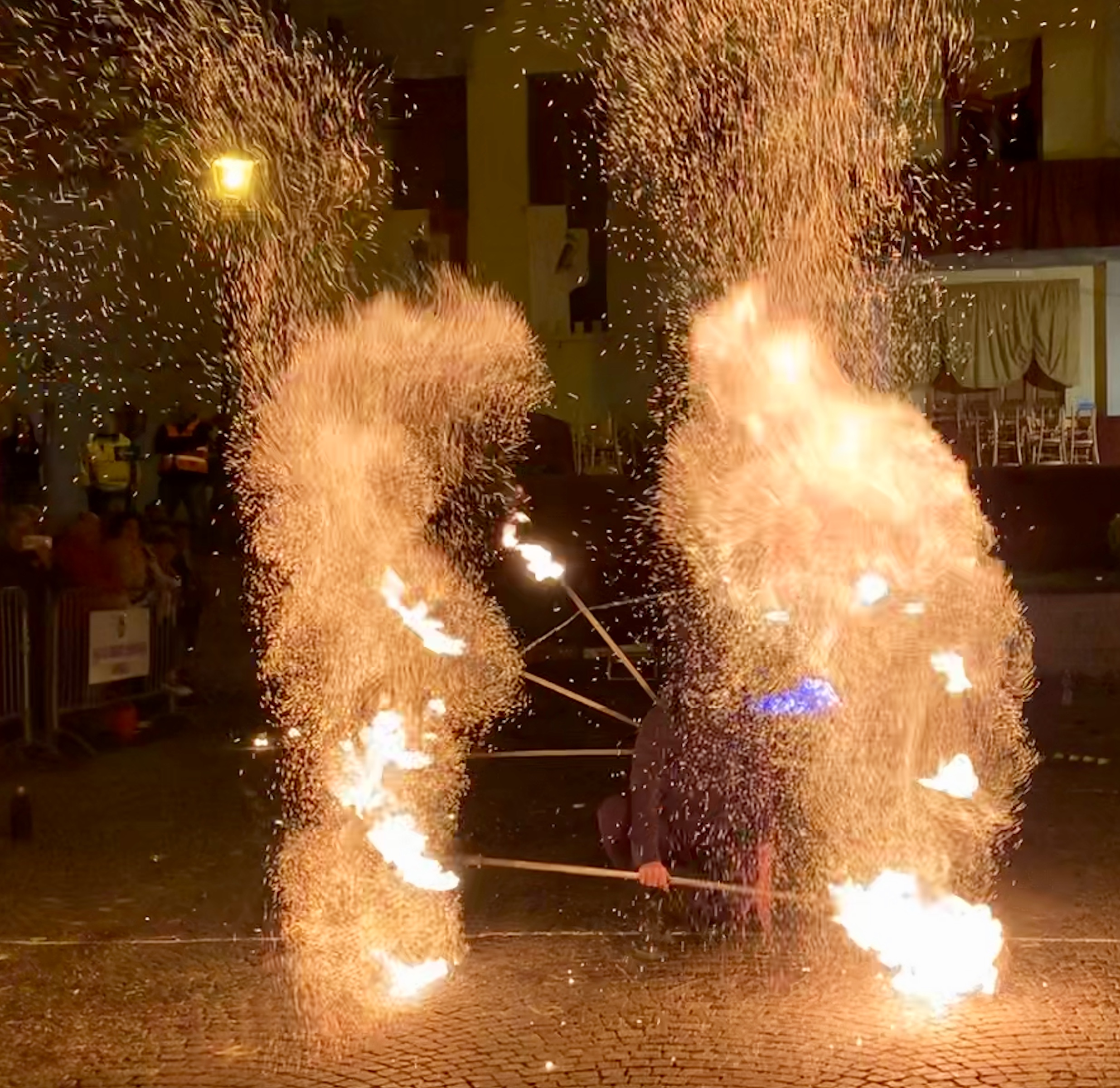
Sunday
Sunday was the big day. It started in the afternoon with more processions including the geese. There were two races. The first with middle school kids. The second with adults. Serra won the first race! And as stated before, Serra lost the important second race.
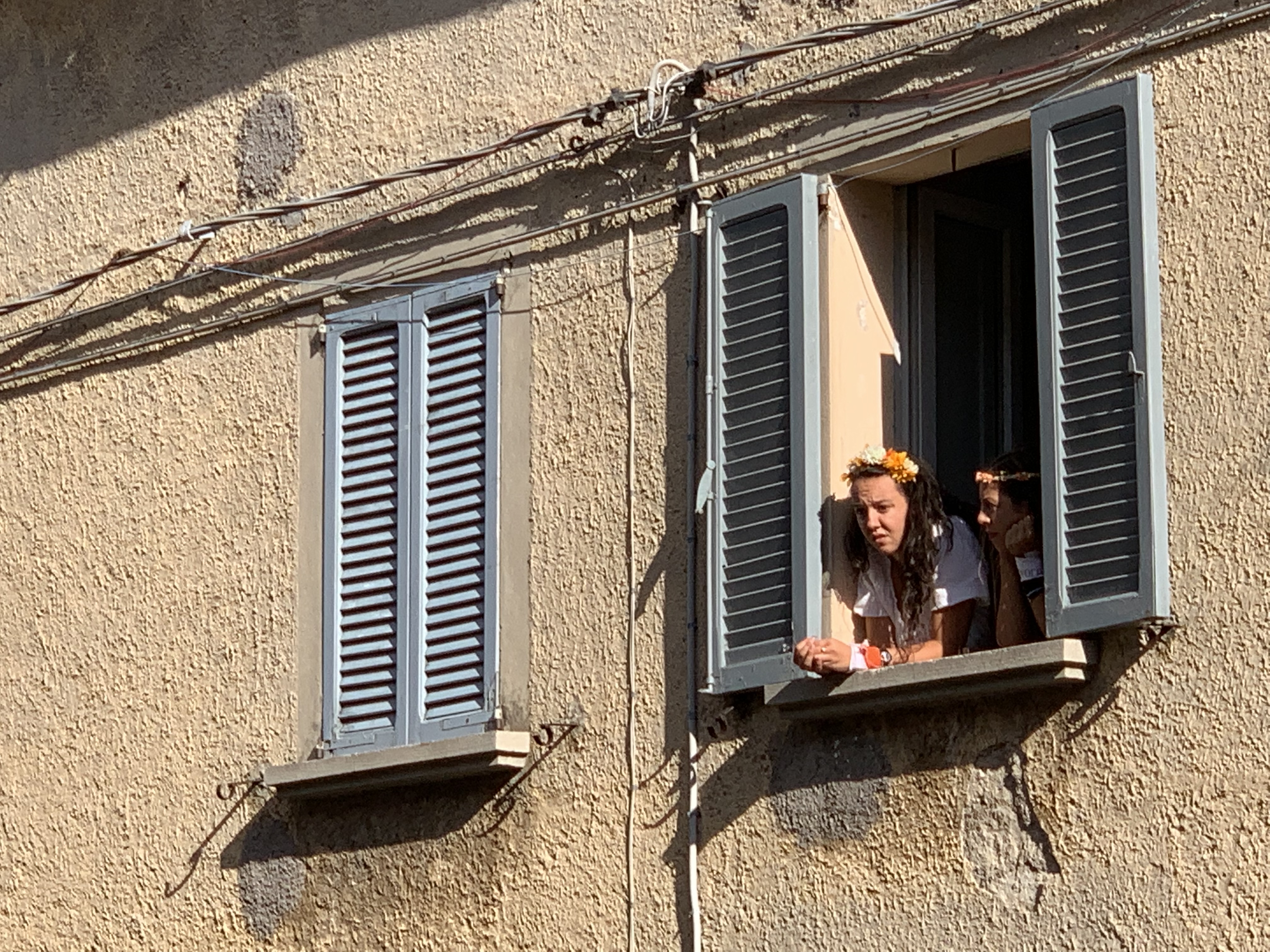
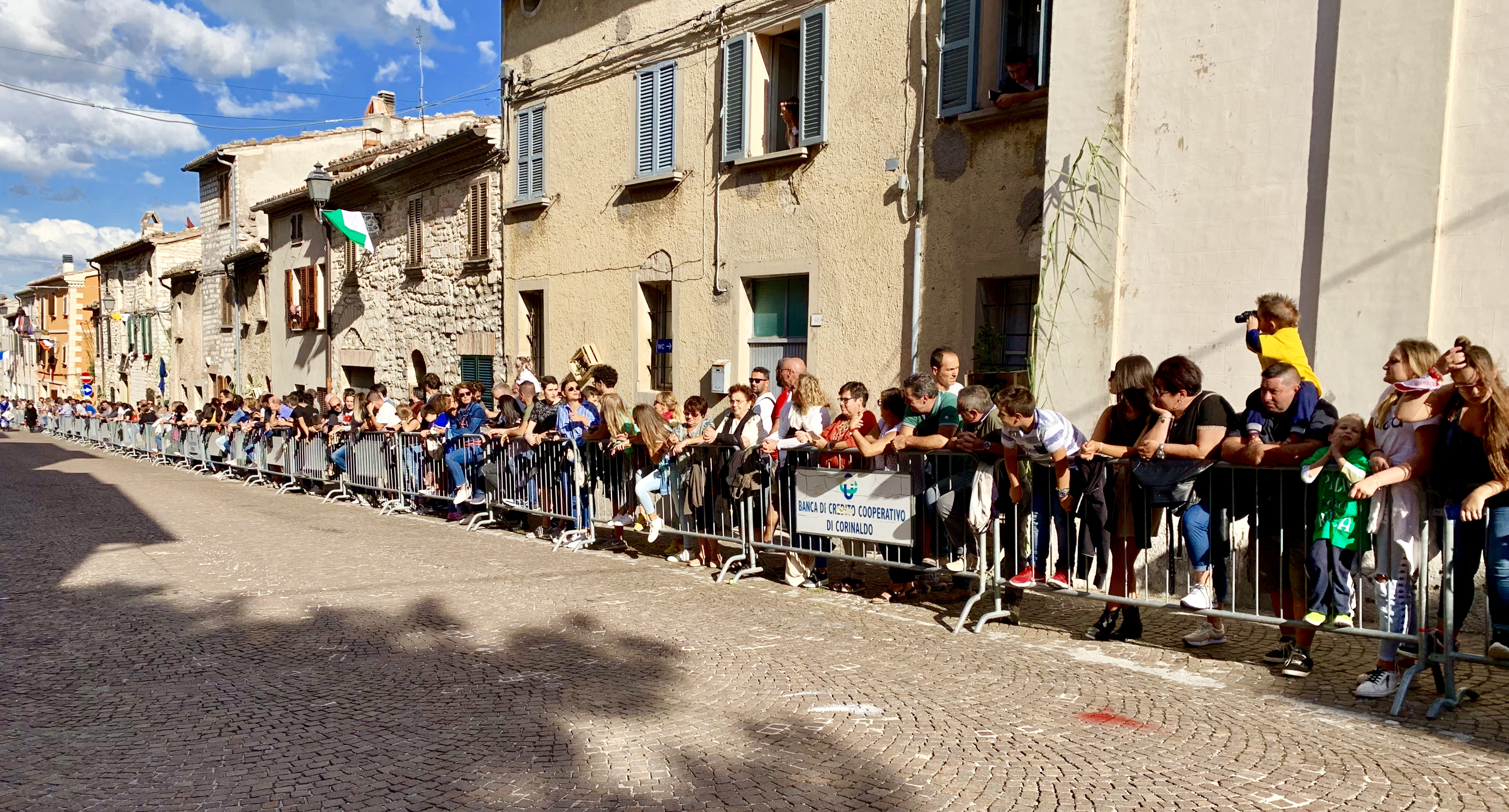
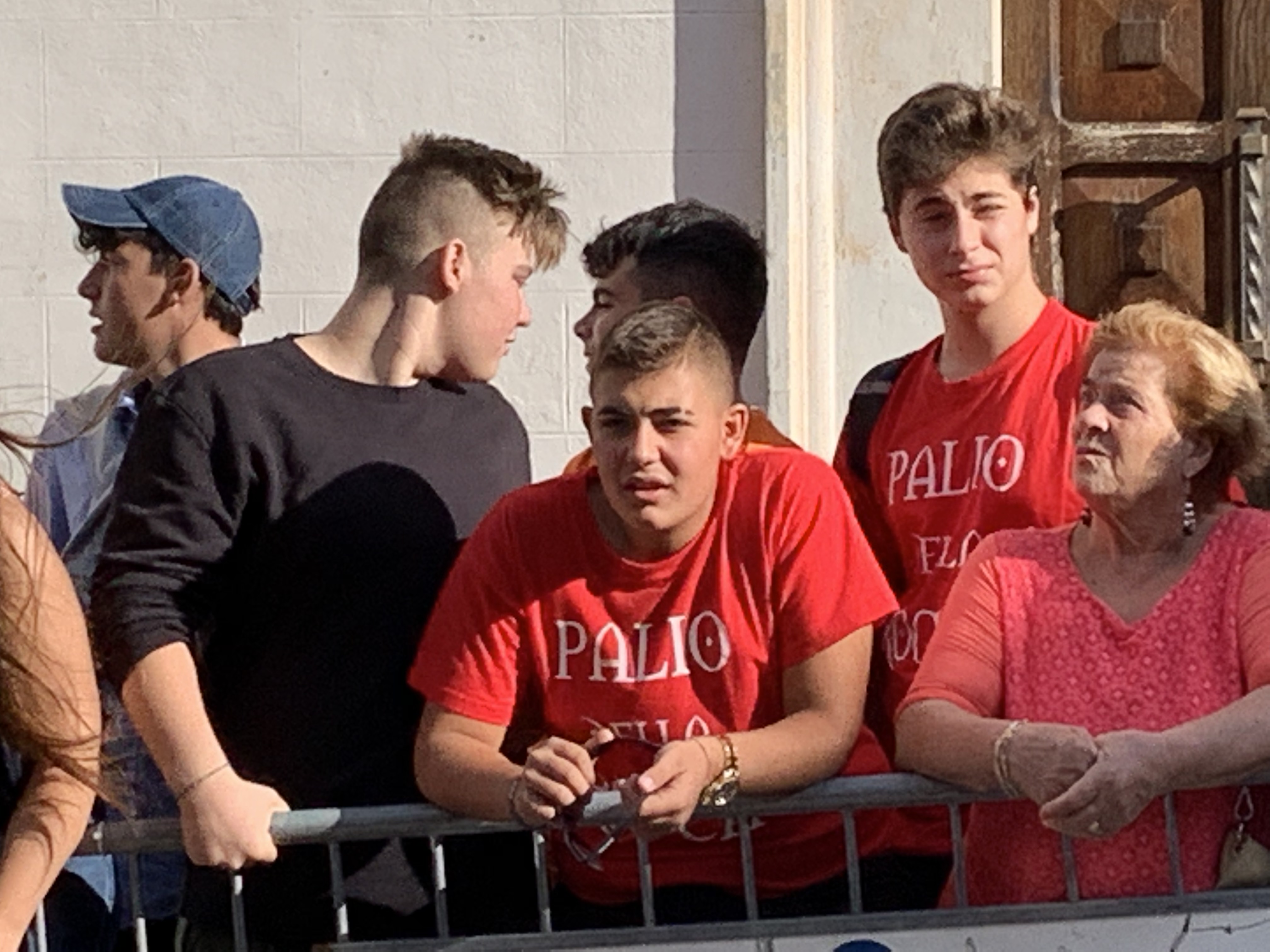
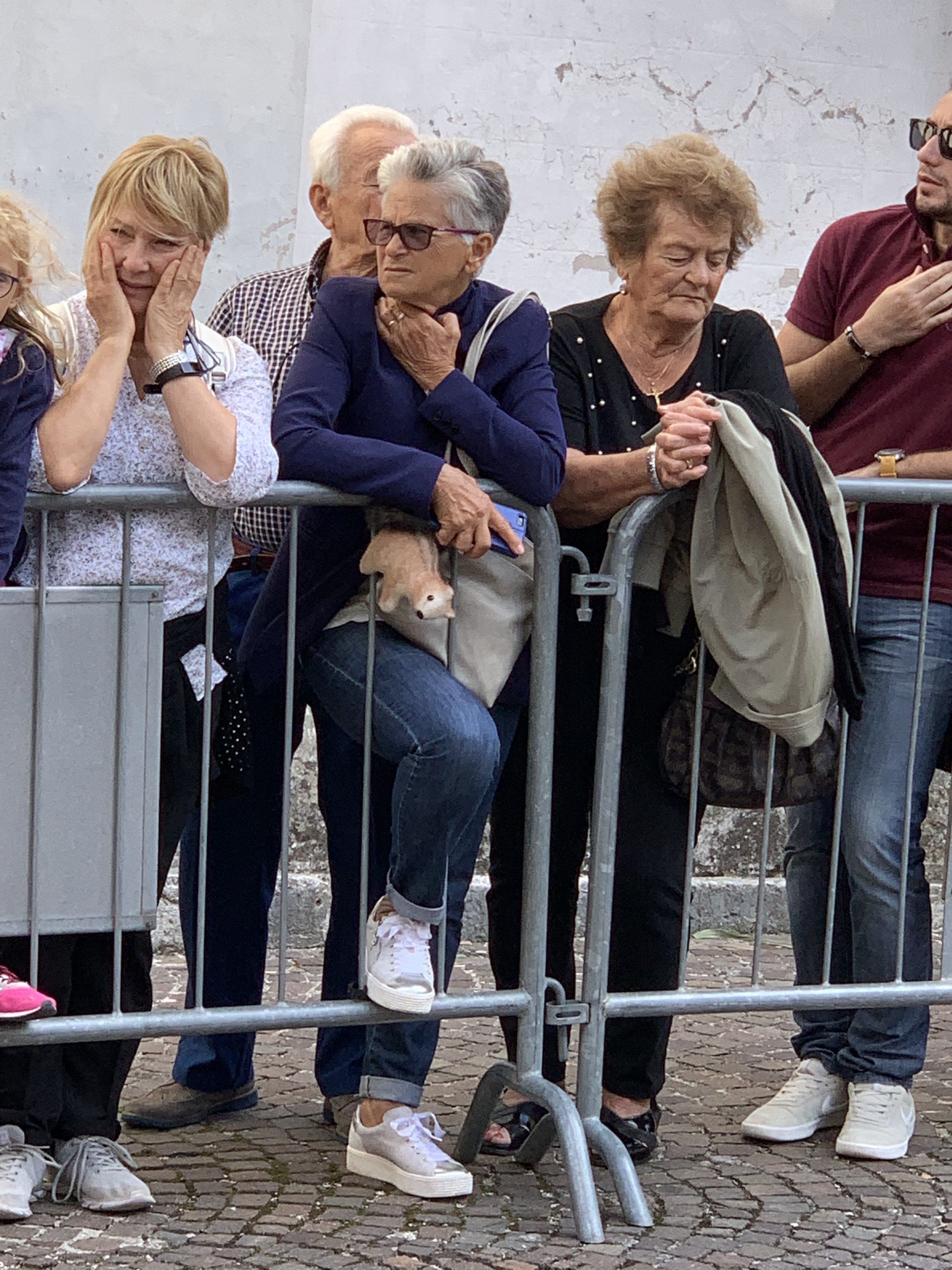
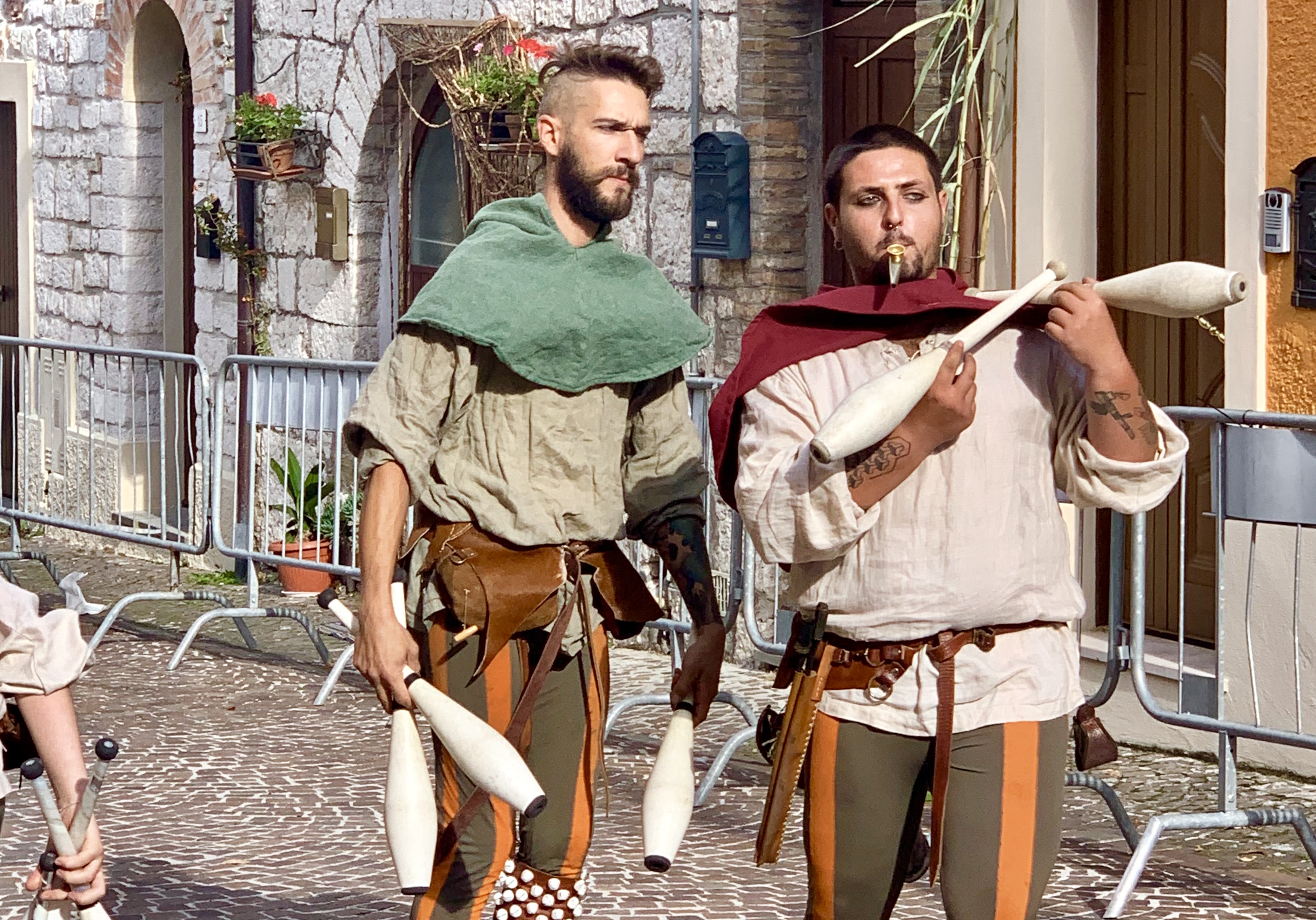
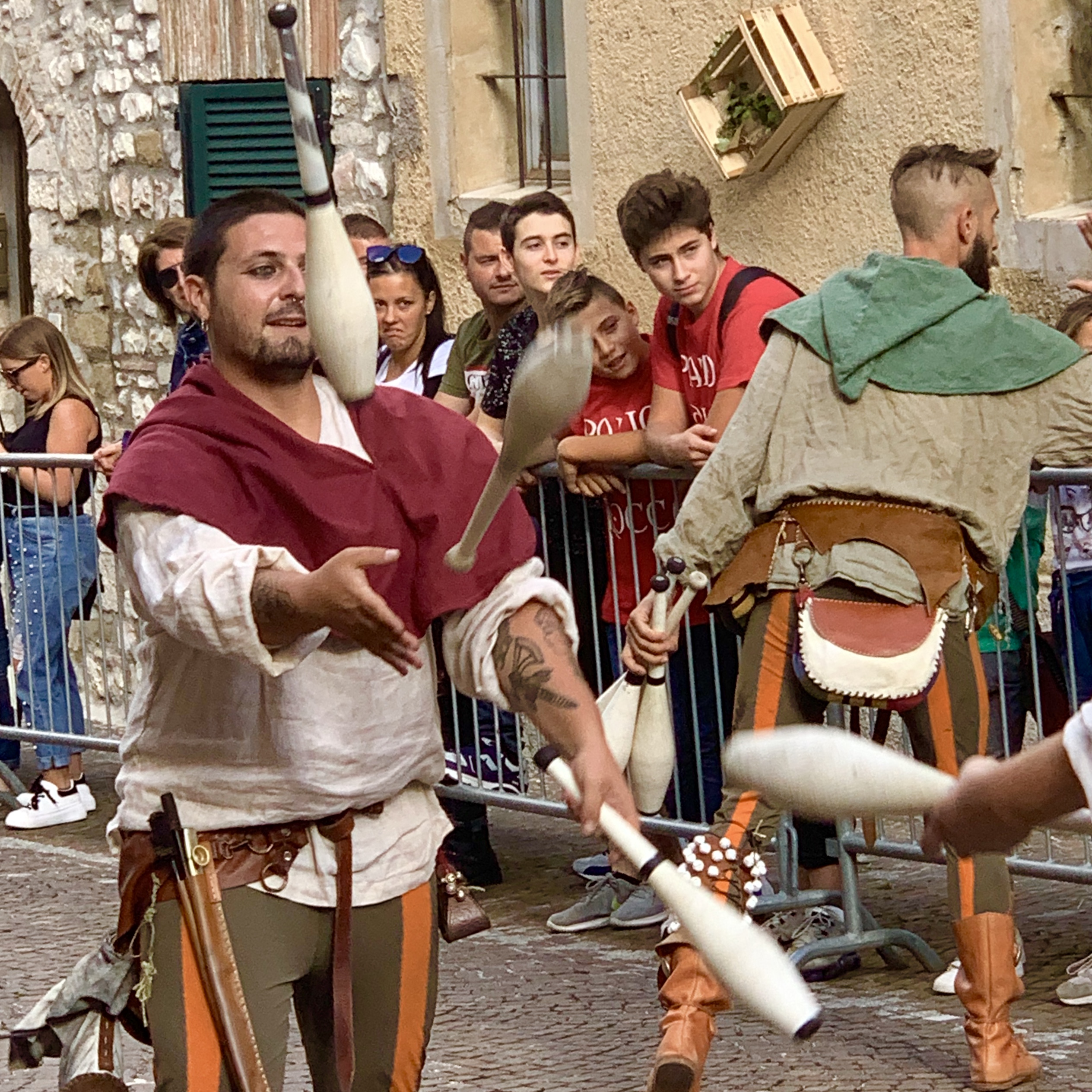
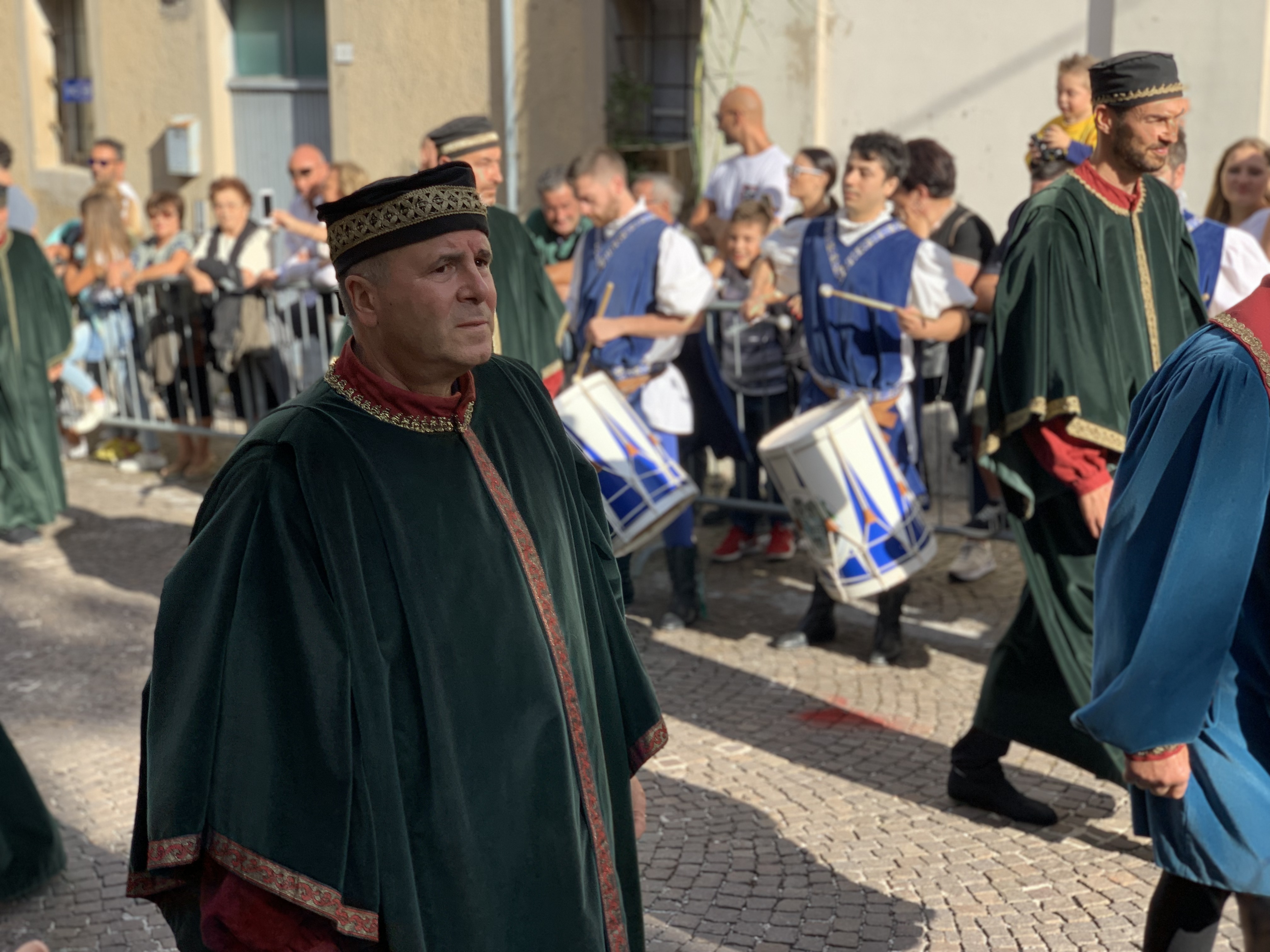
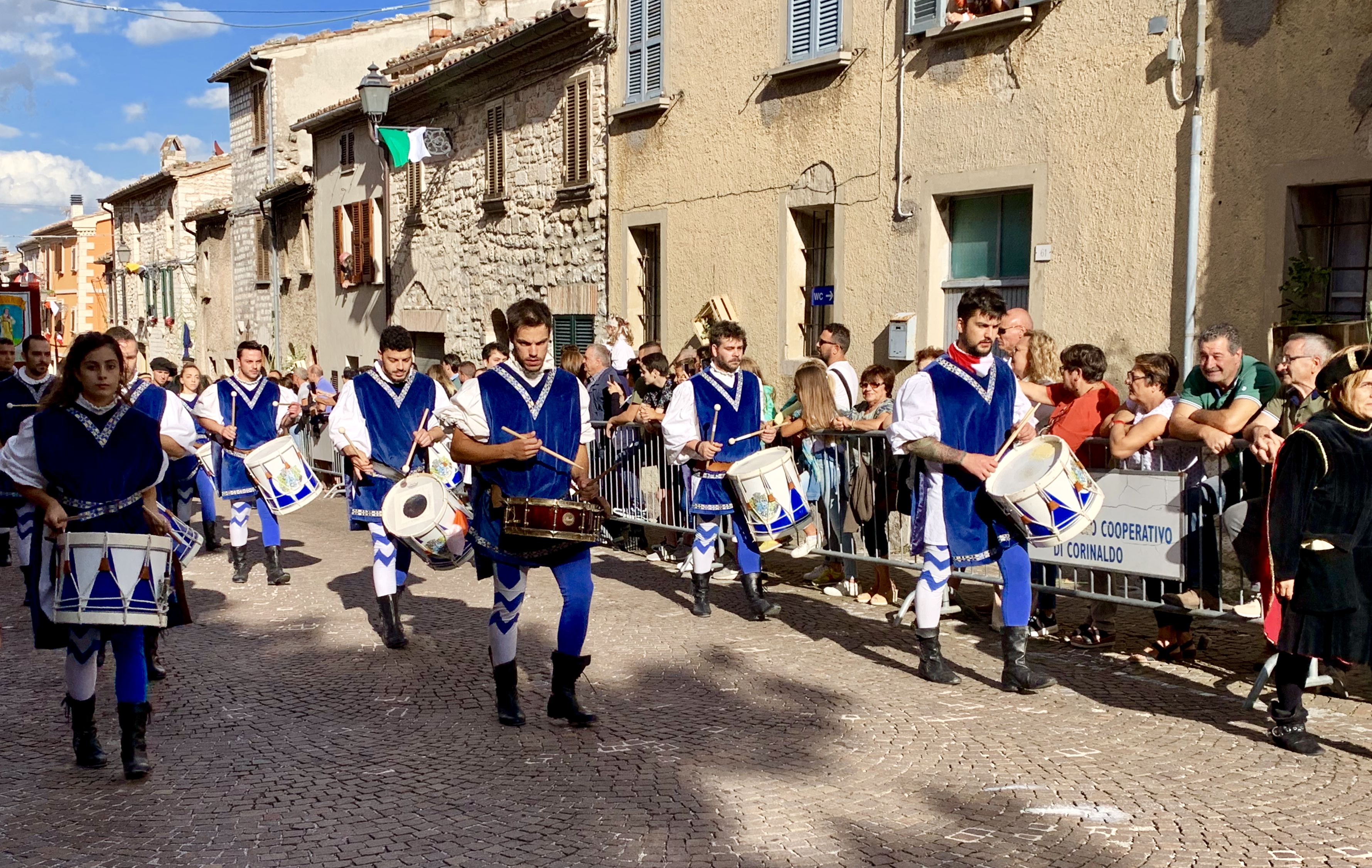
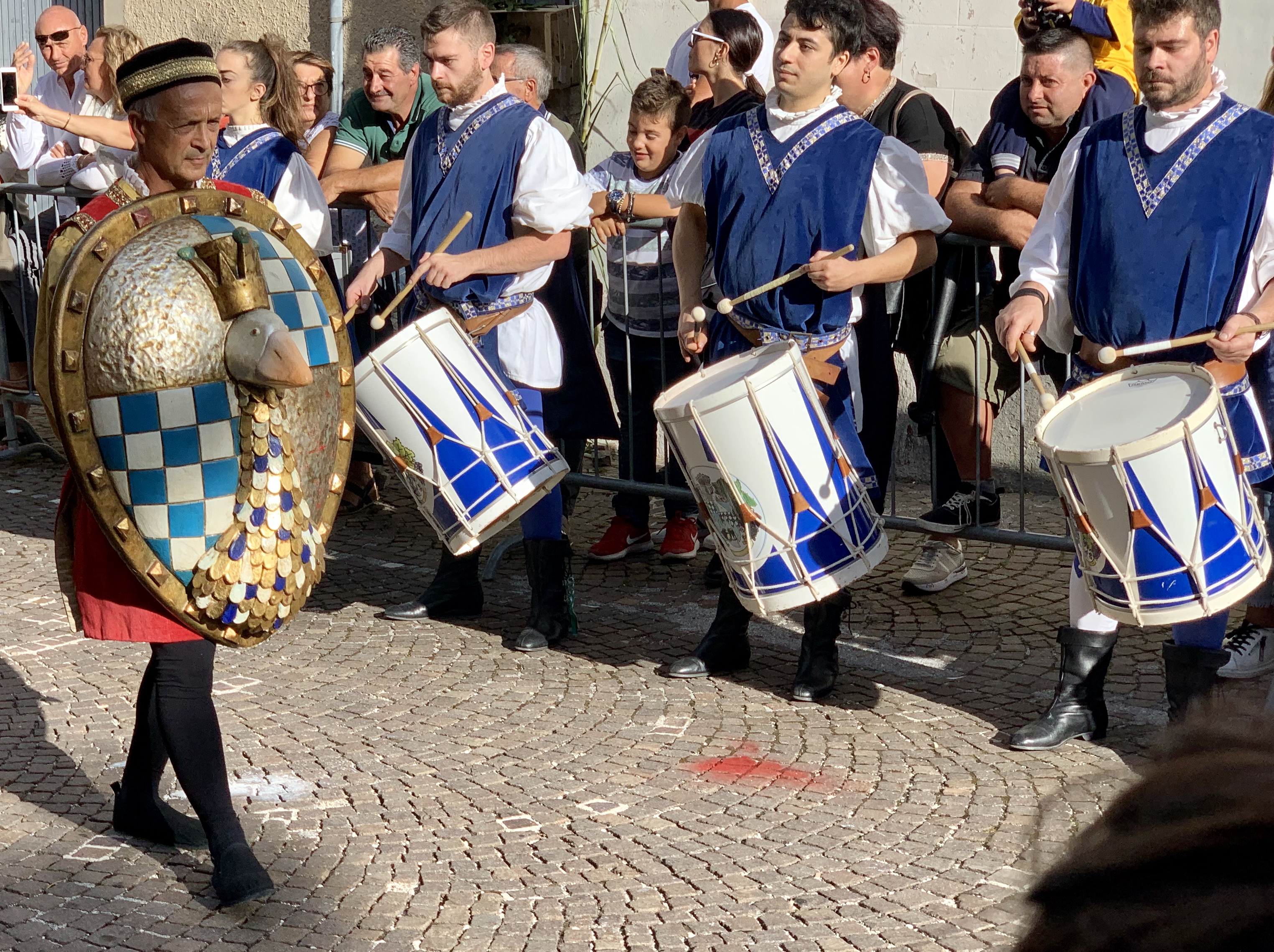
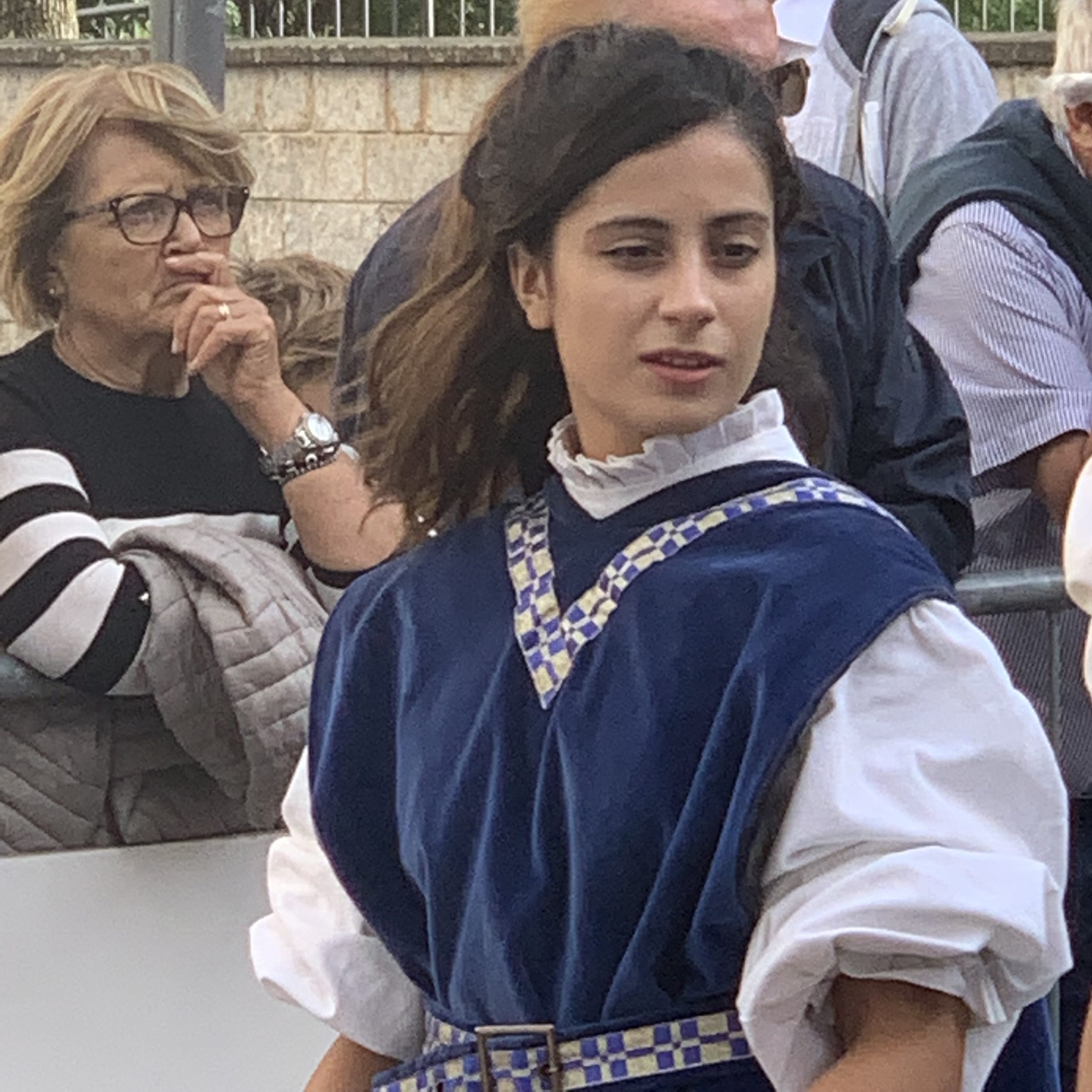
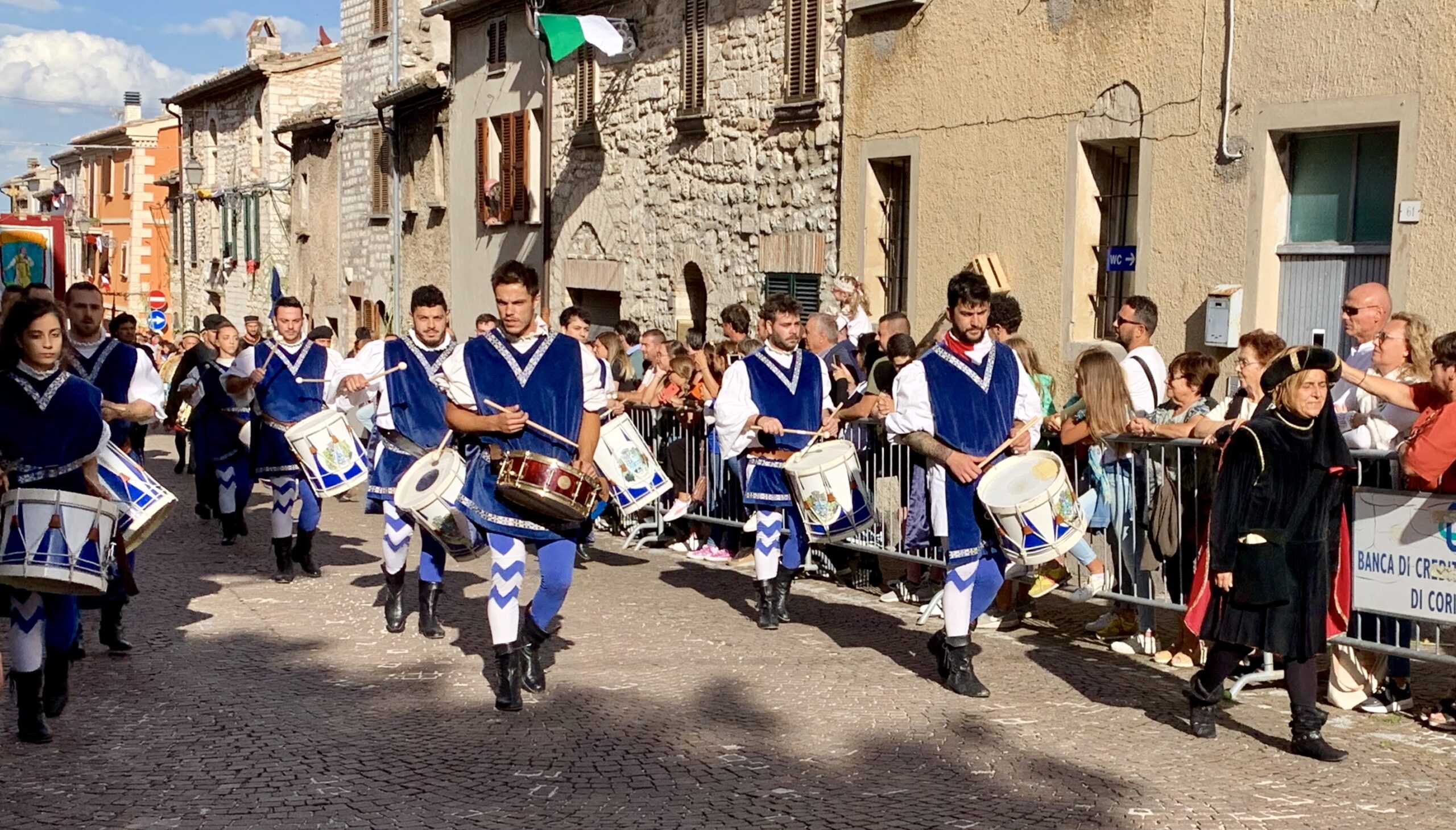
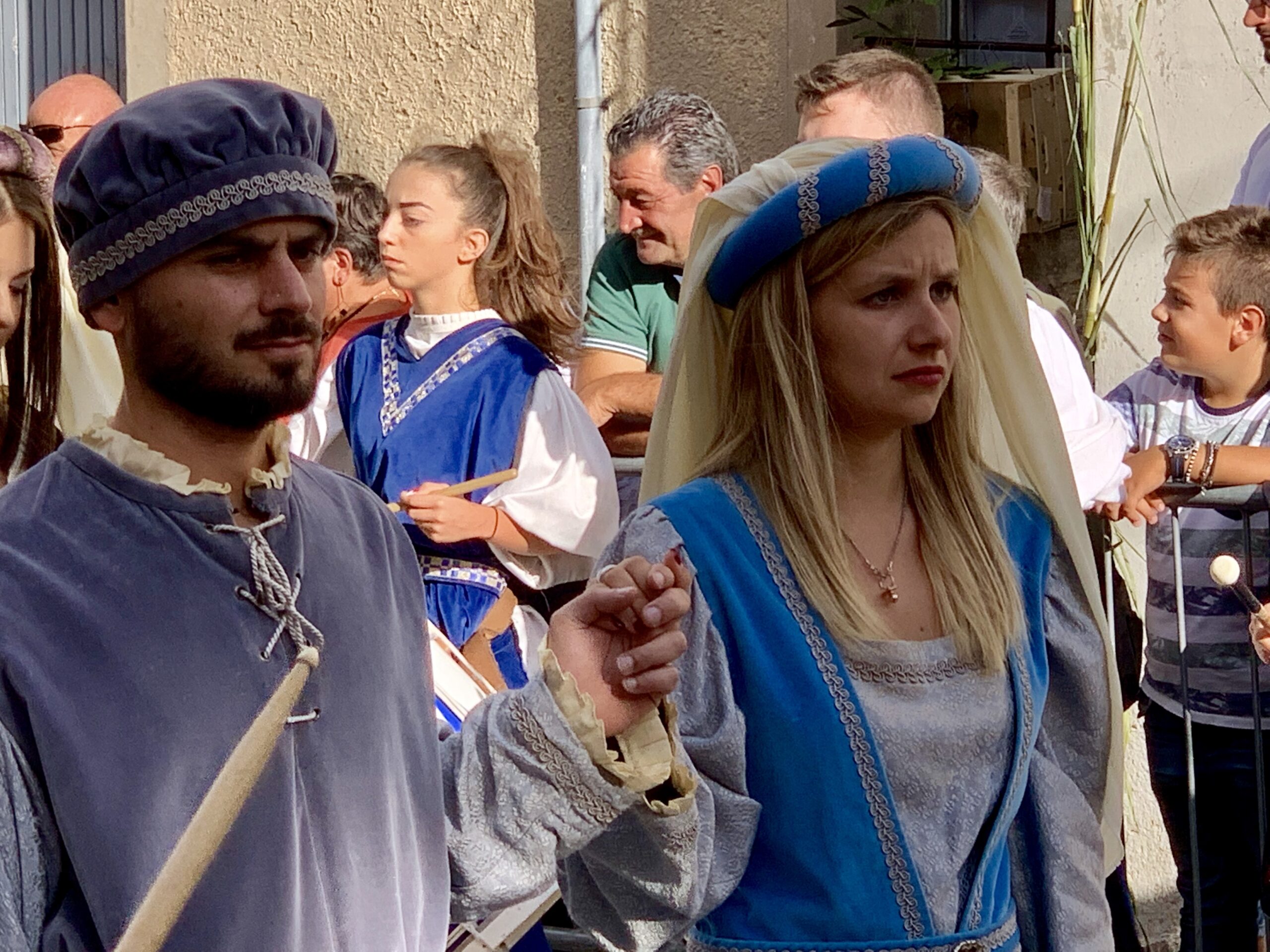
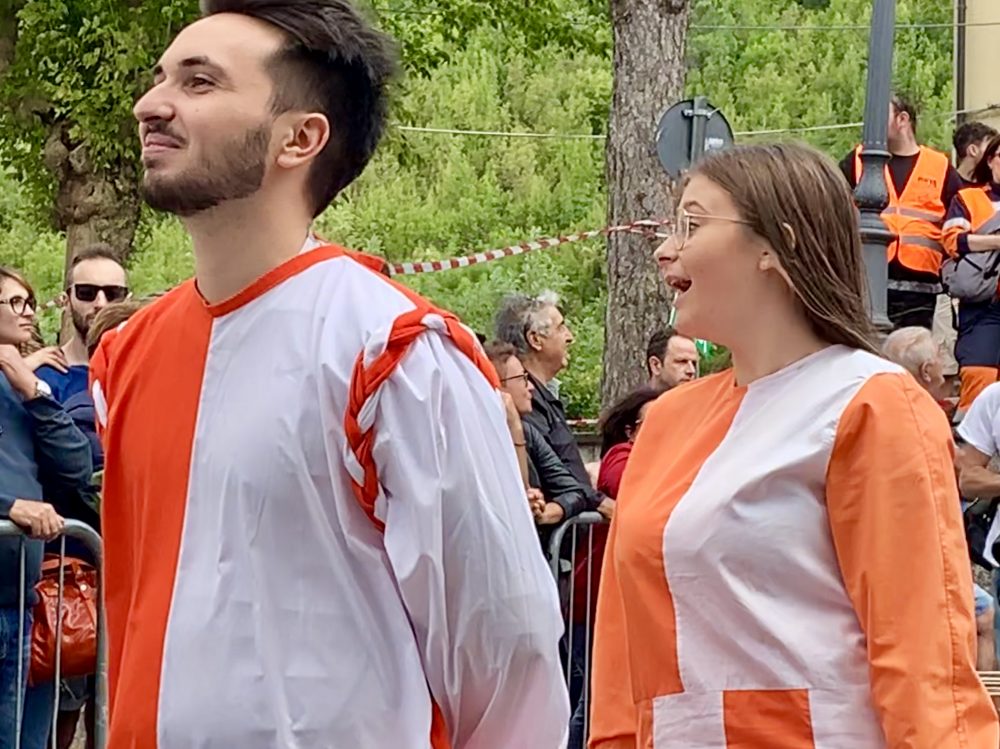
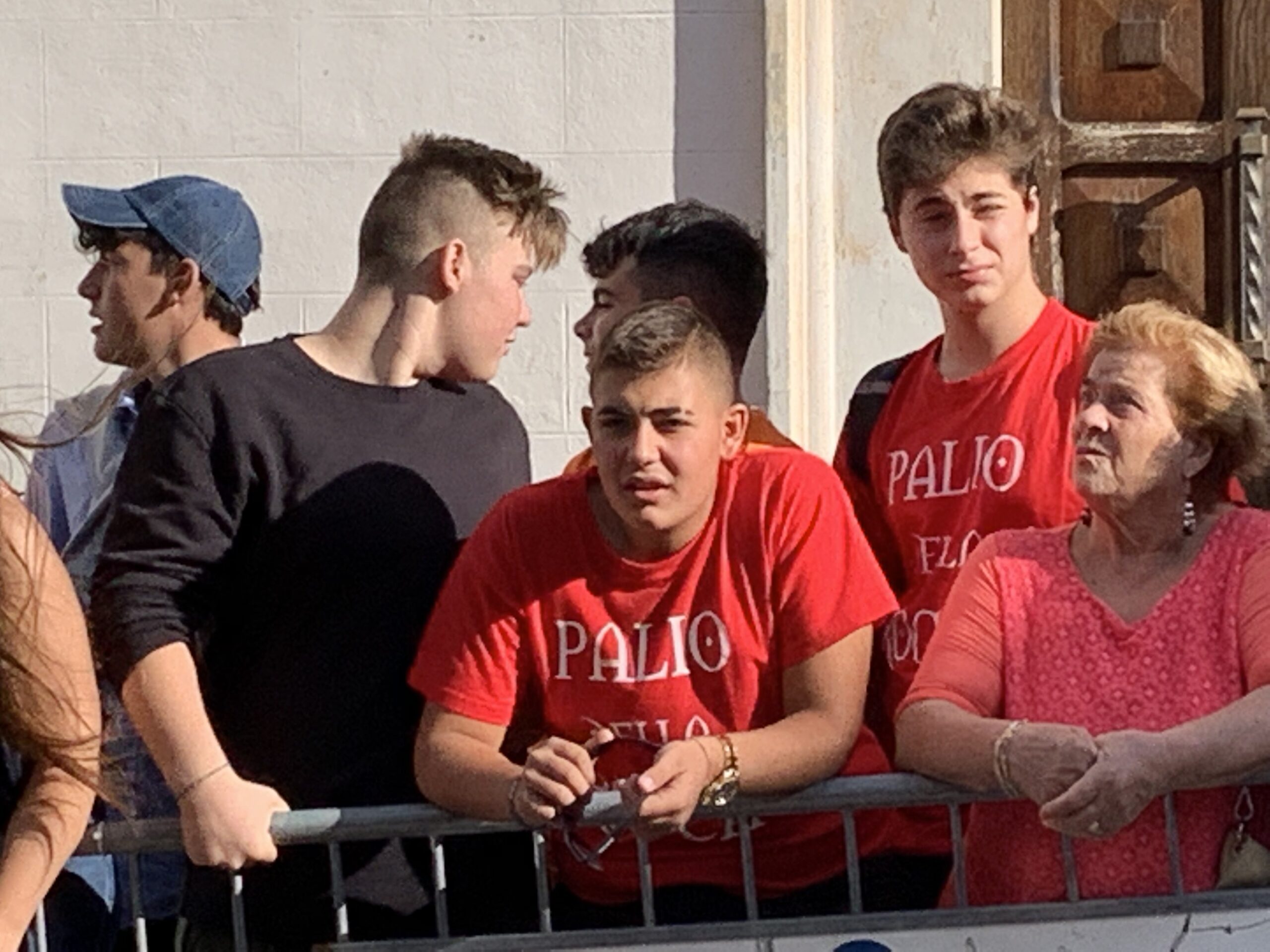
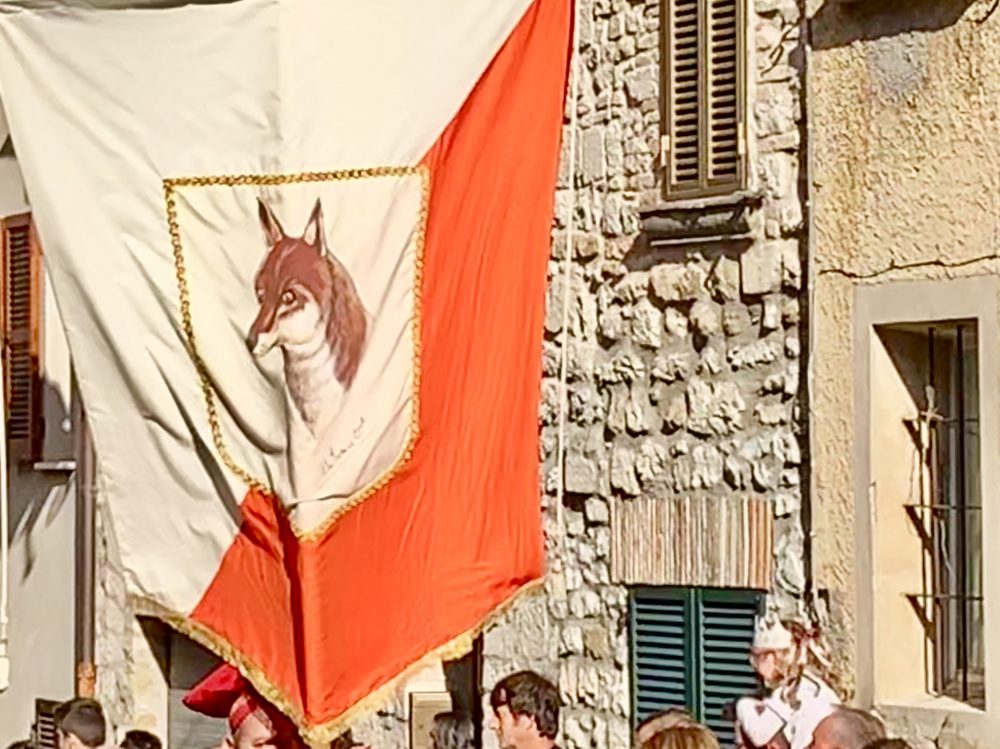
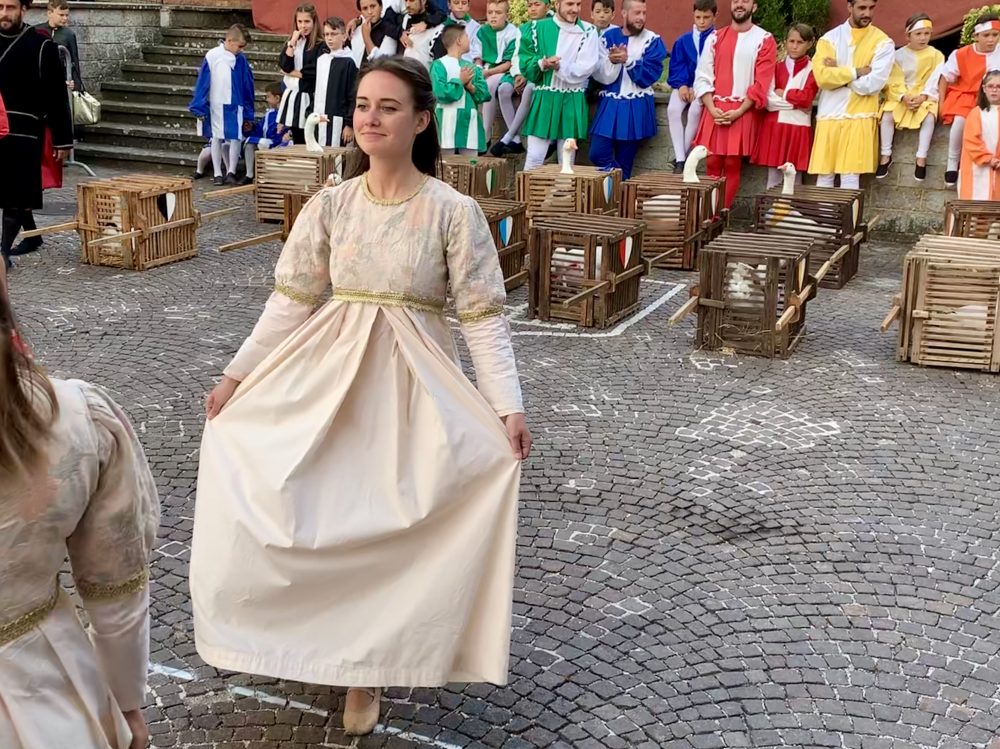
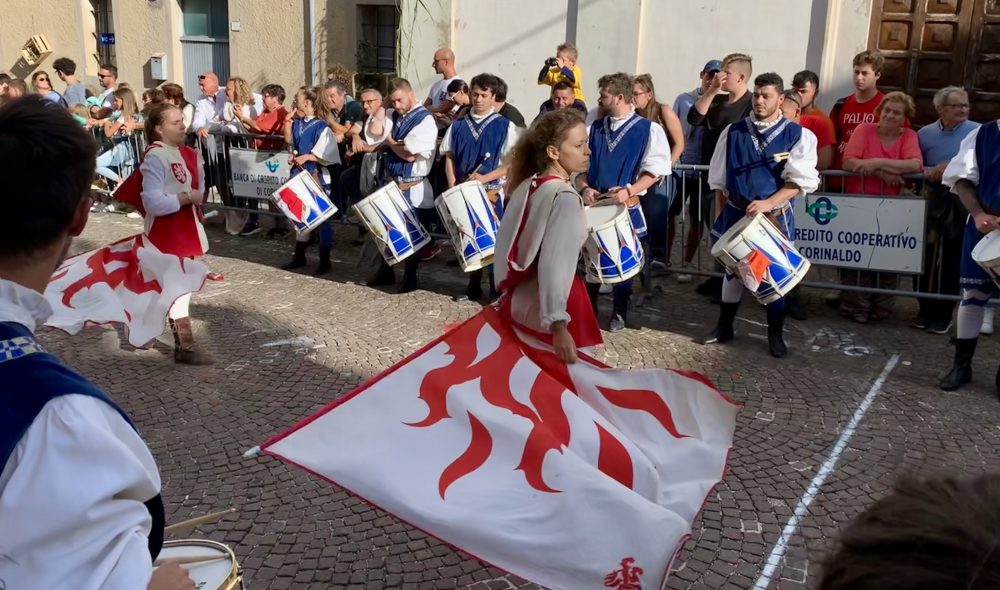
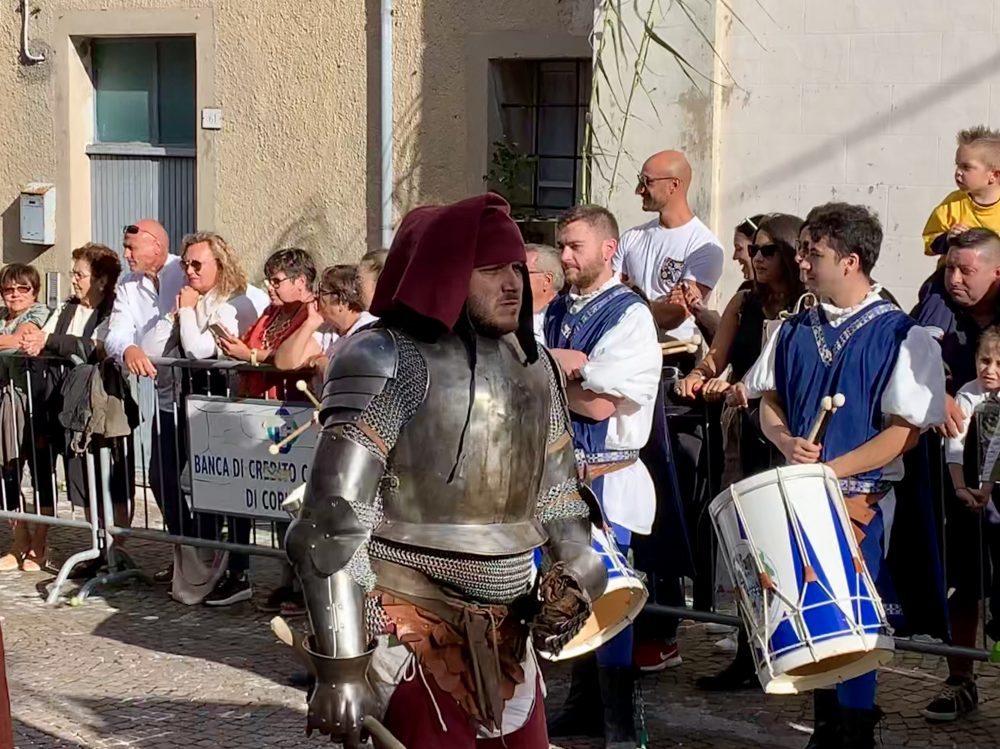
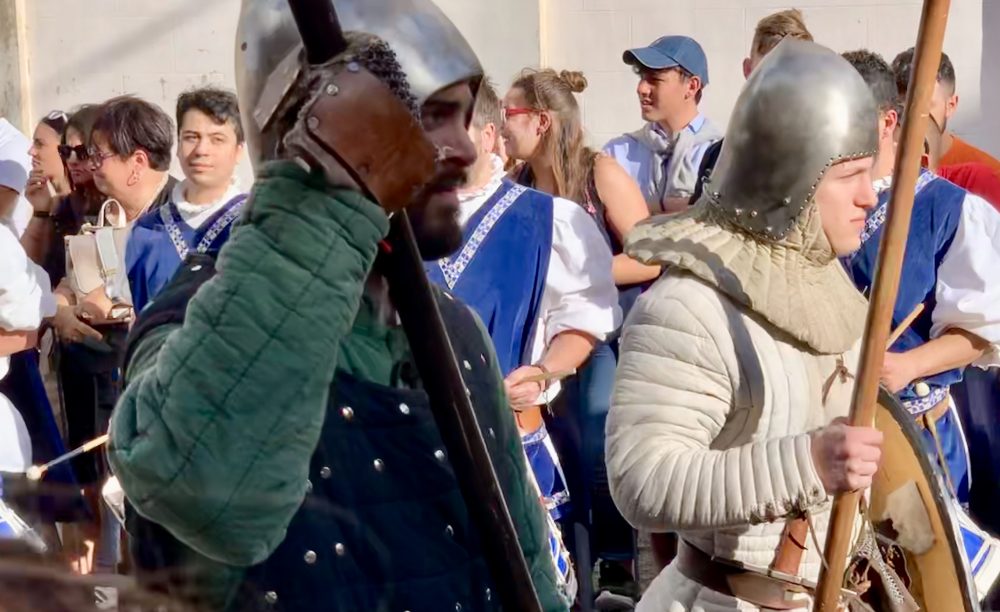
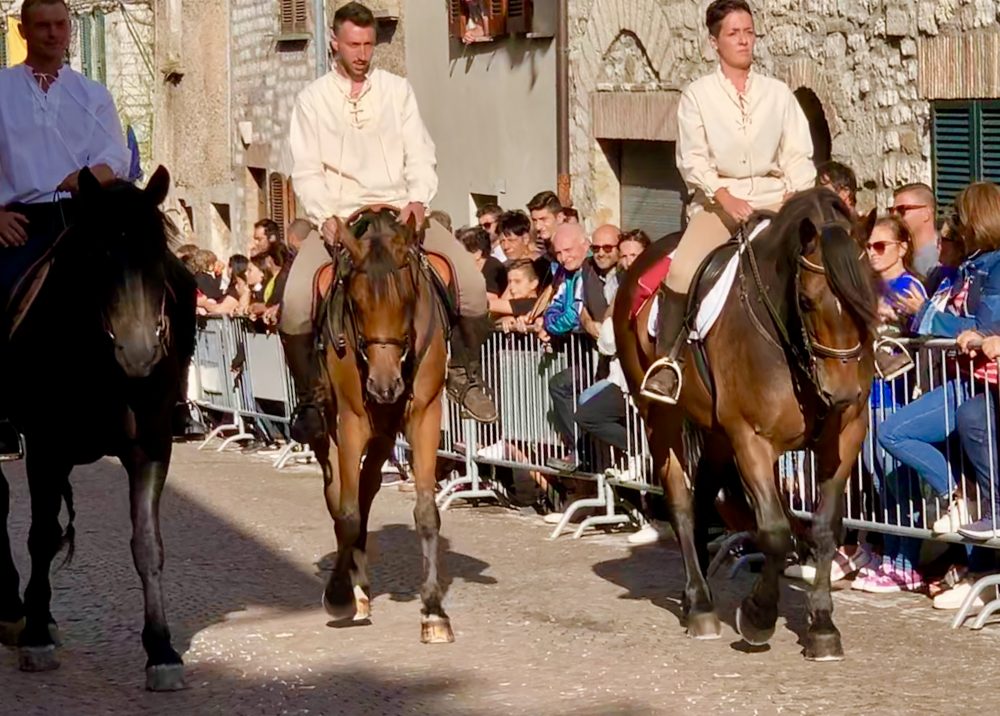
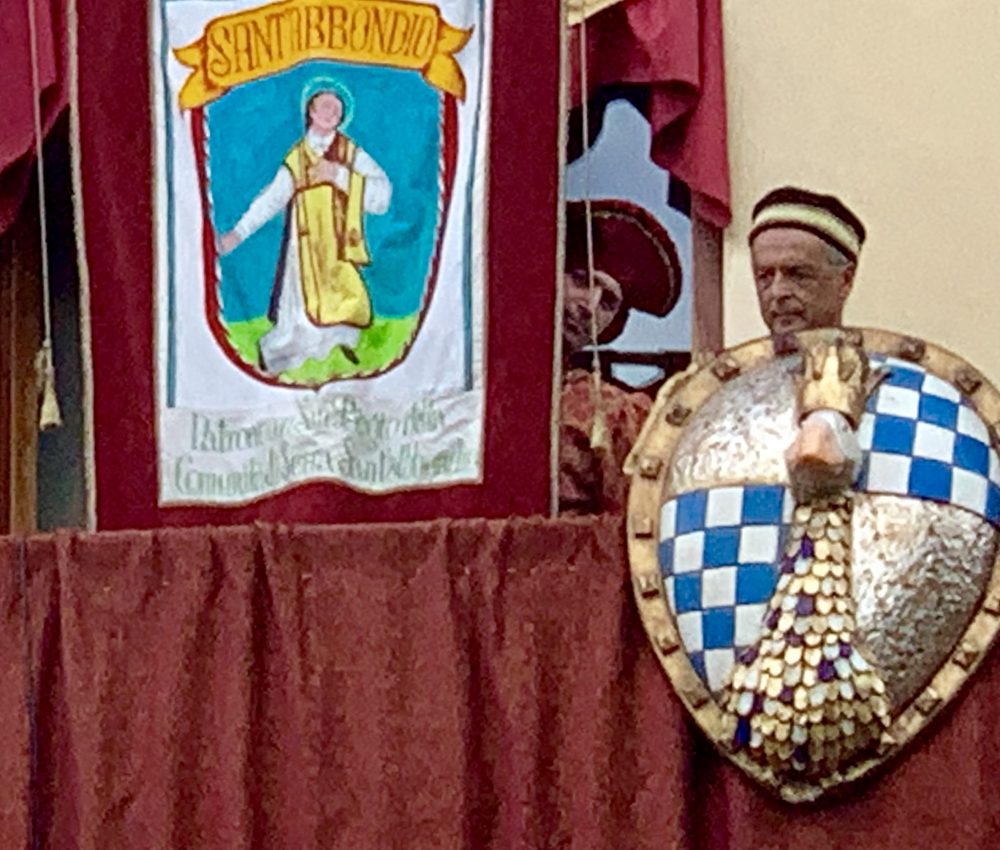
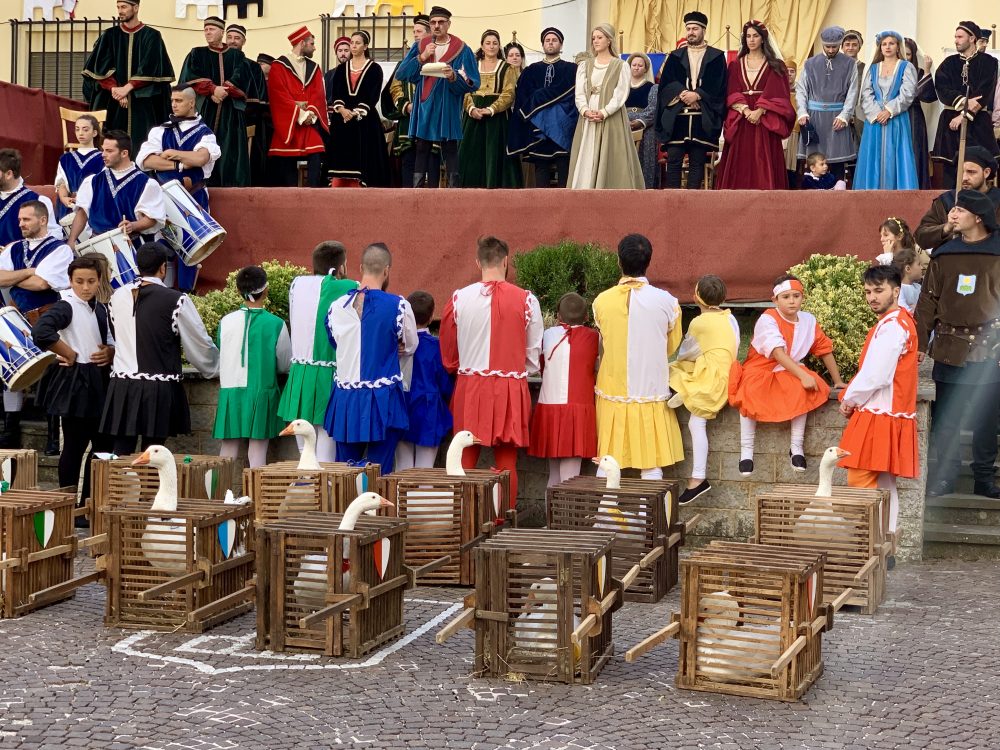
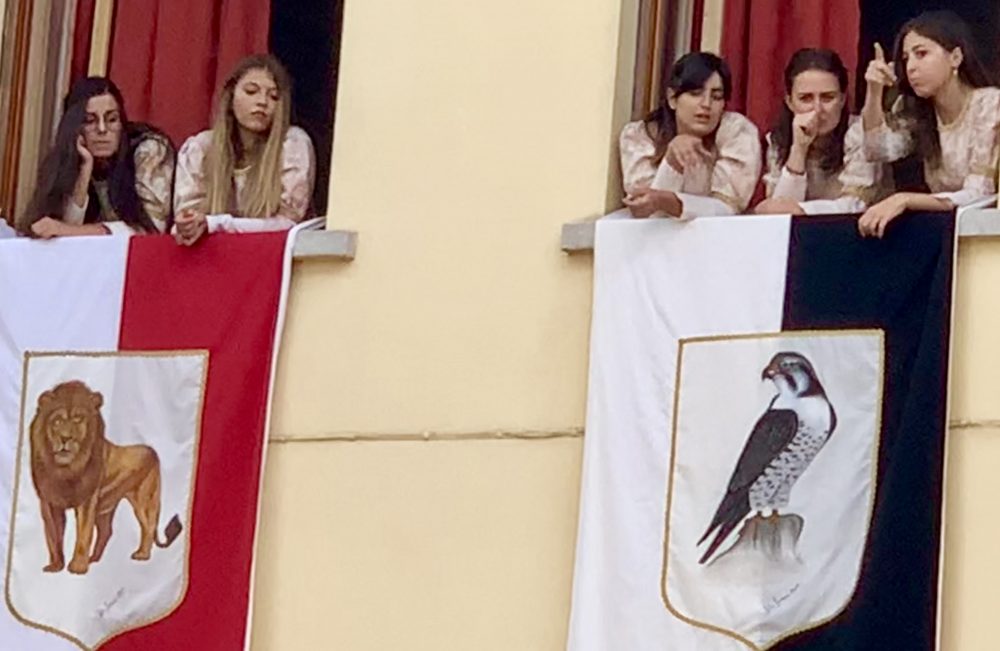
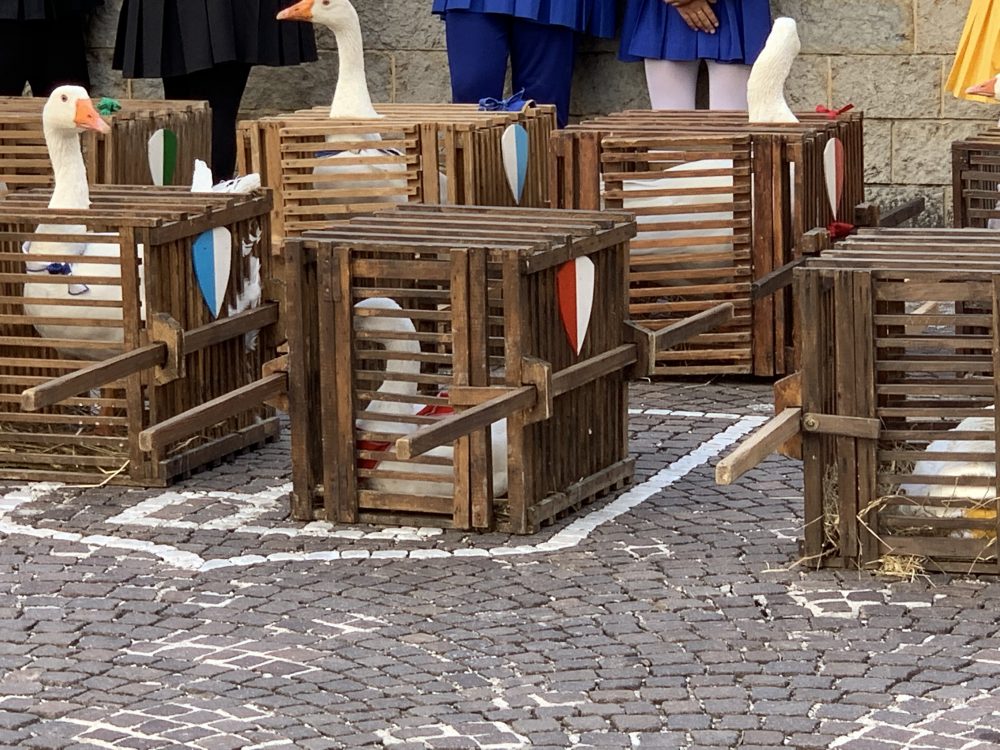
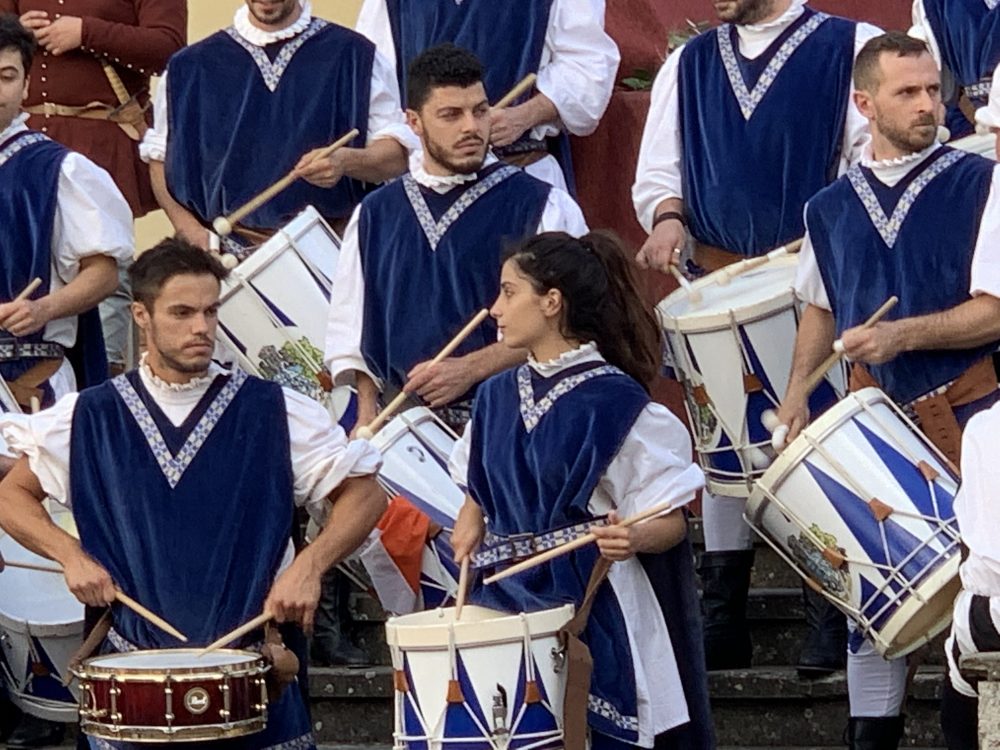
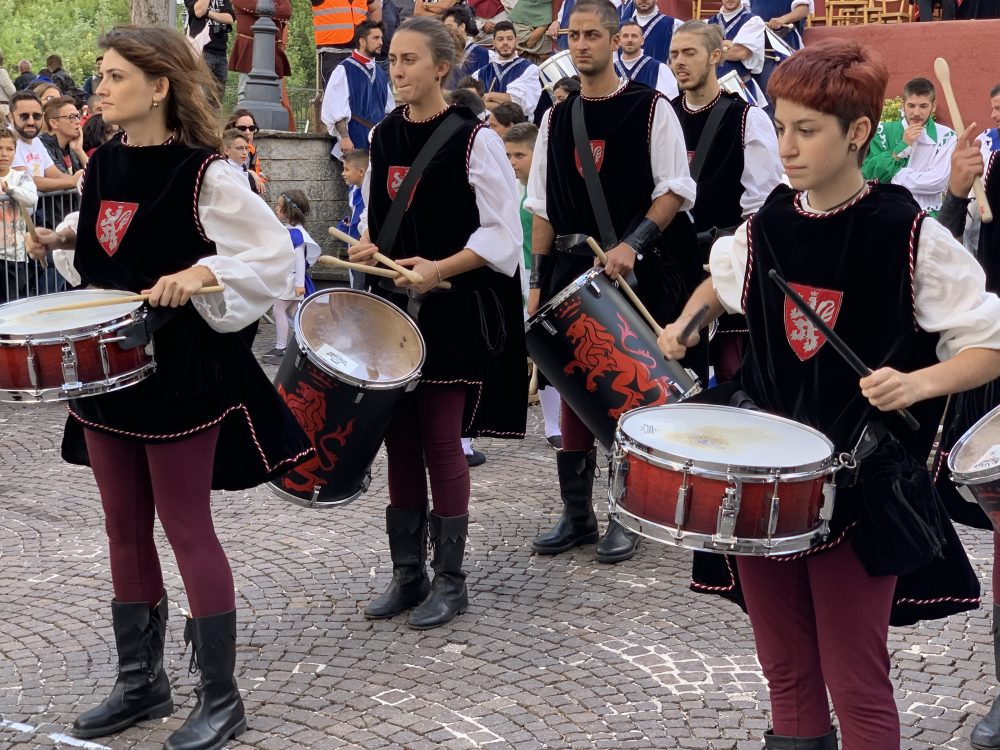
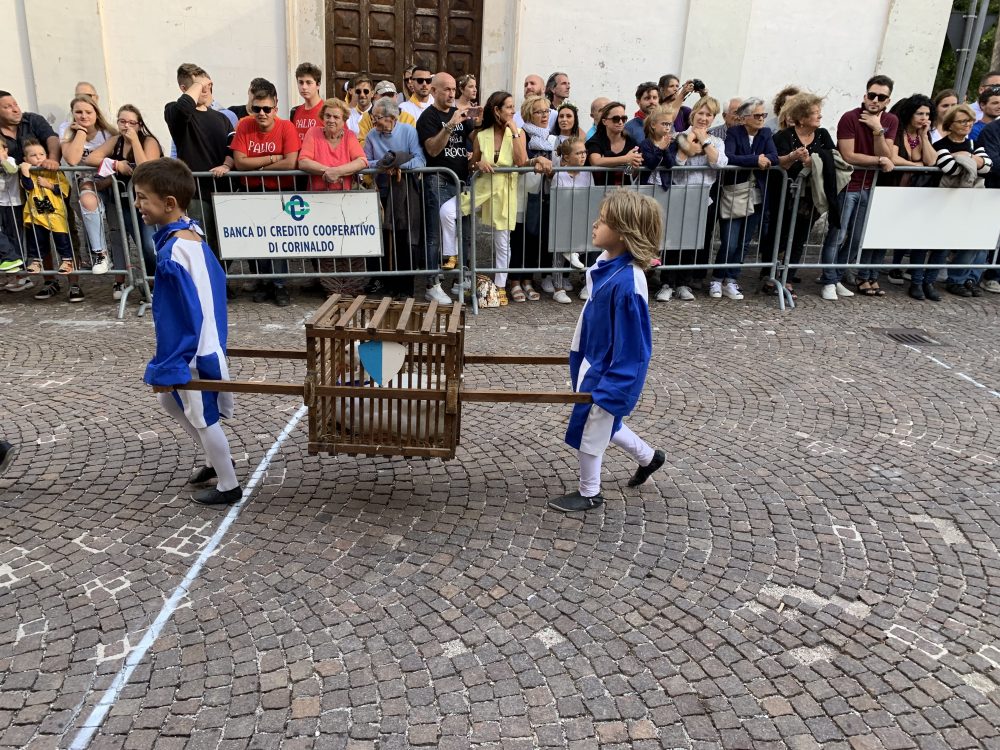
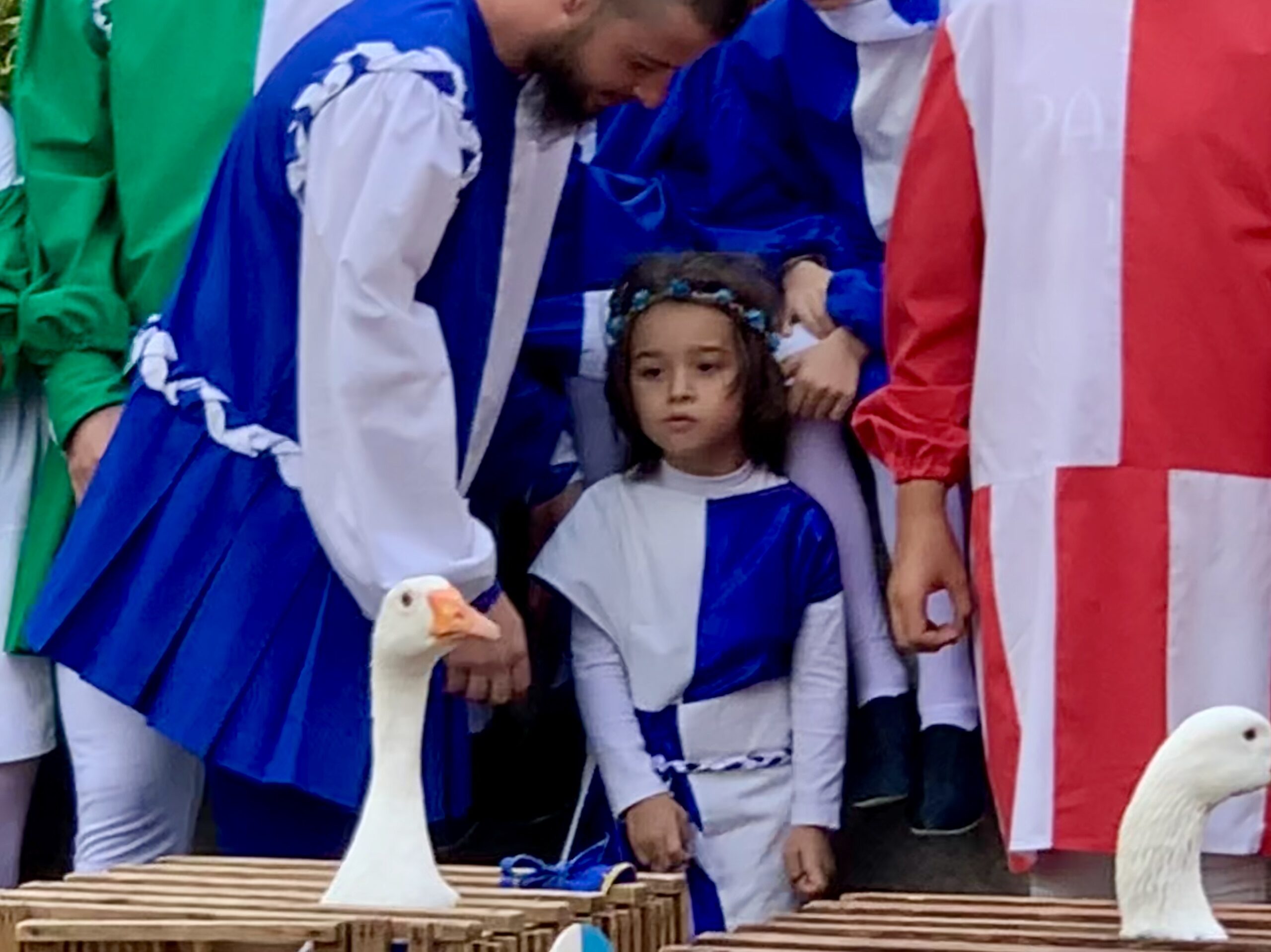
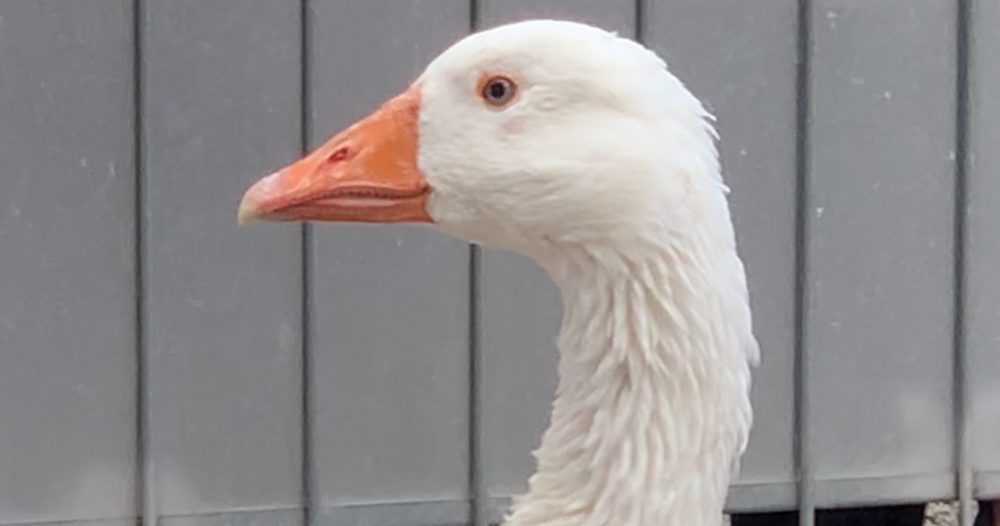
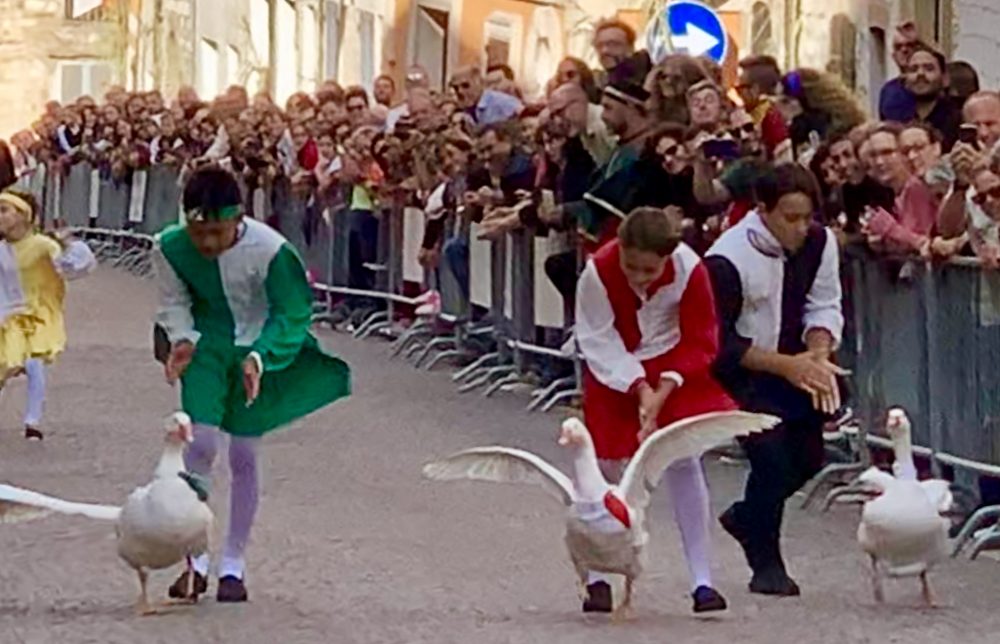
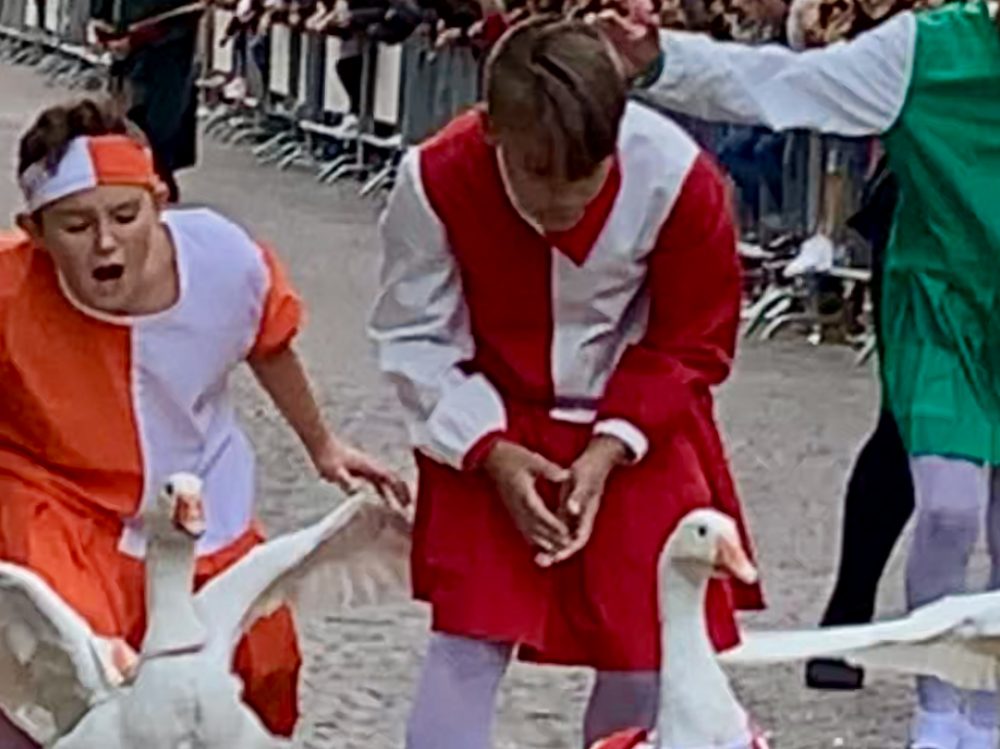
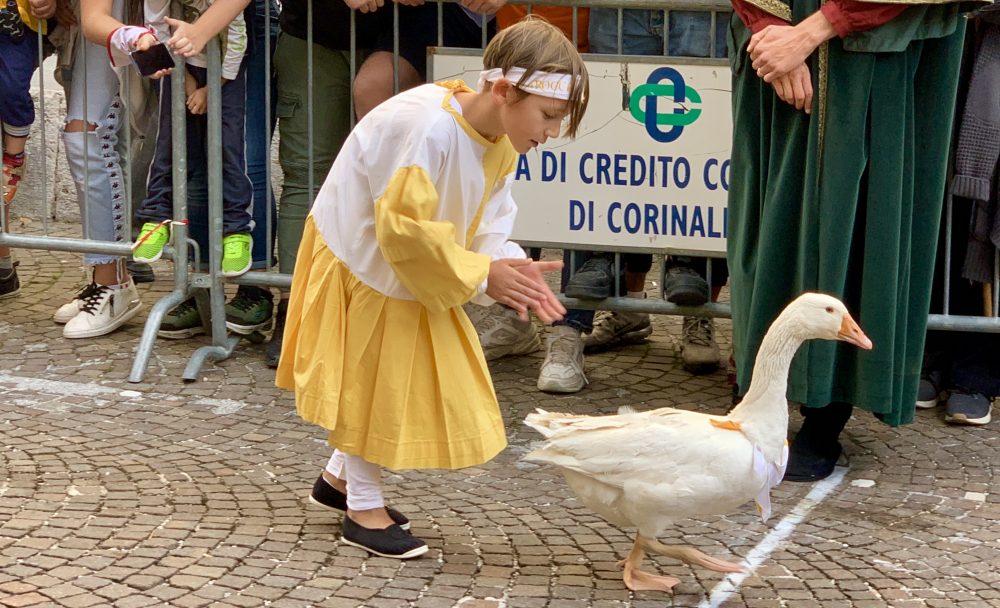
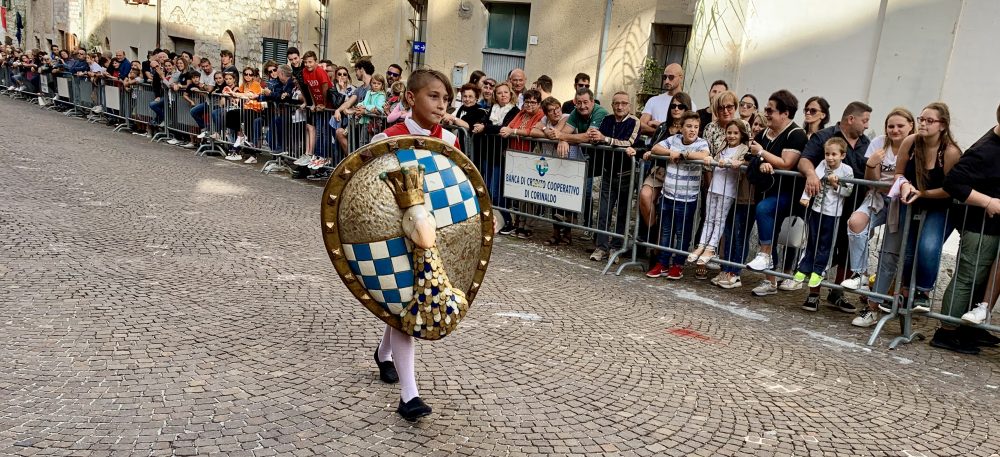
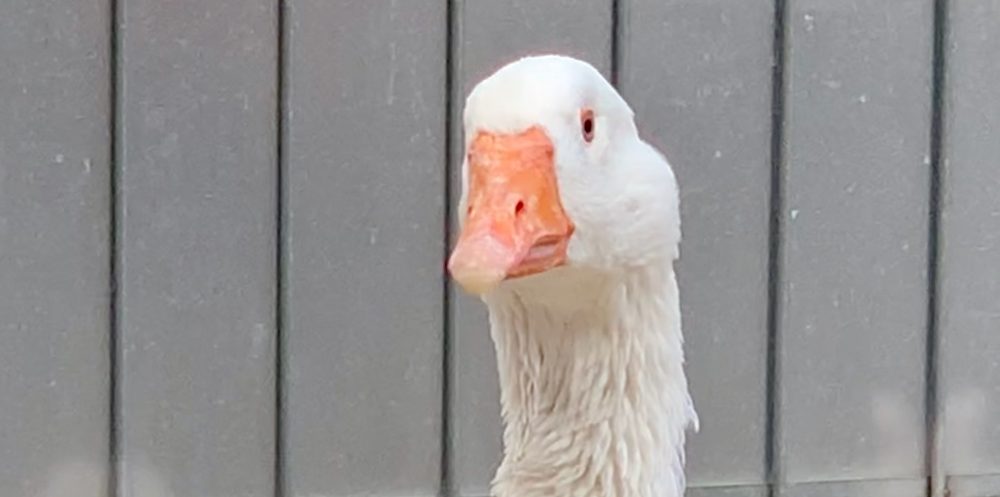
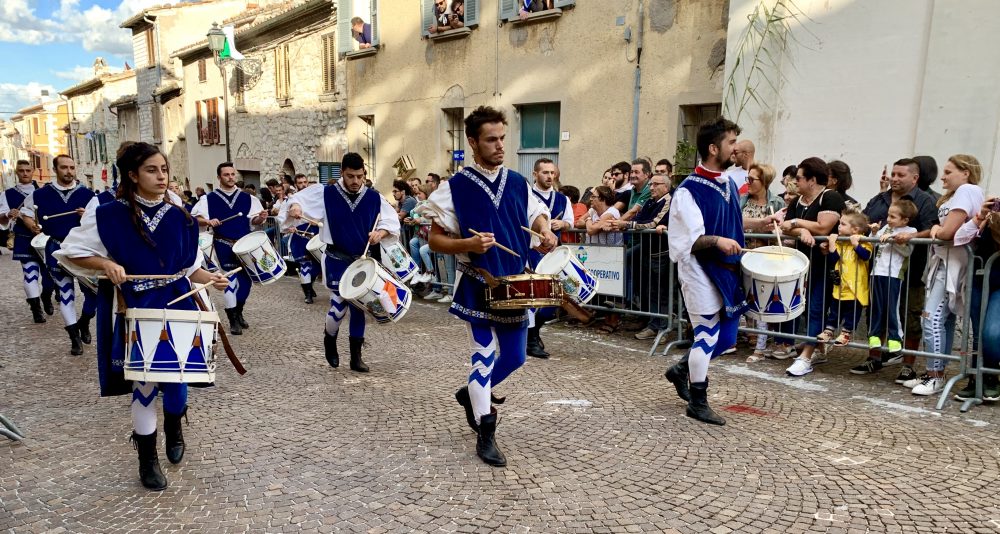
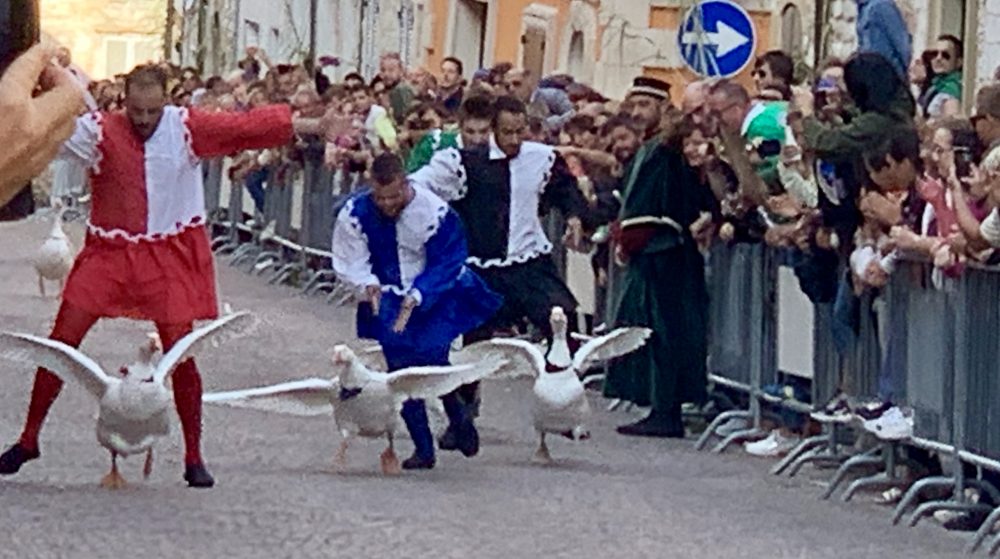
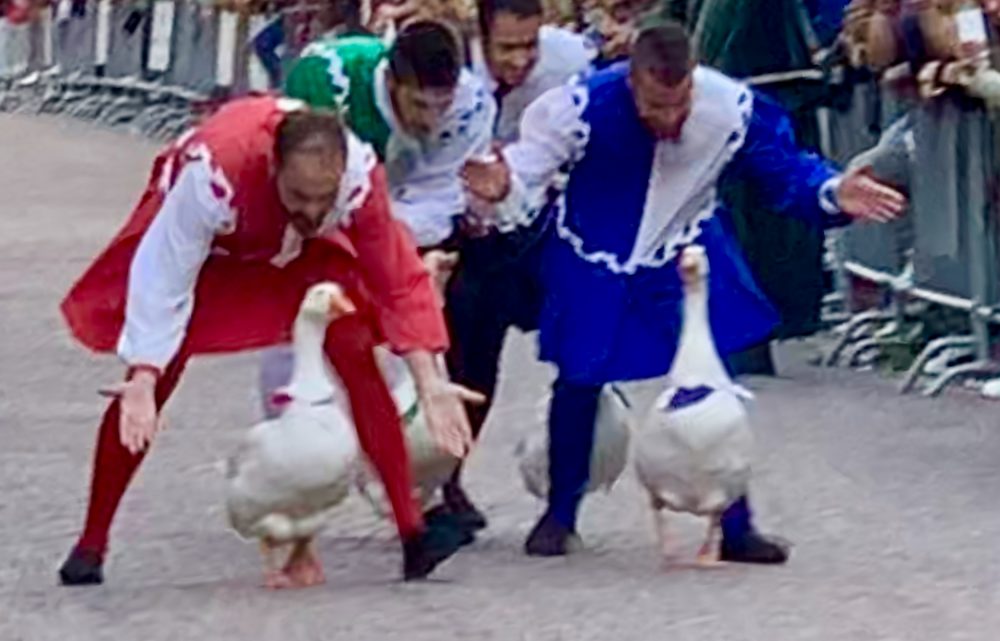
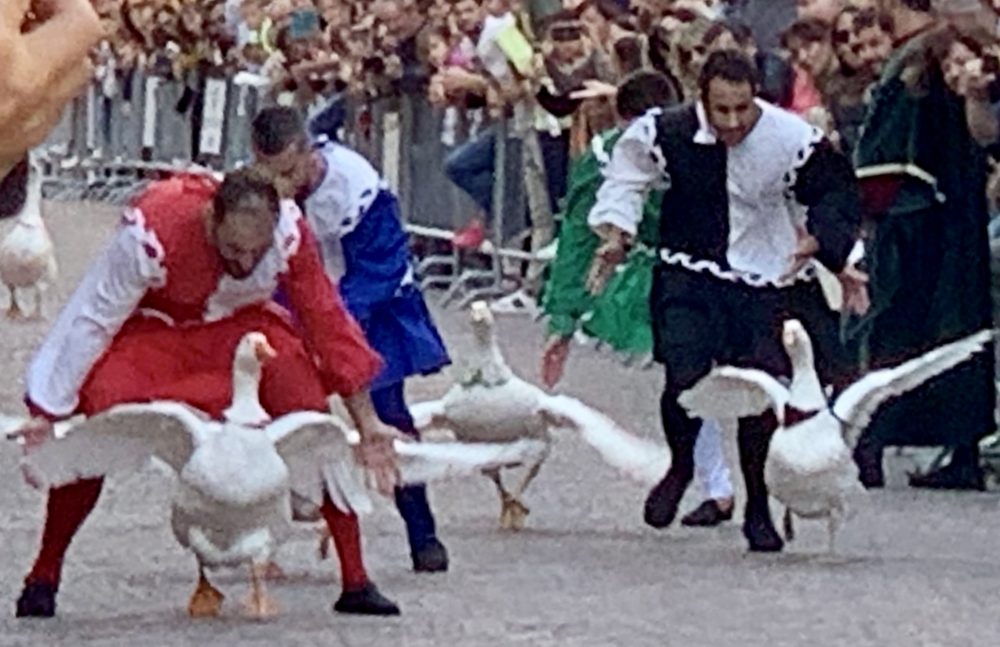
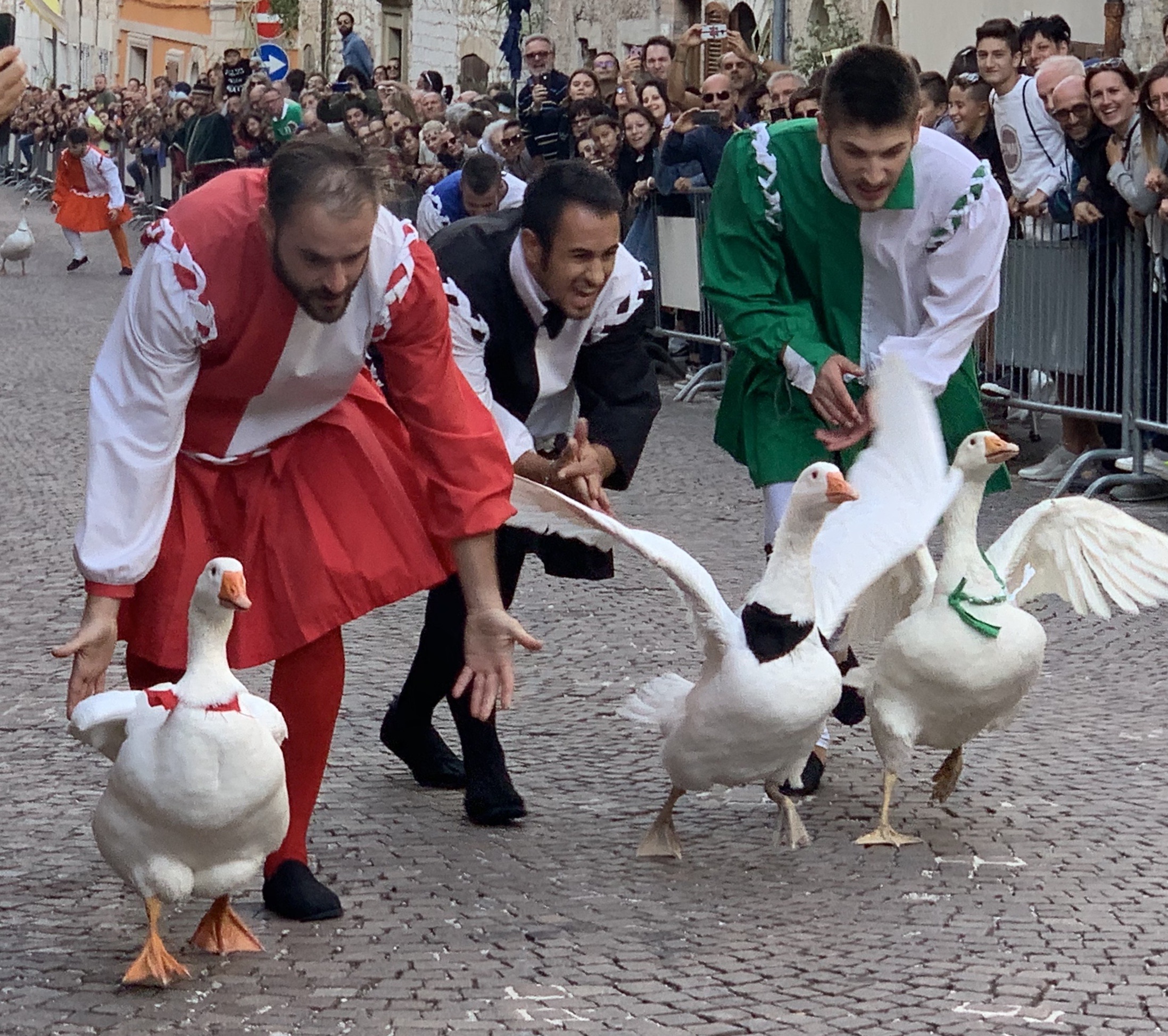
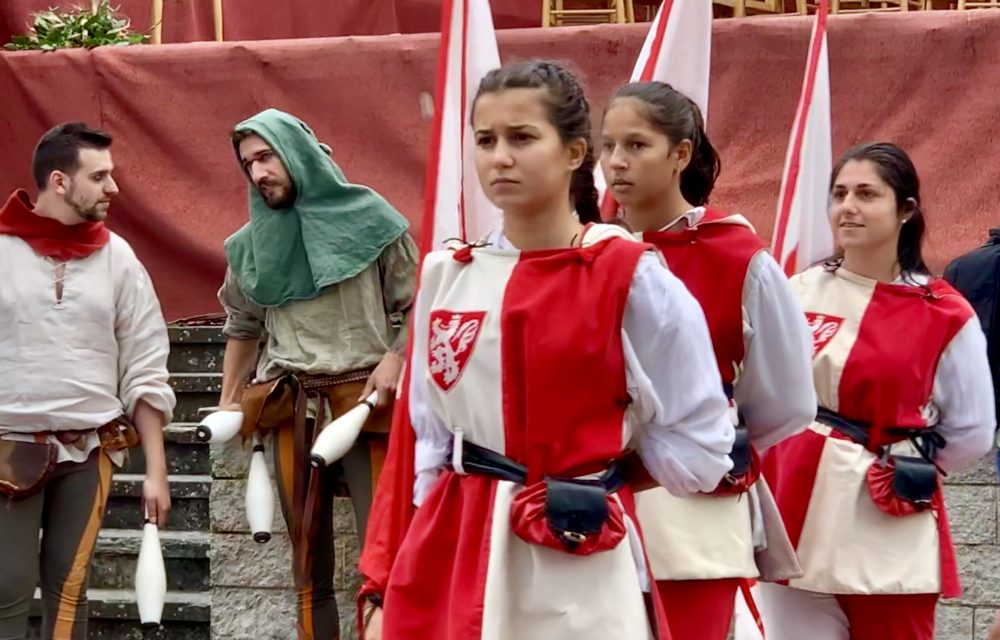
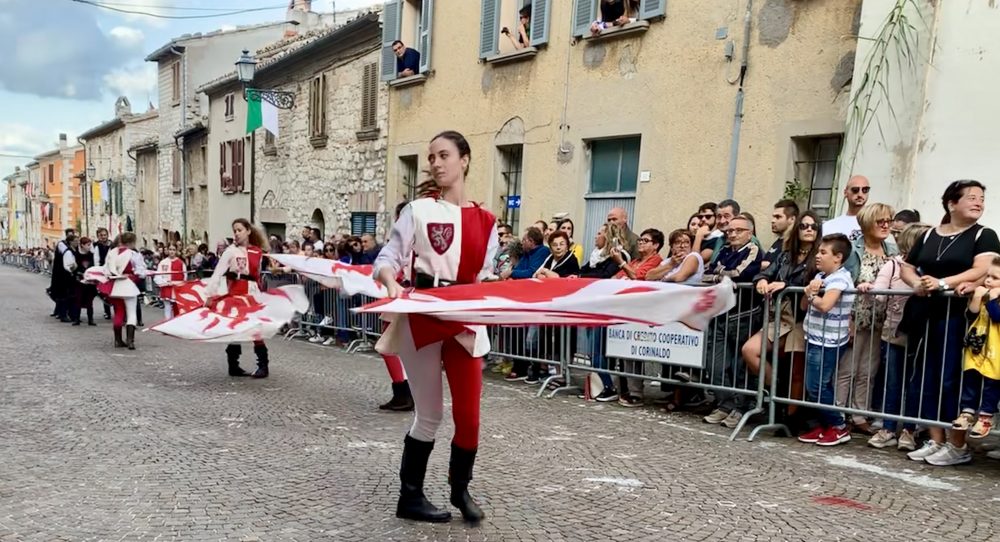
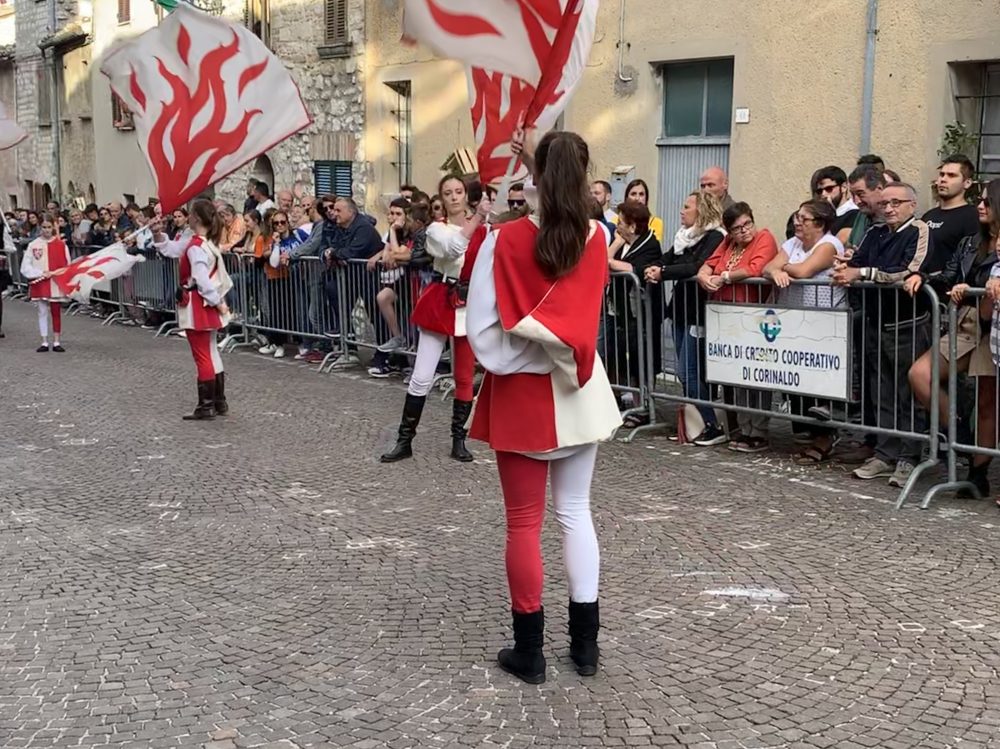
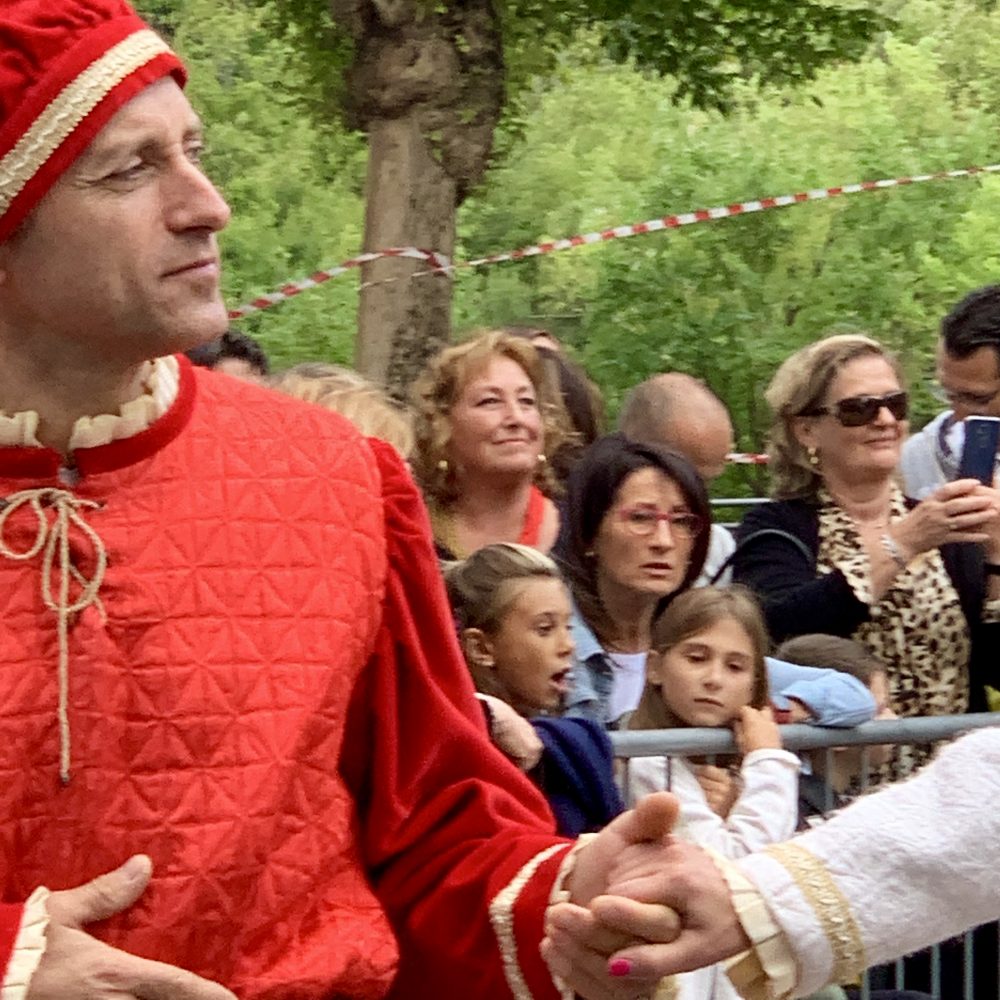
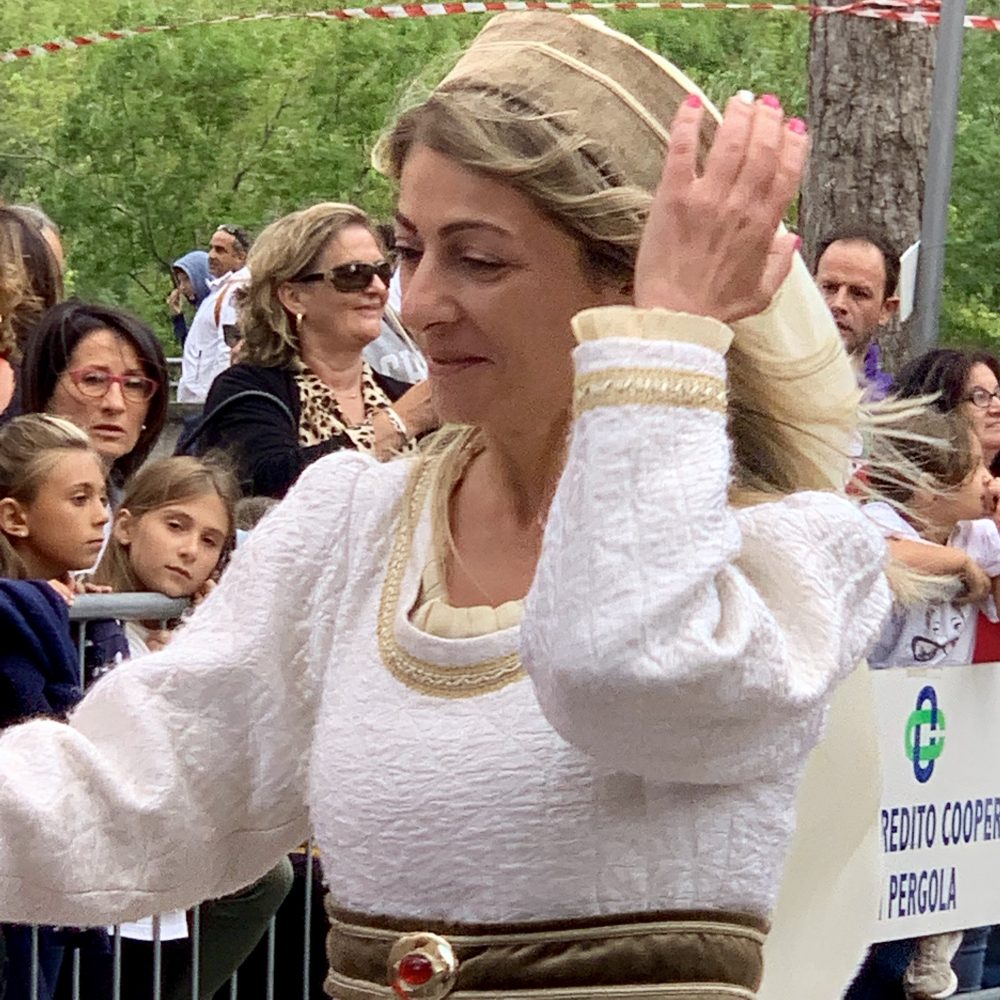
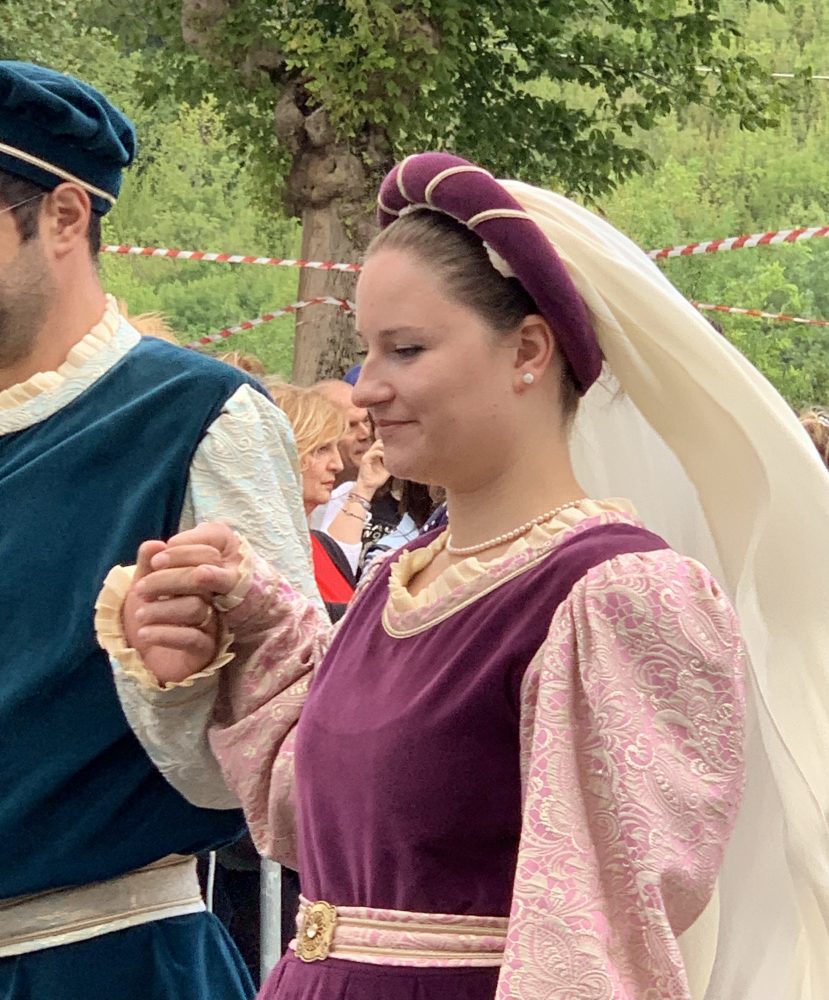
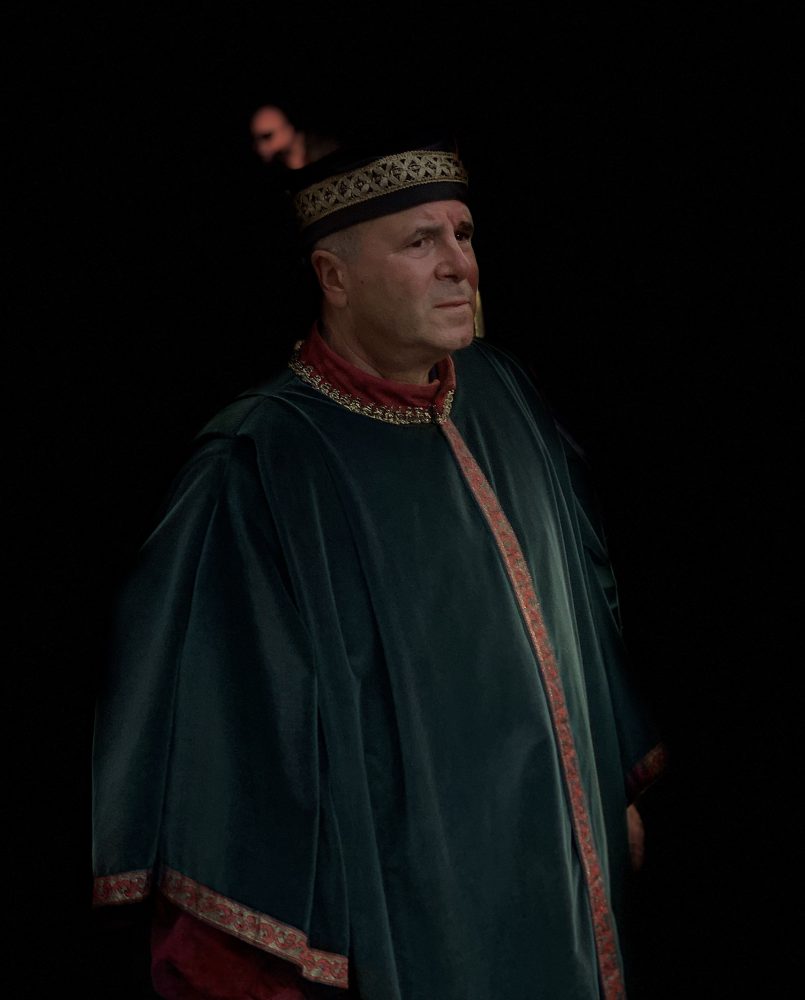
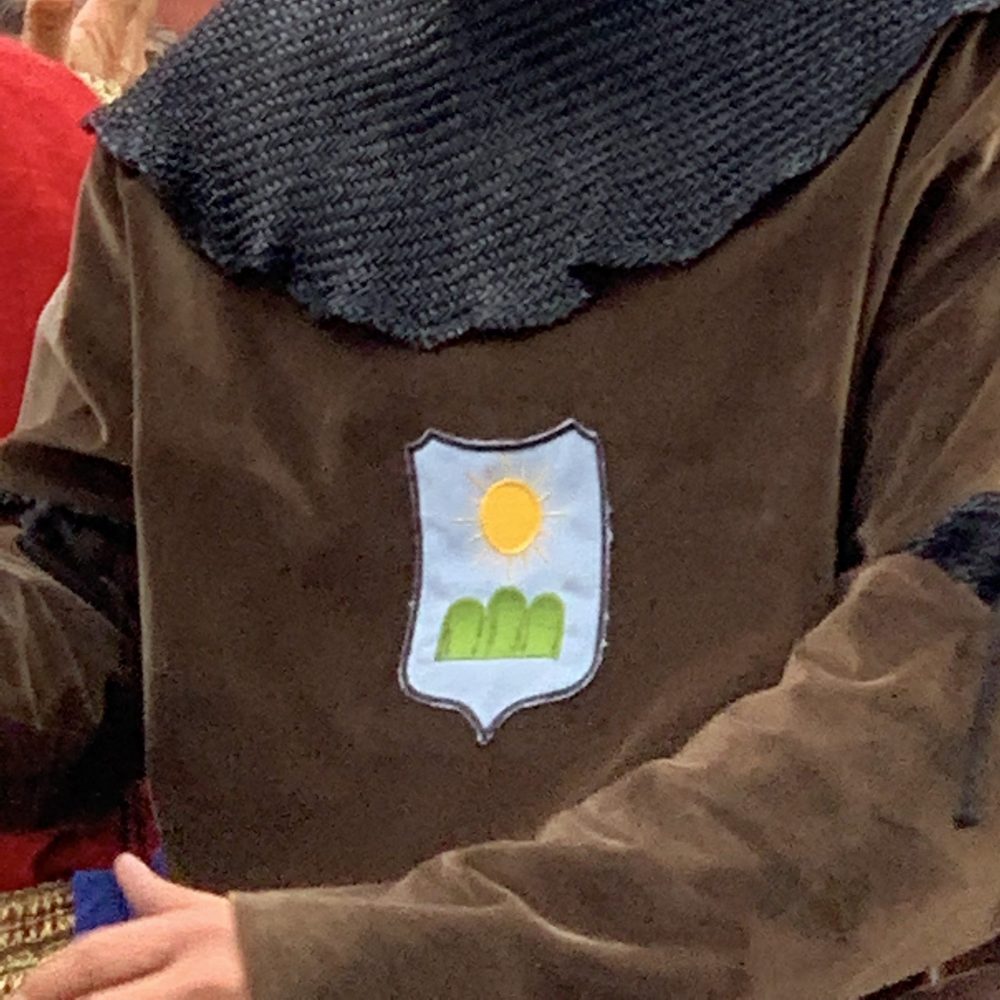
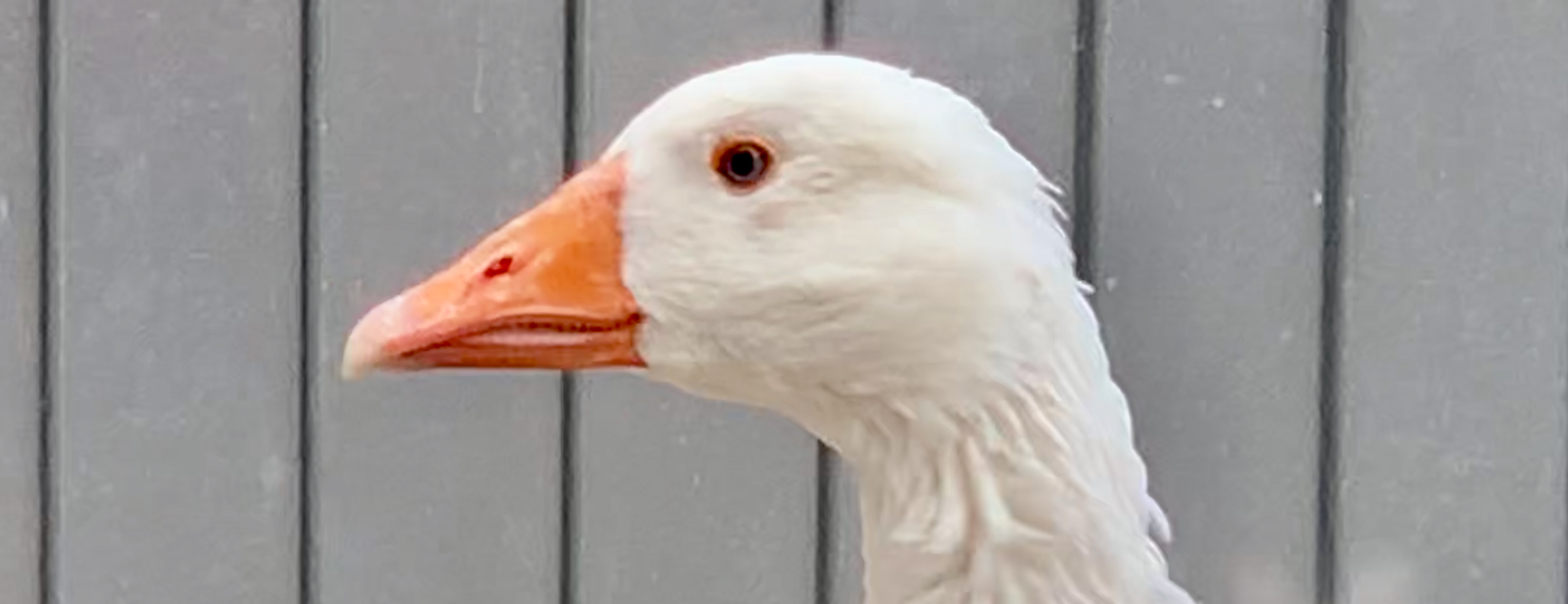
I guess if you don’t have 800 pound pumpkins, geese will have to do!
And you can possibly eat both after the race is over.
Wonderful – and another excuse to get together and eat. We’d all look better in clothes of the rinascimento. It’s crazy to ‘recognize’ living people from the old portraits. Gente belle.